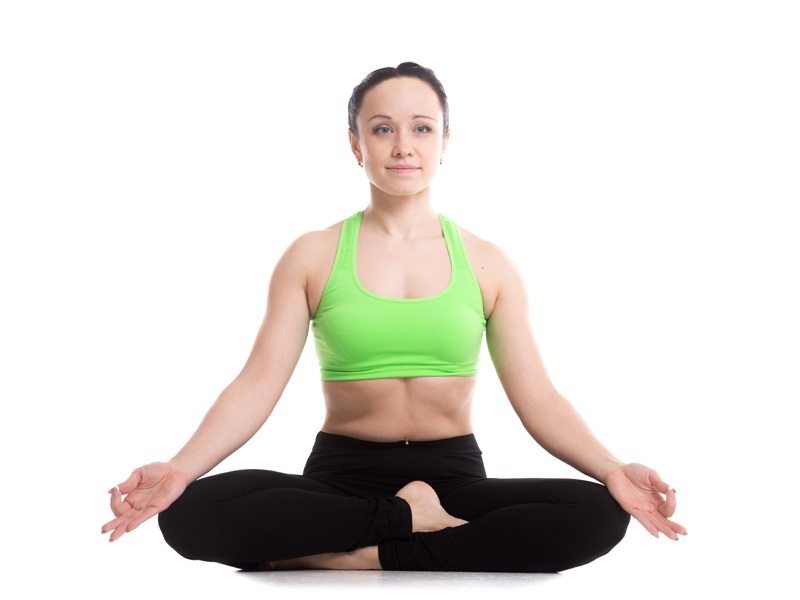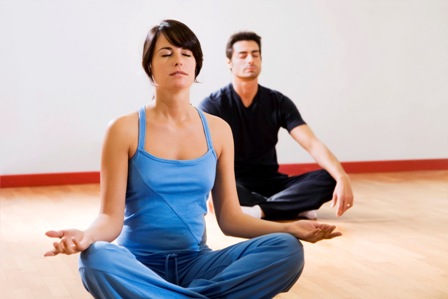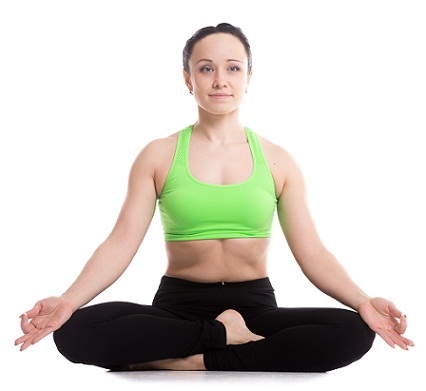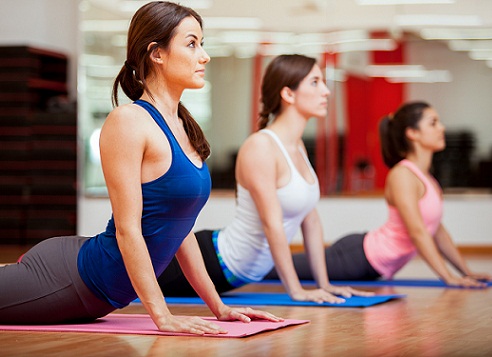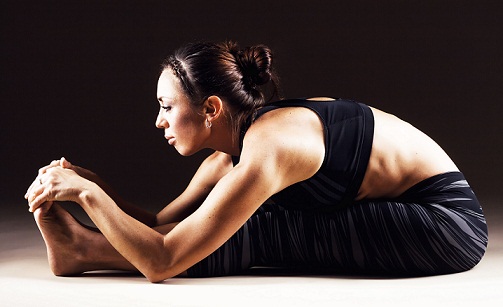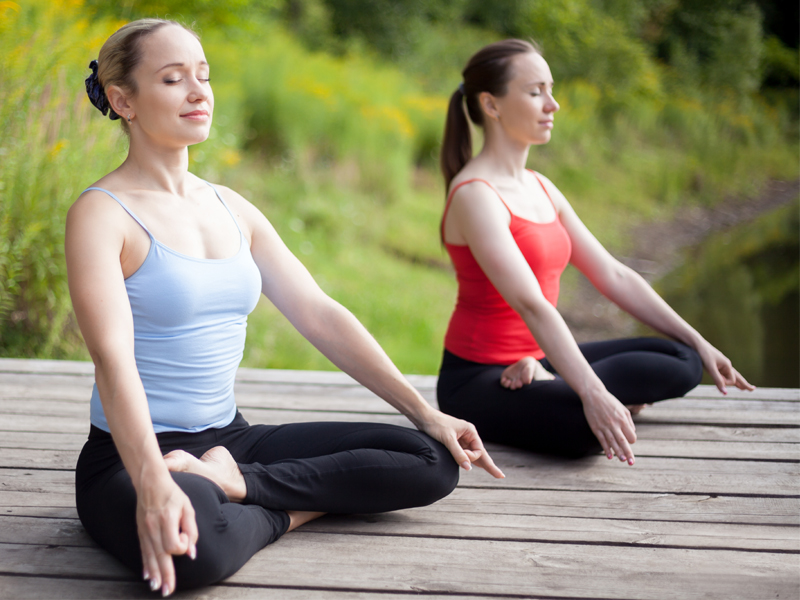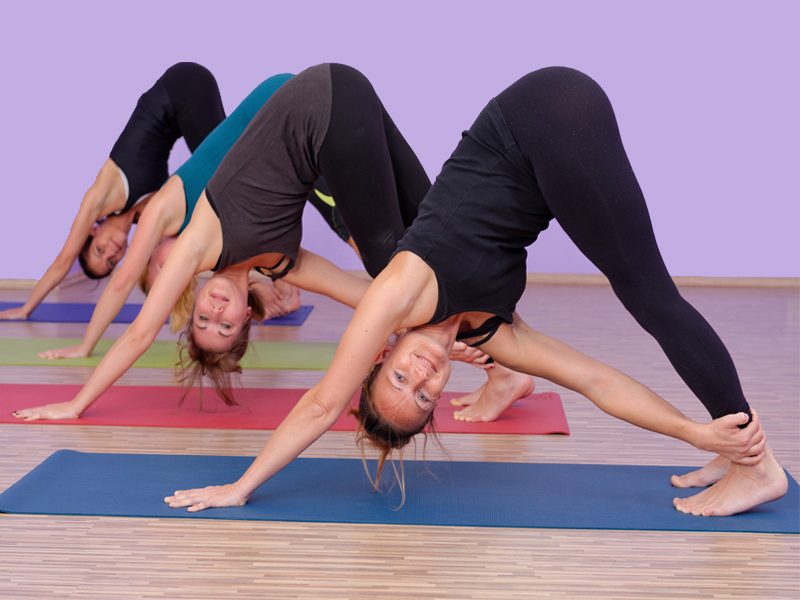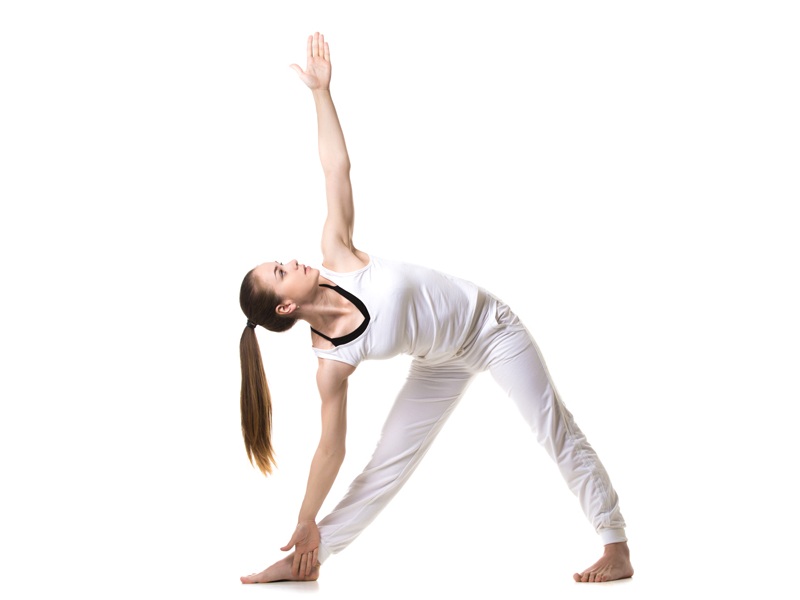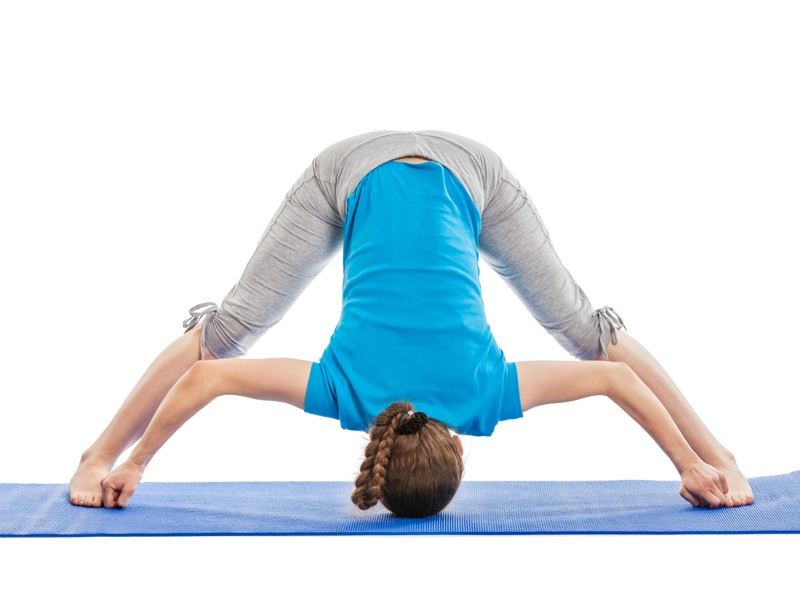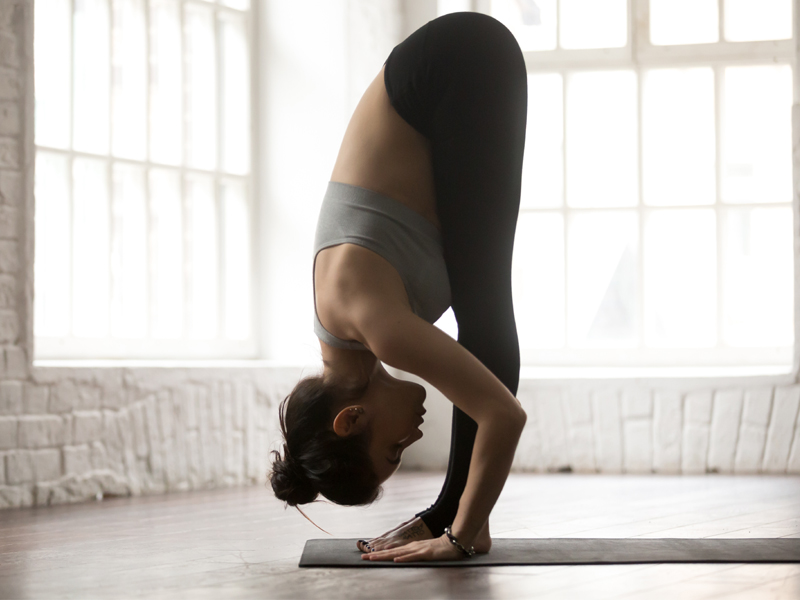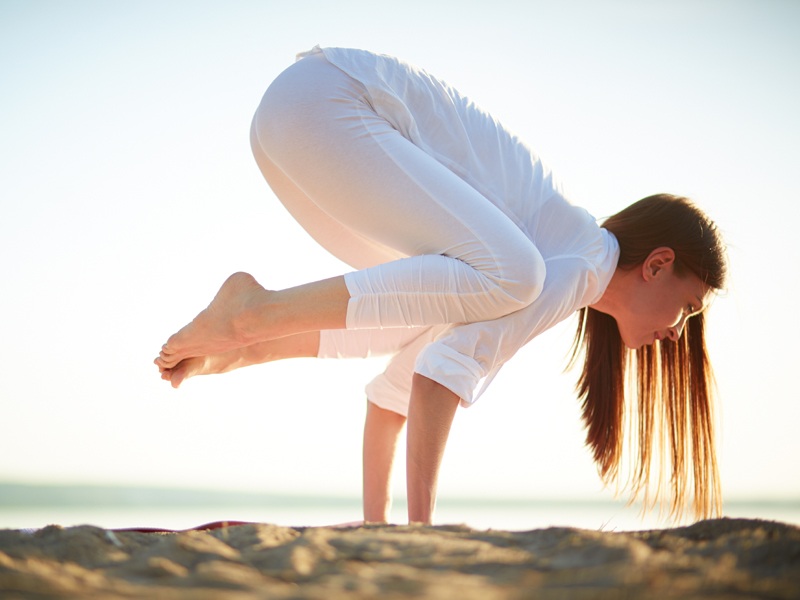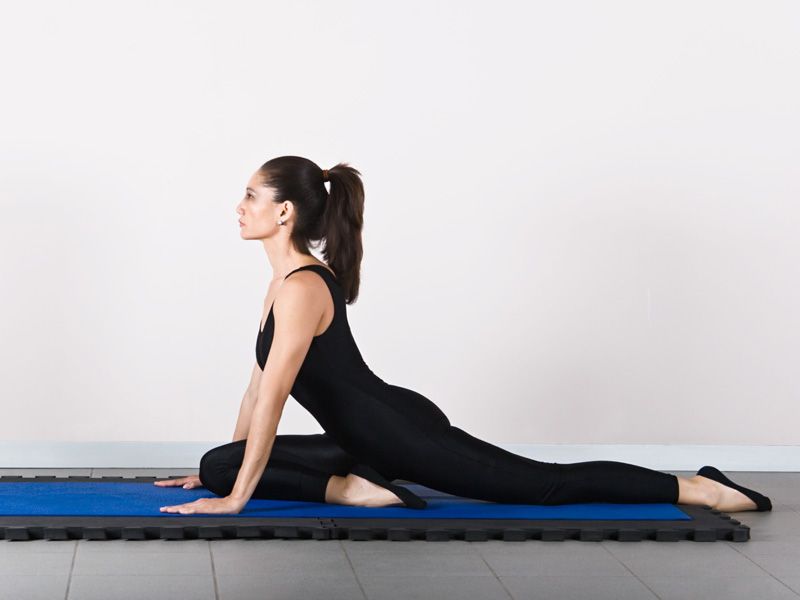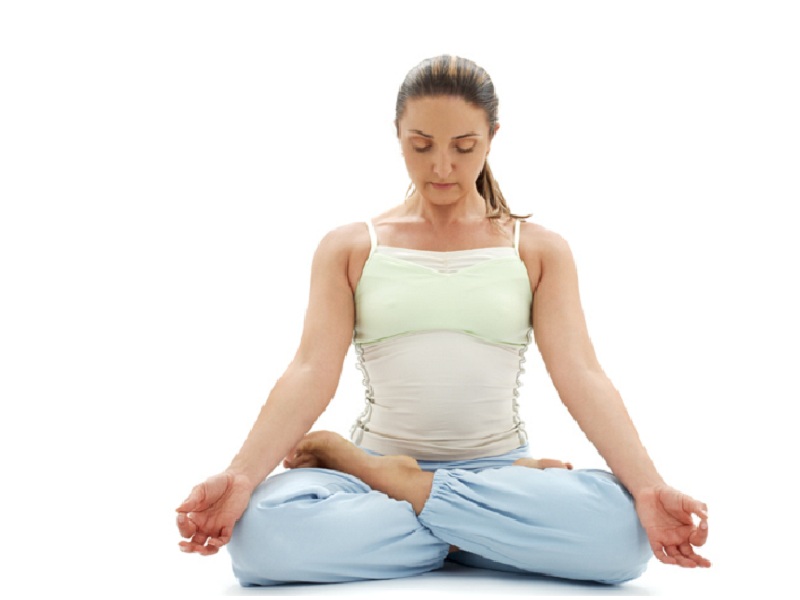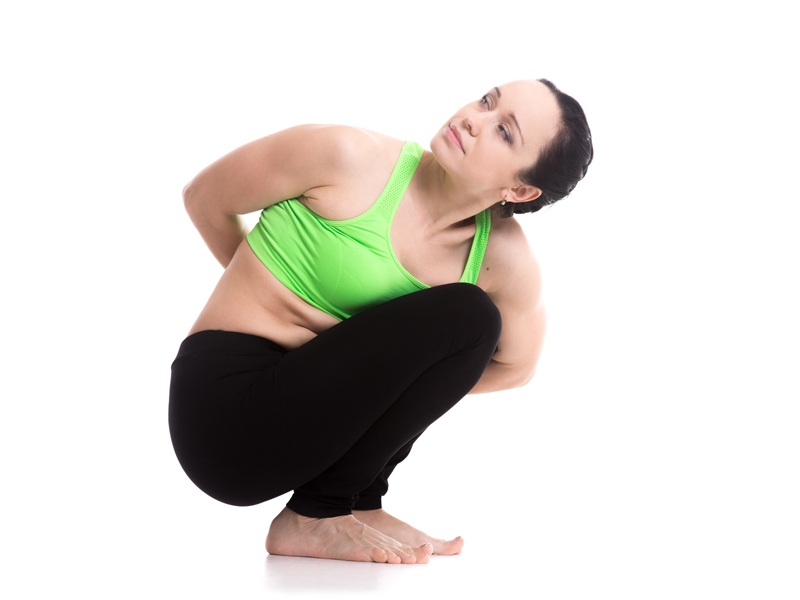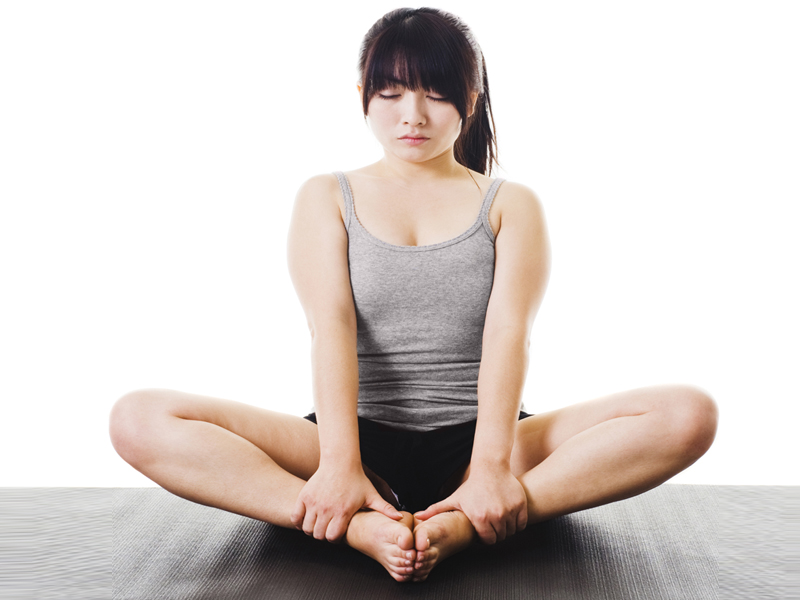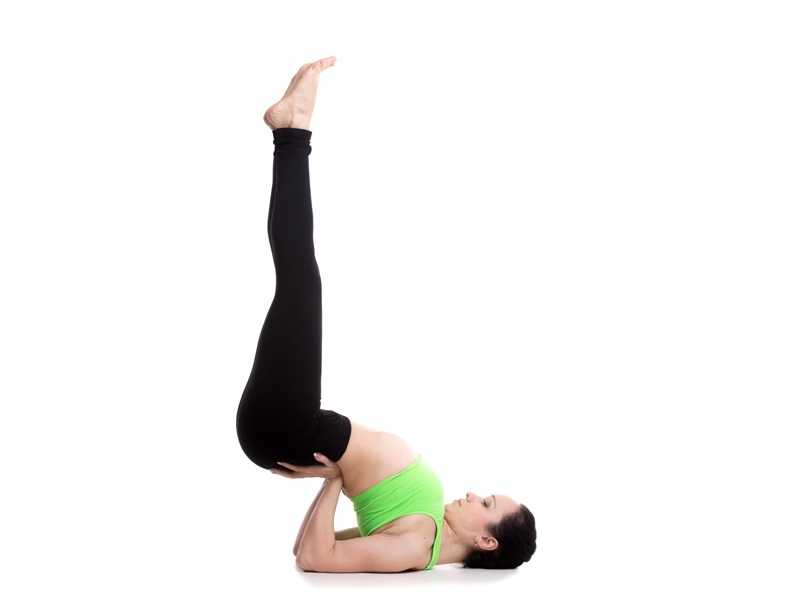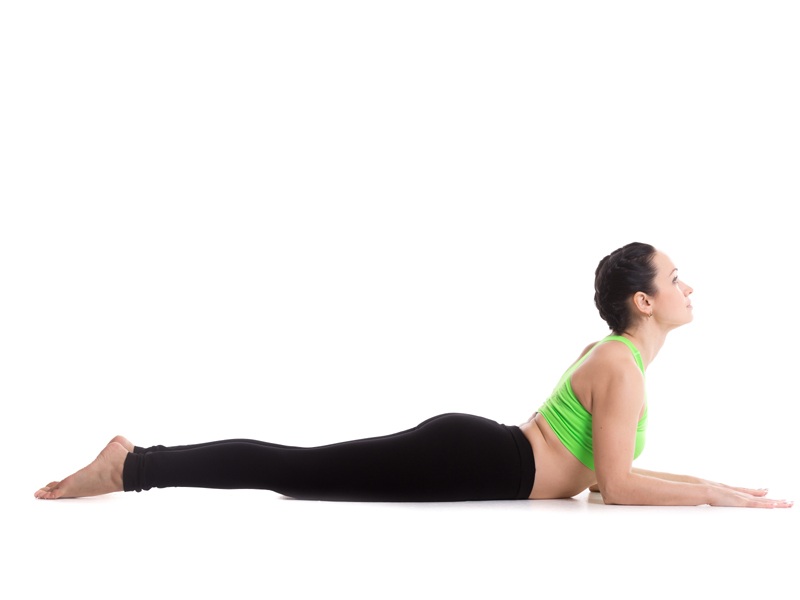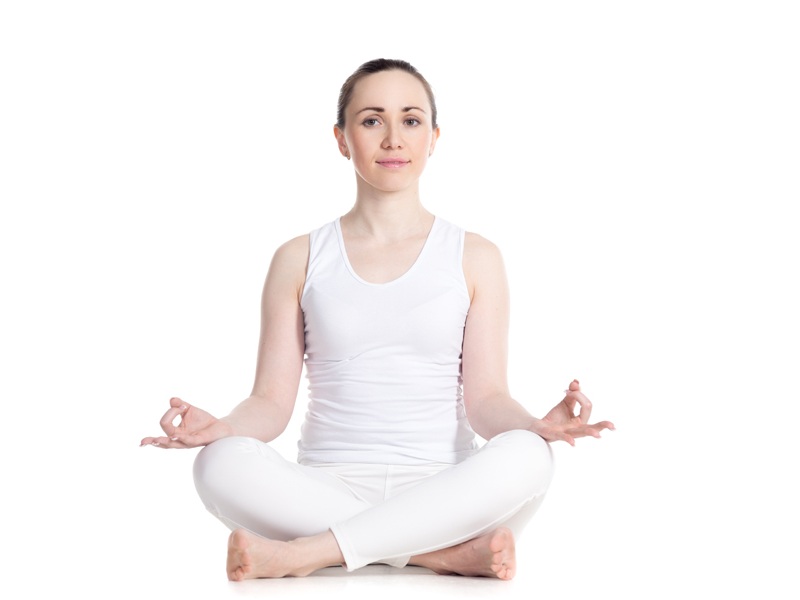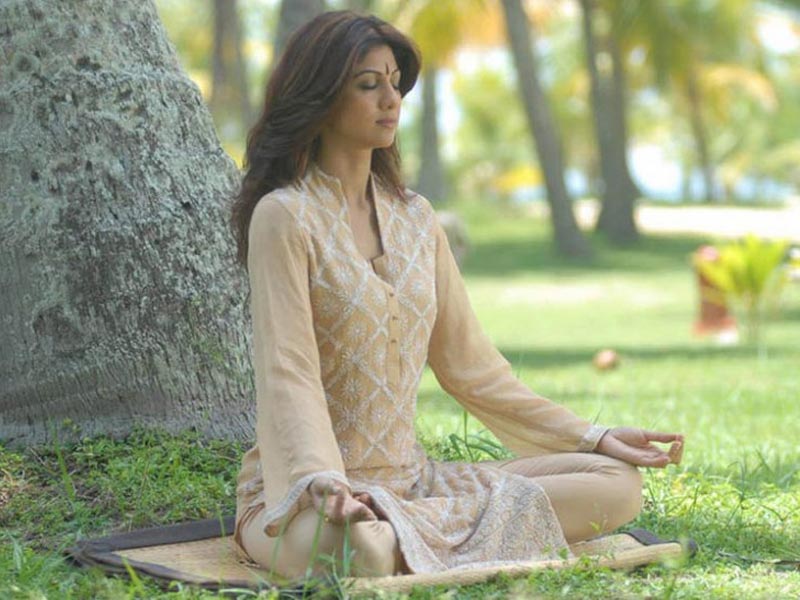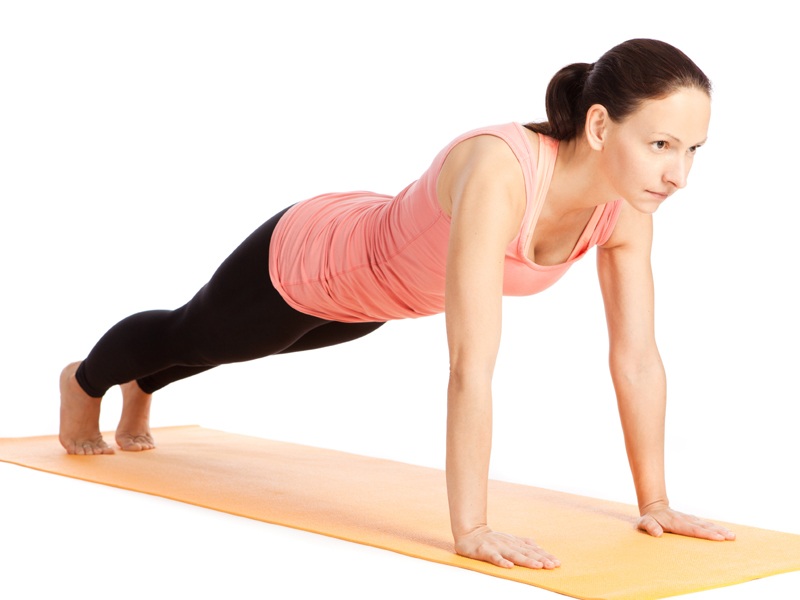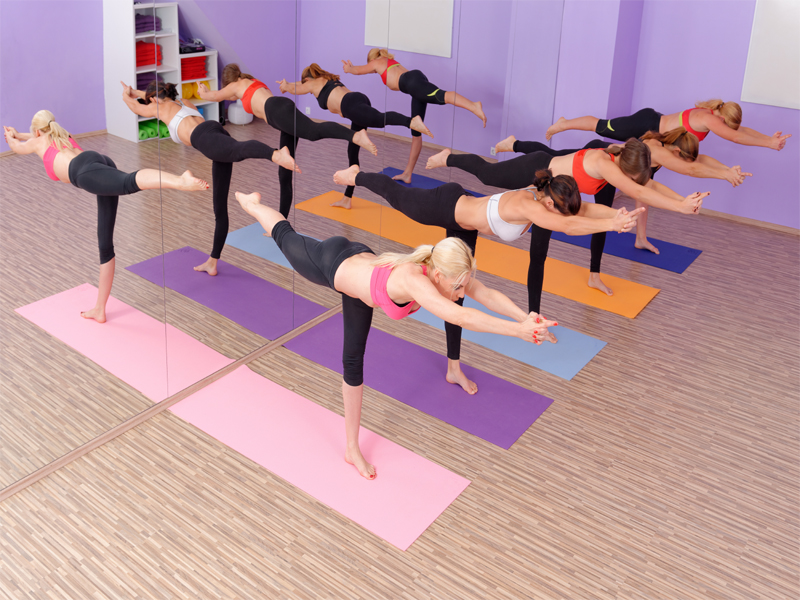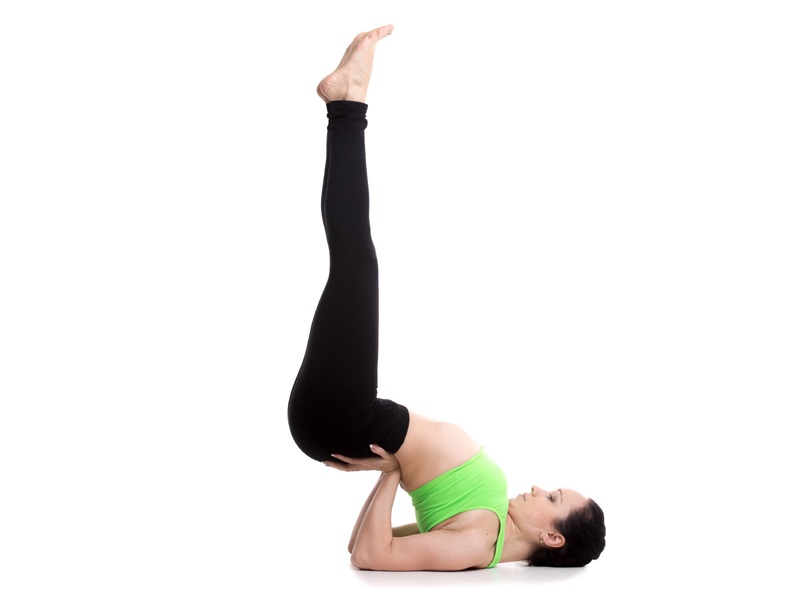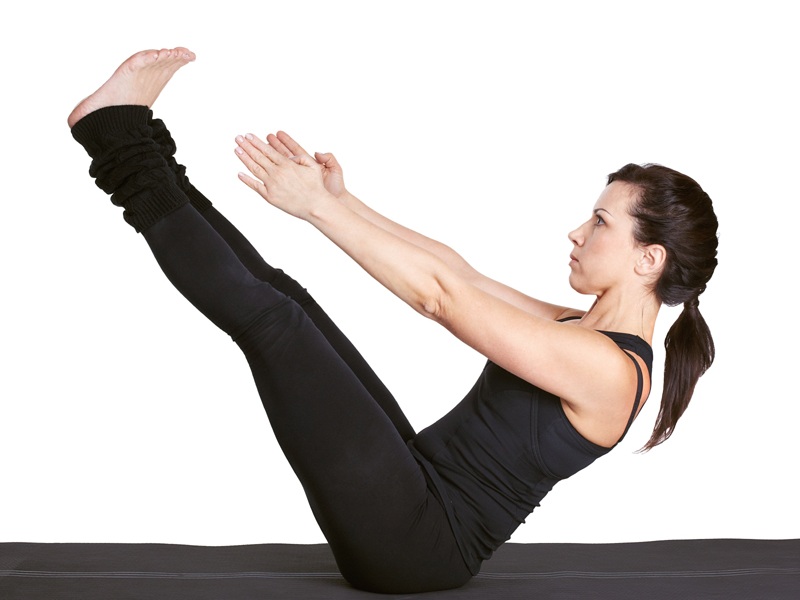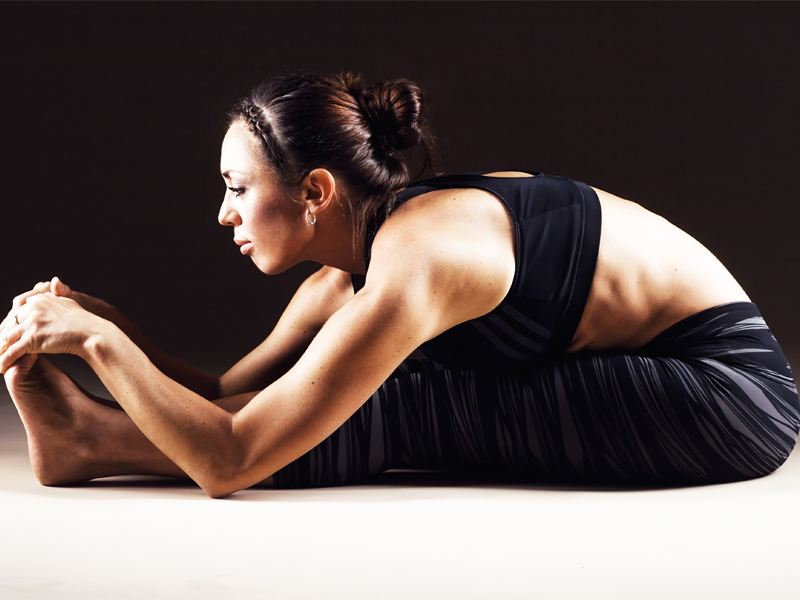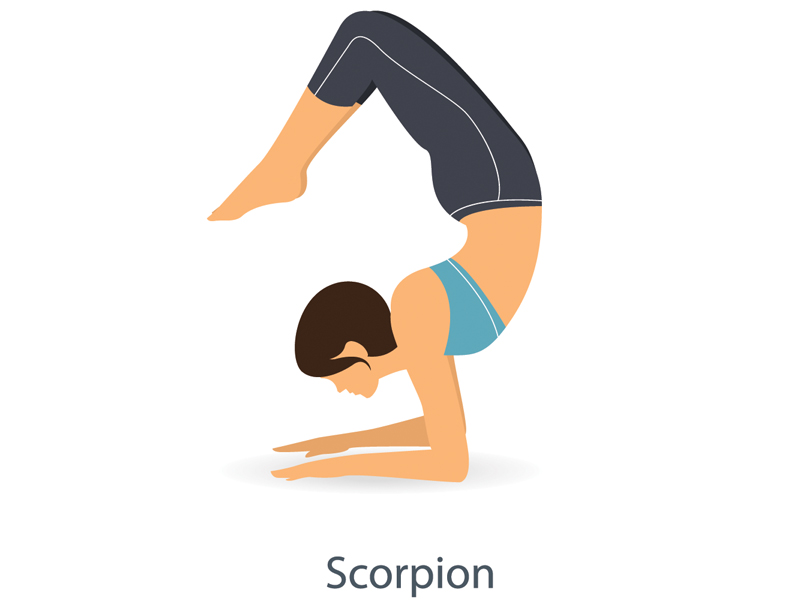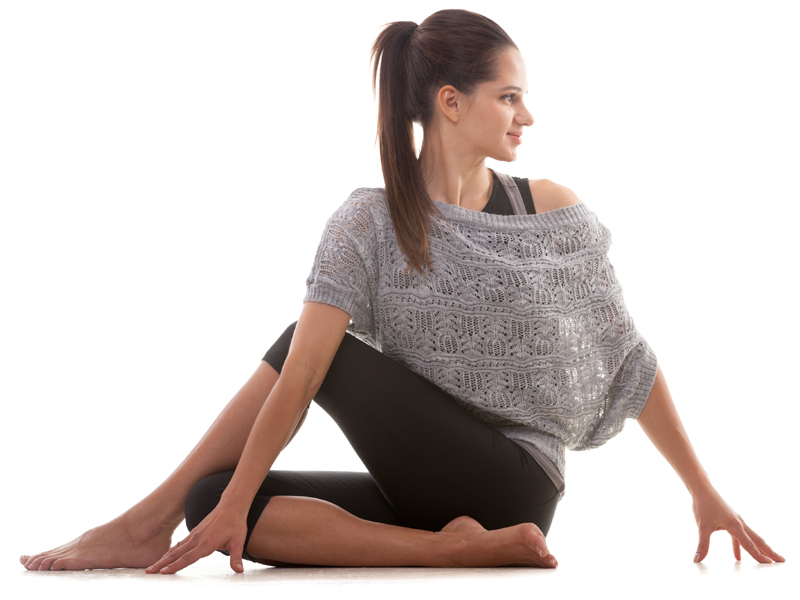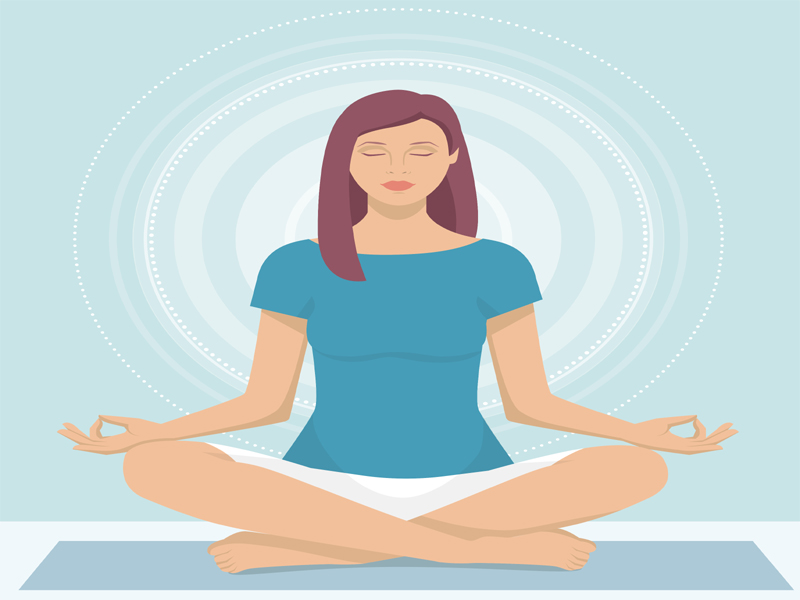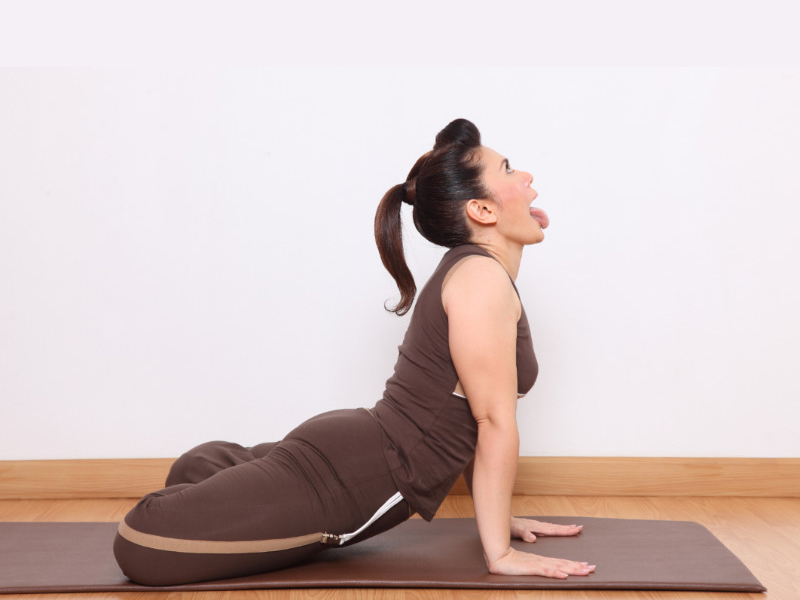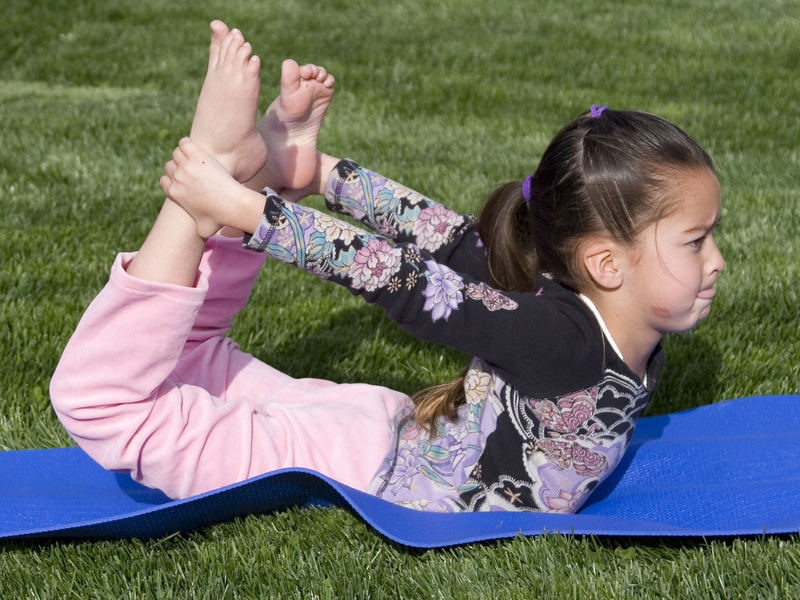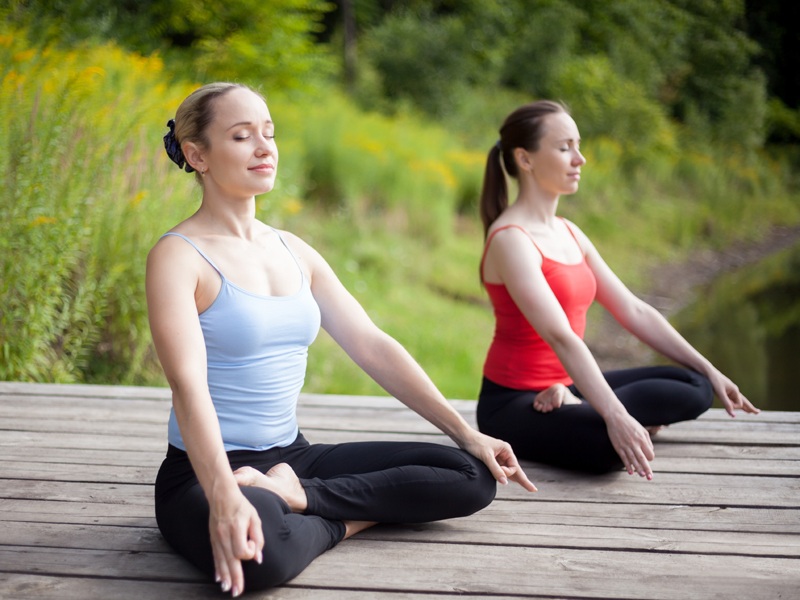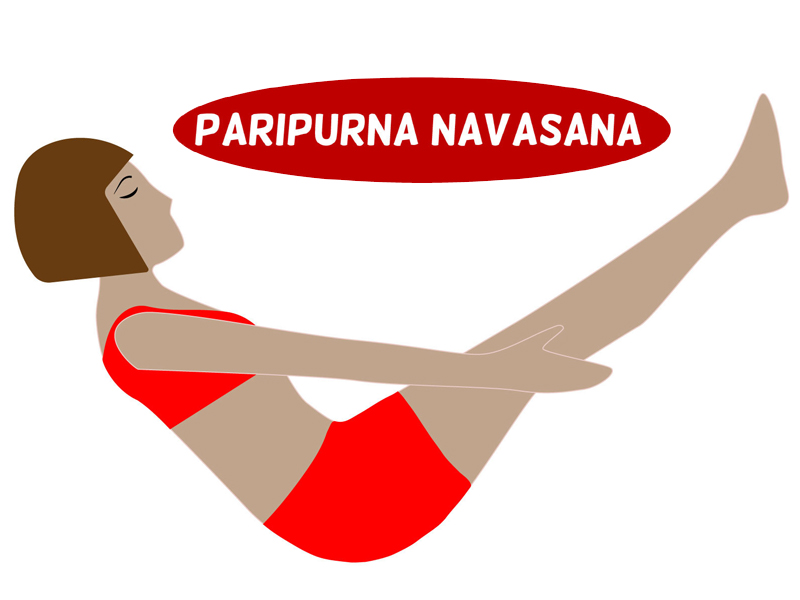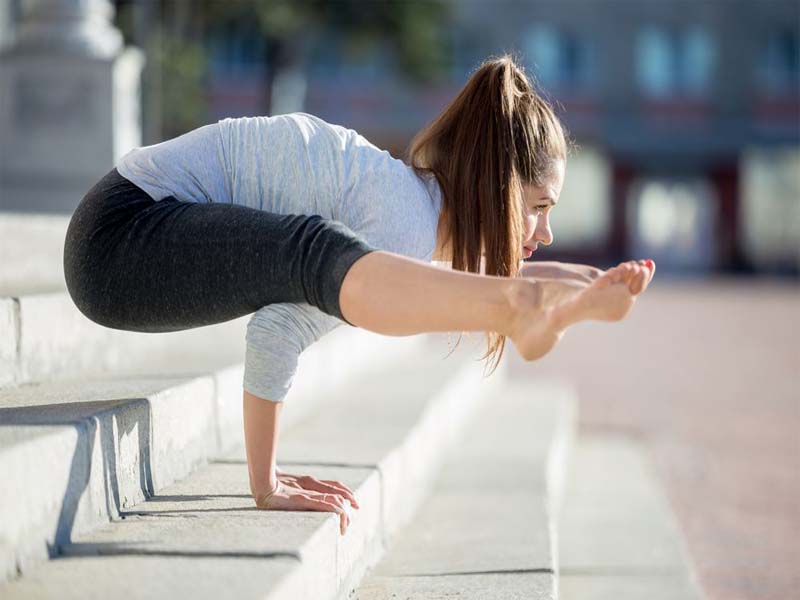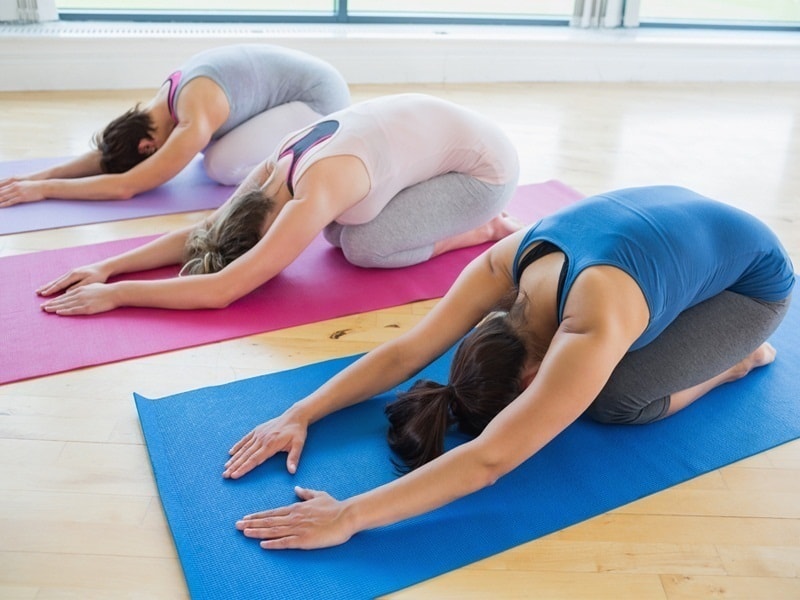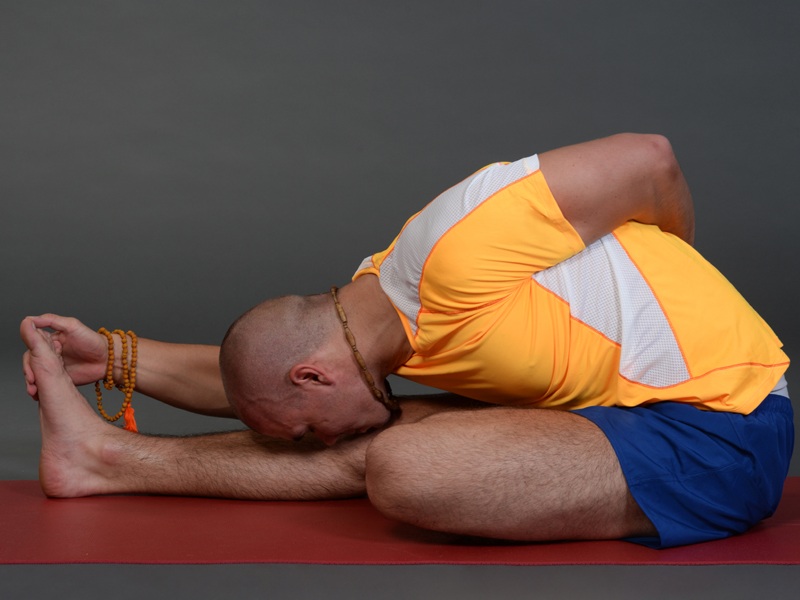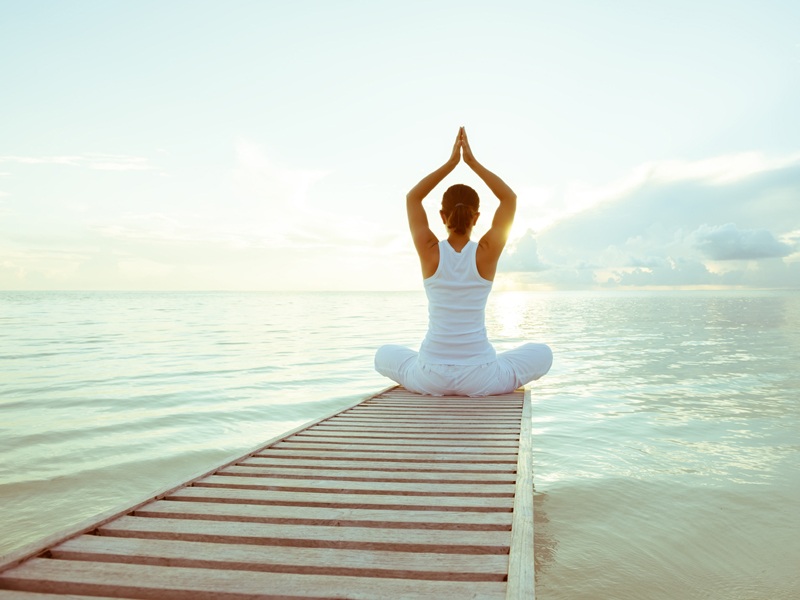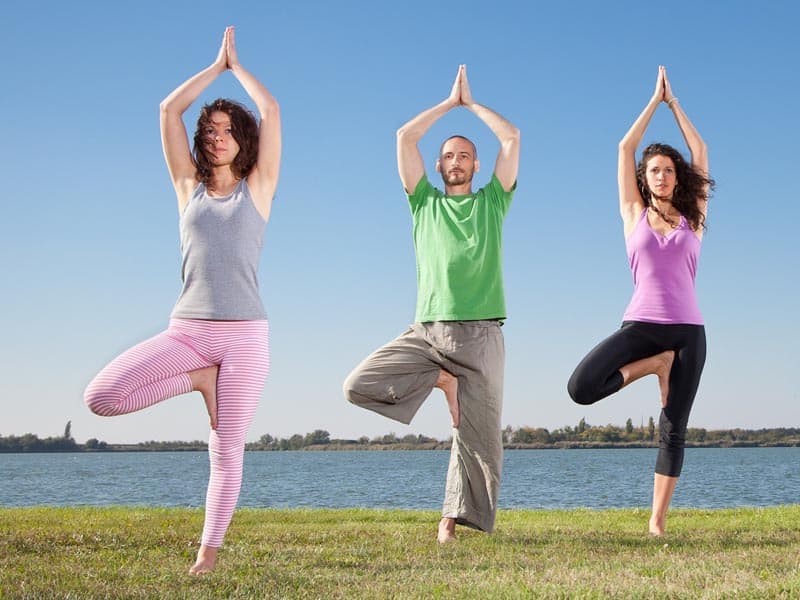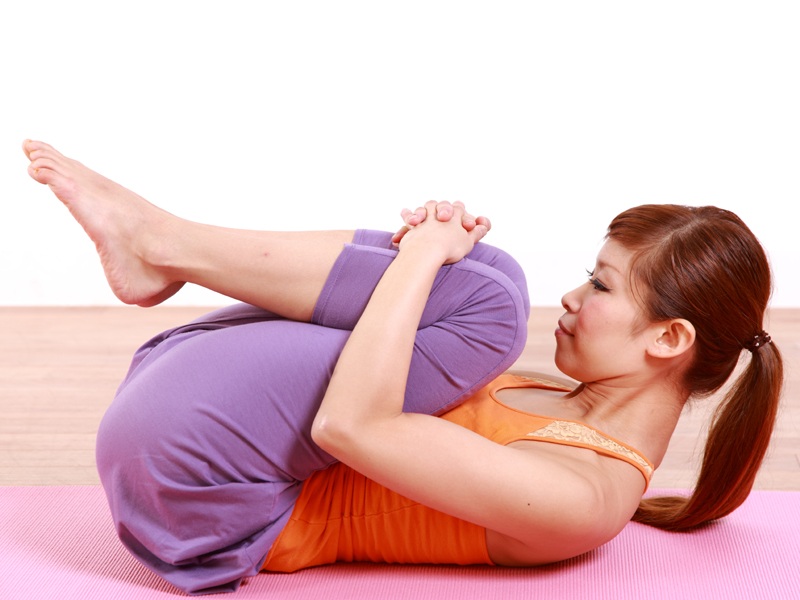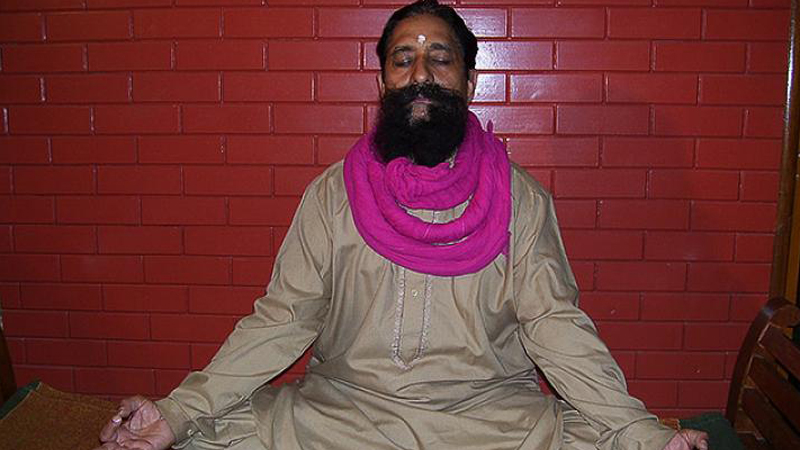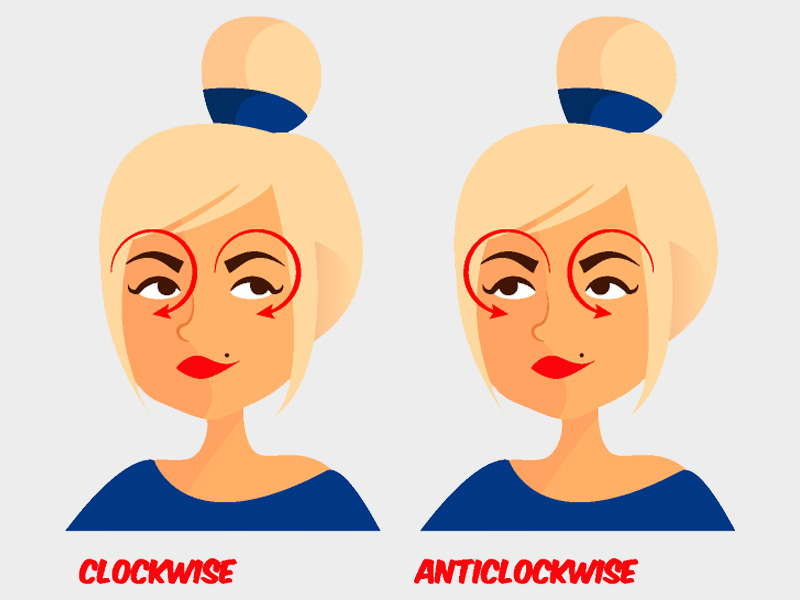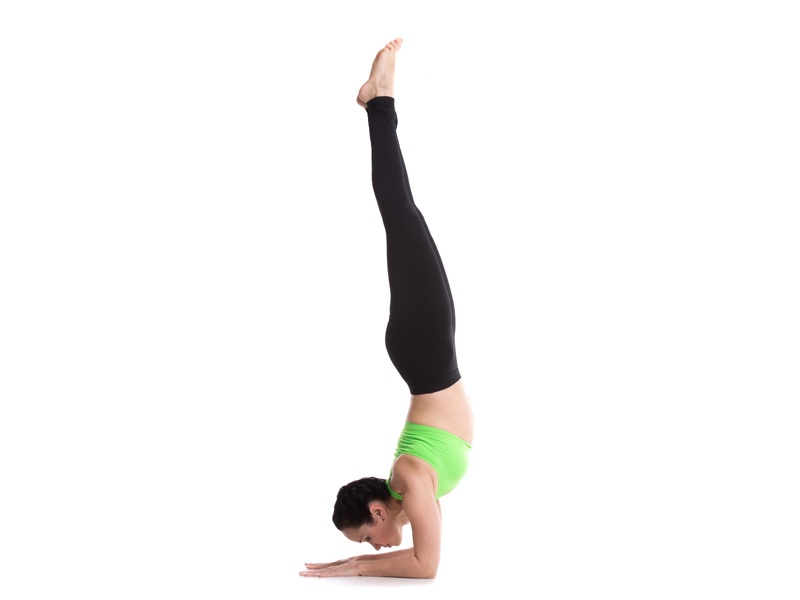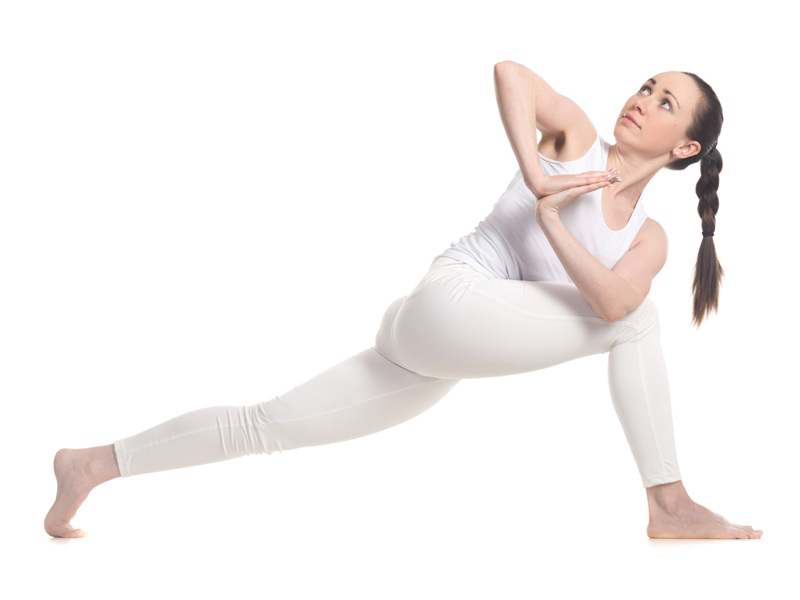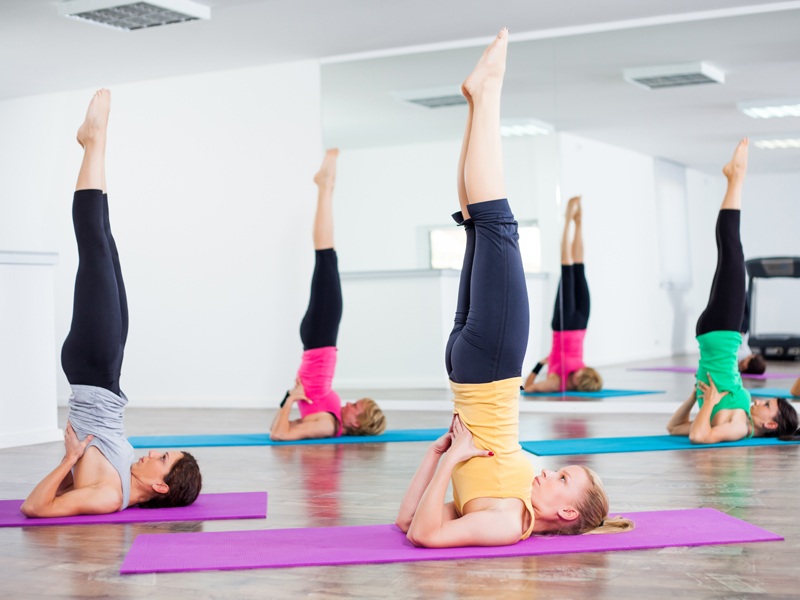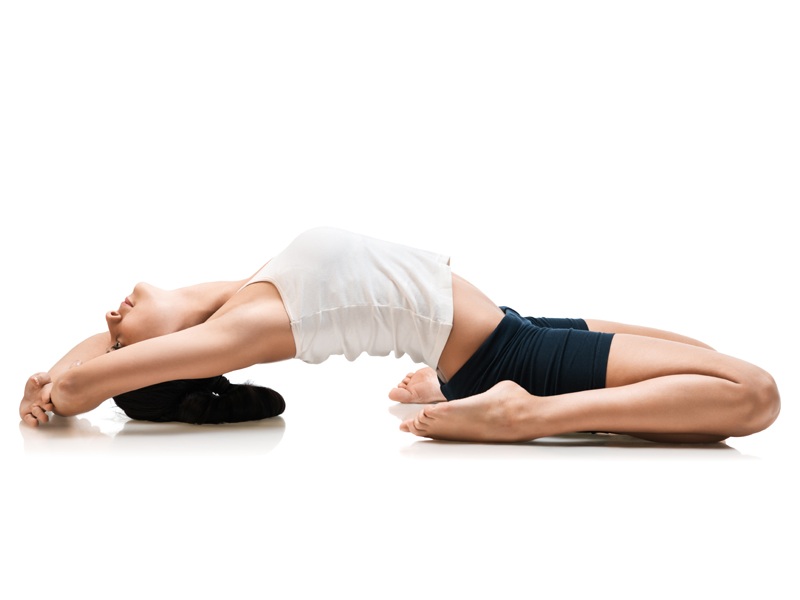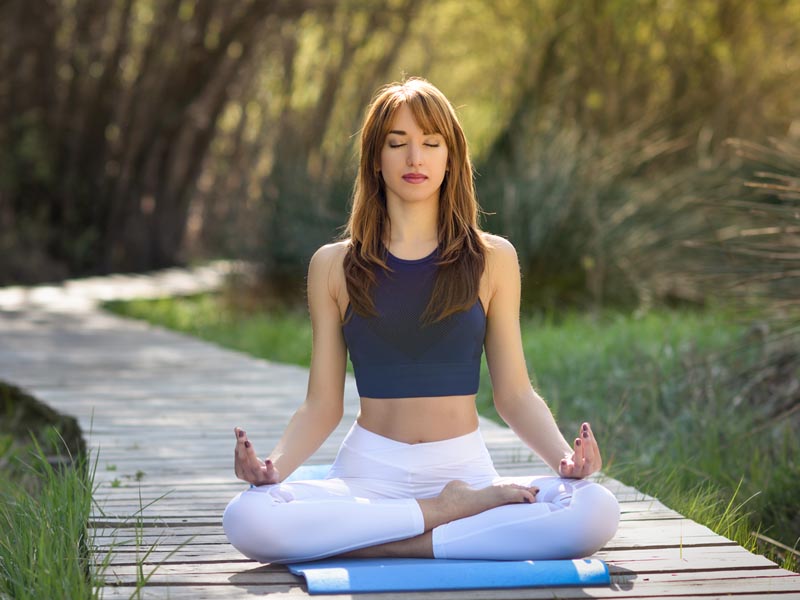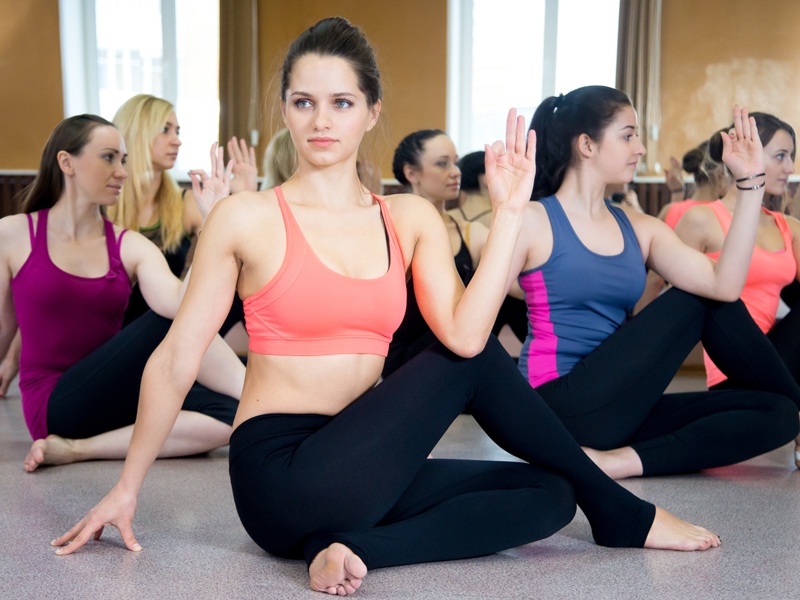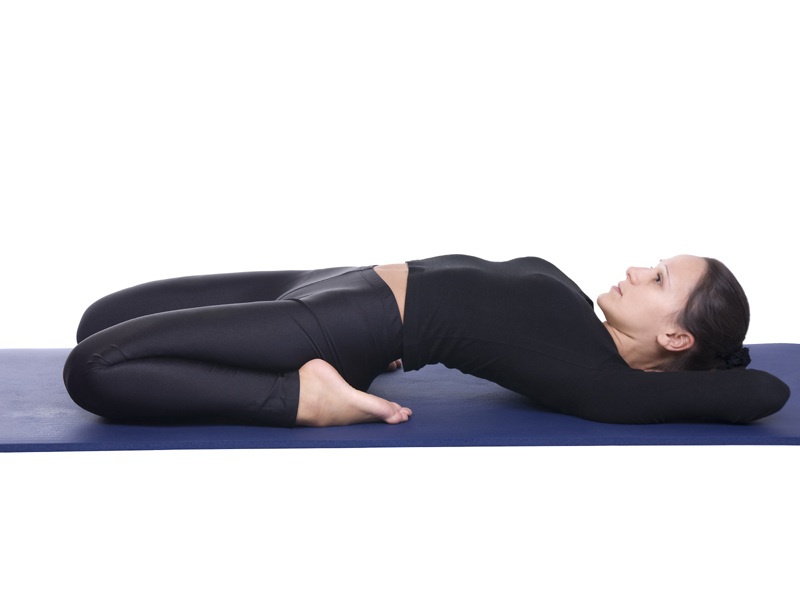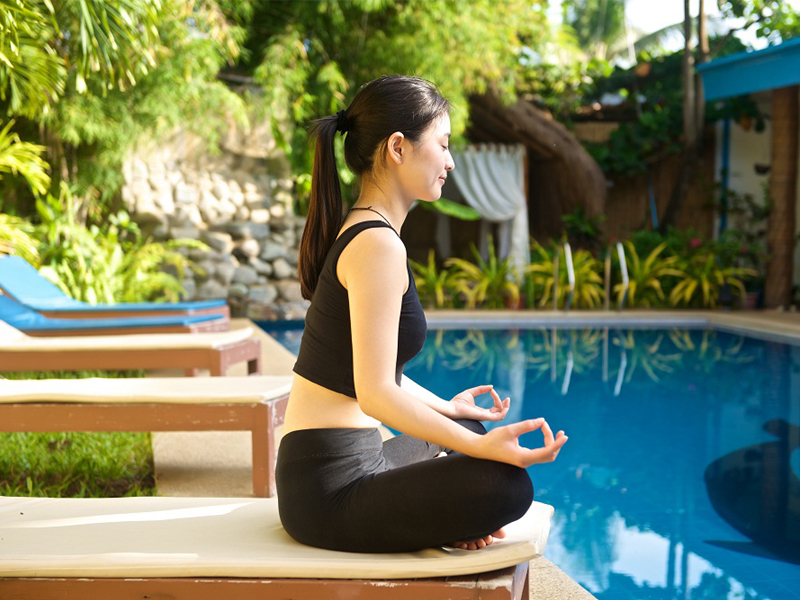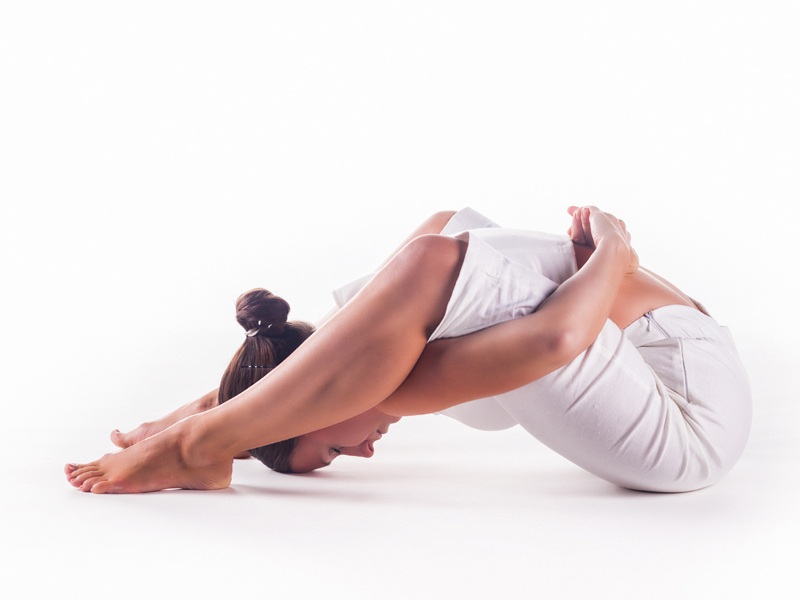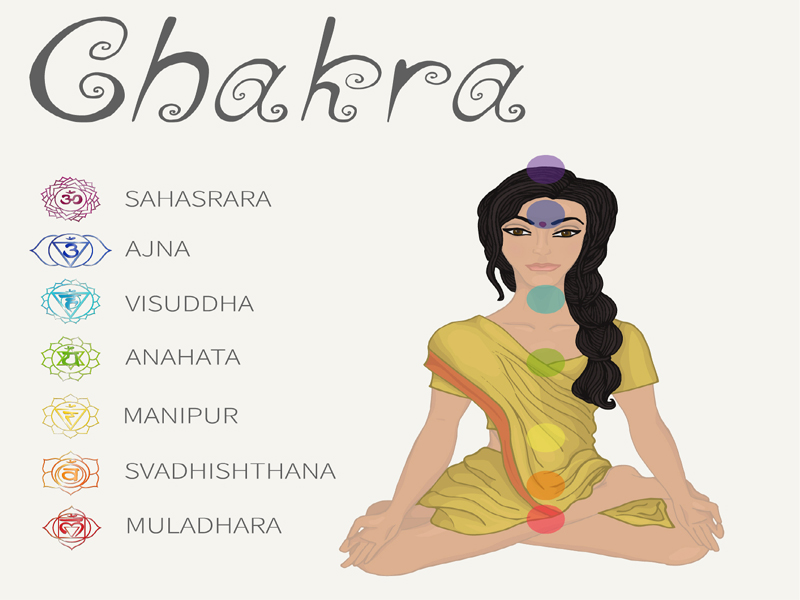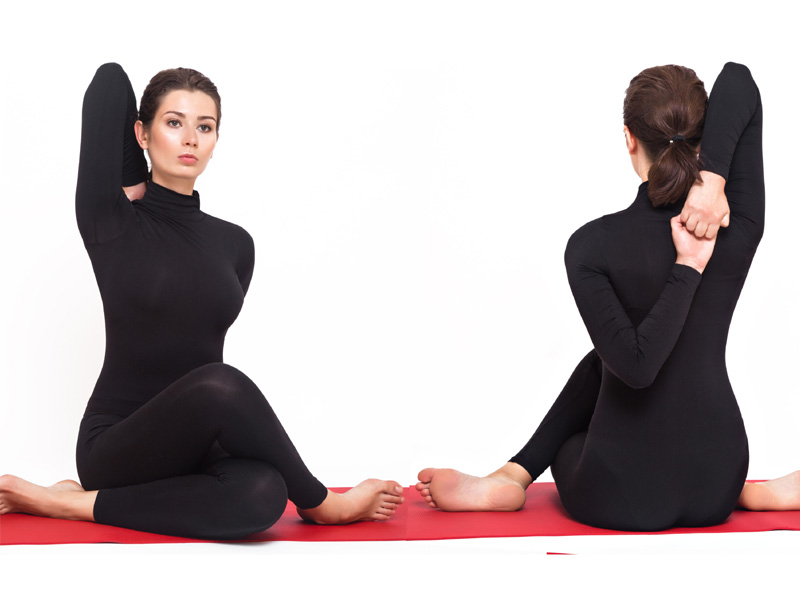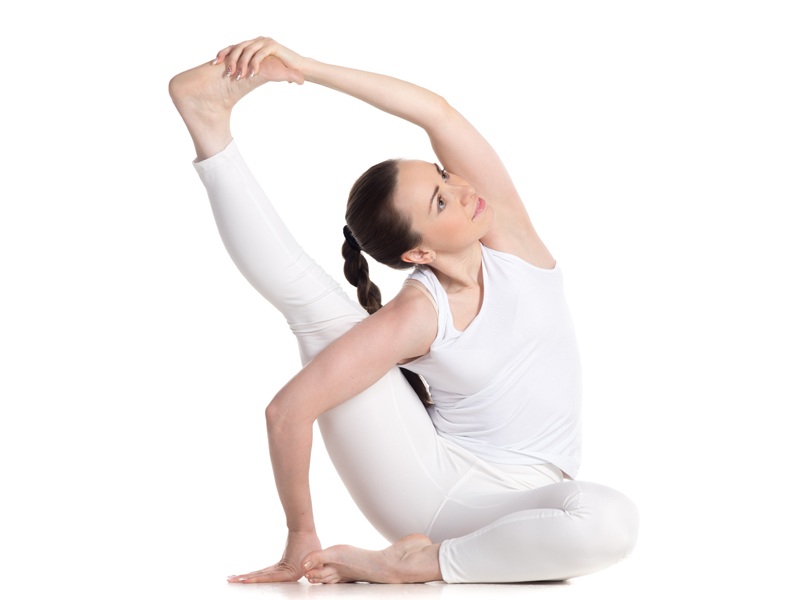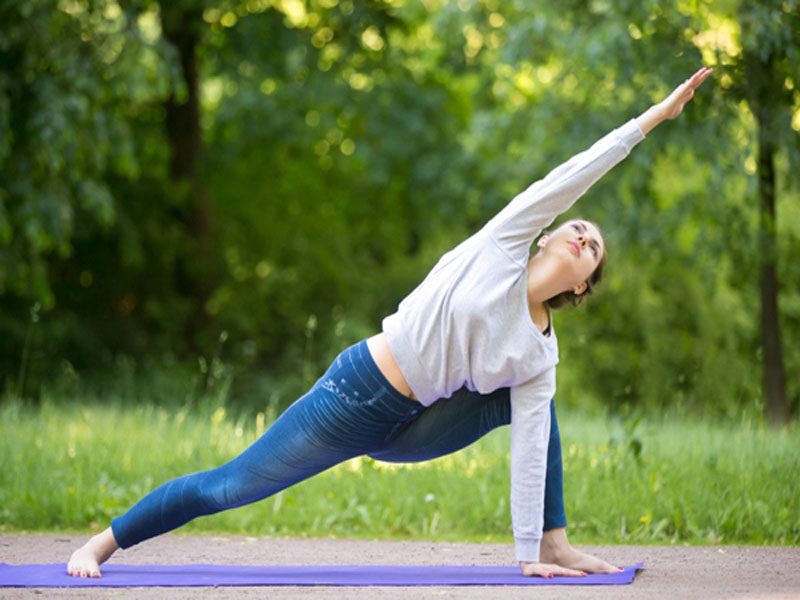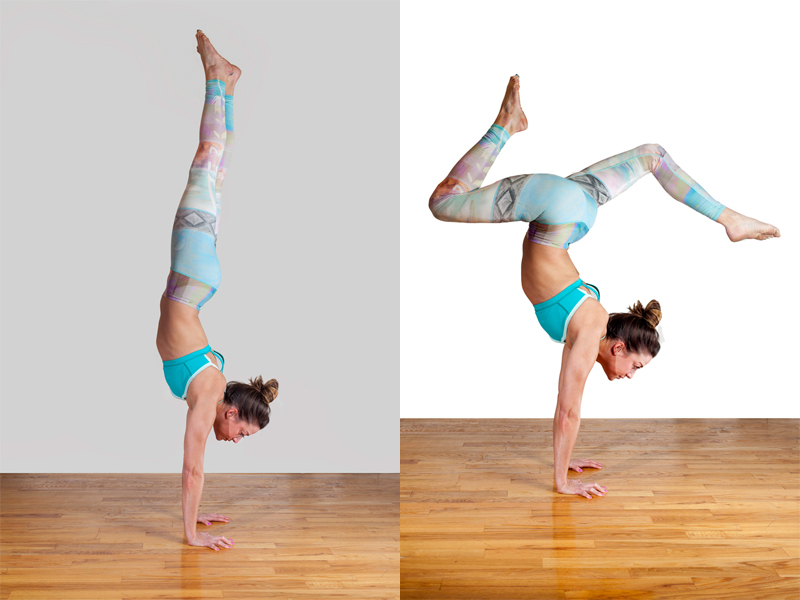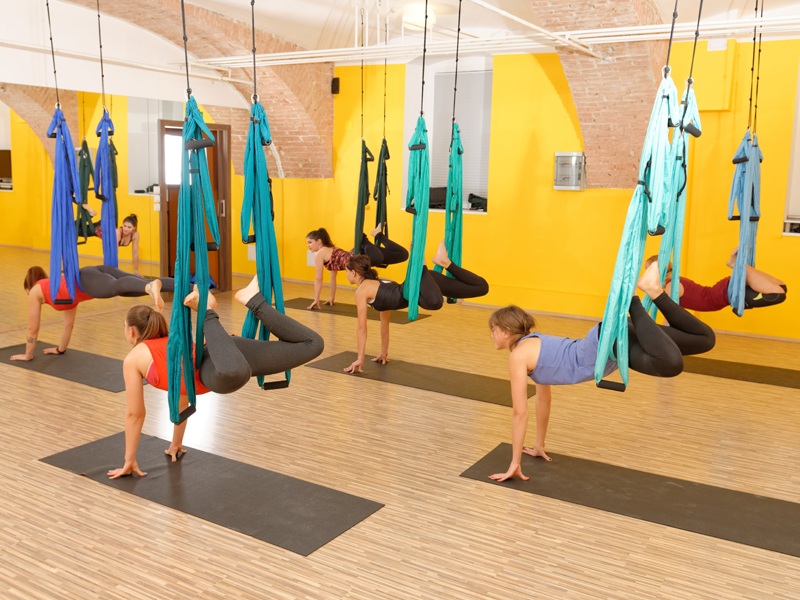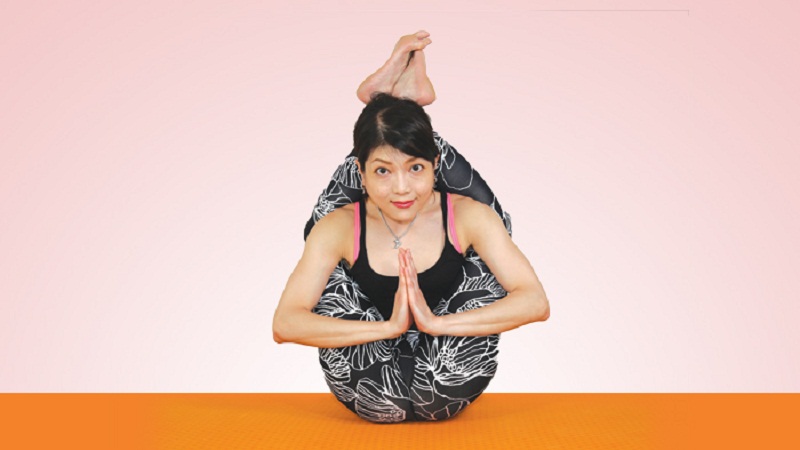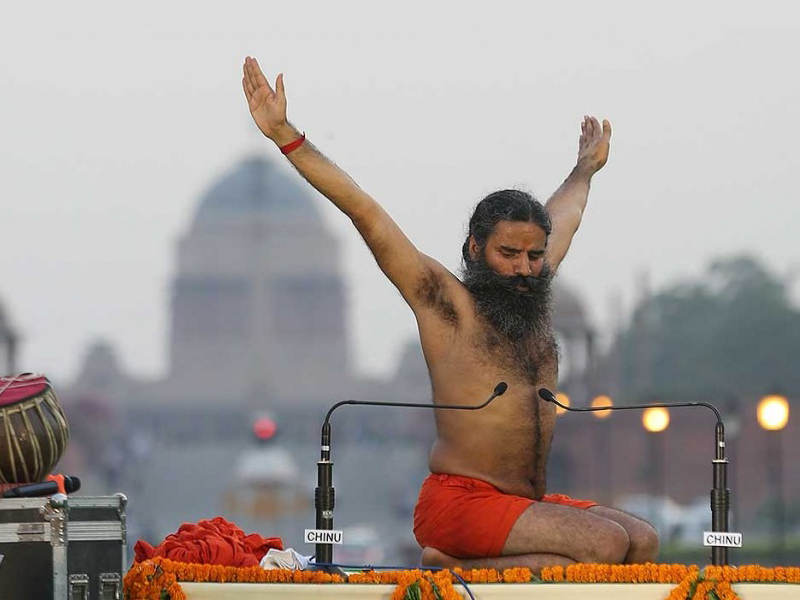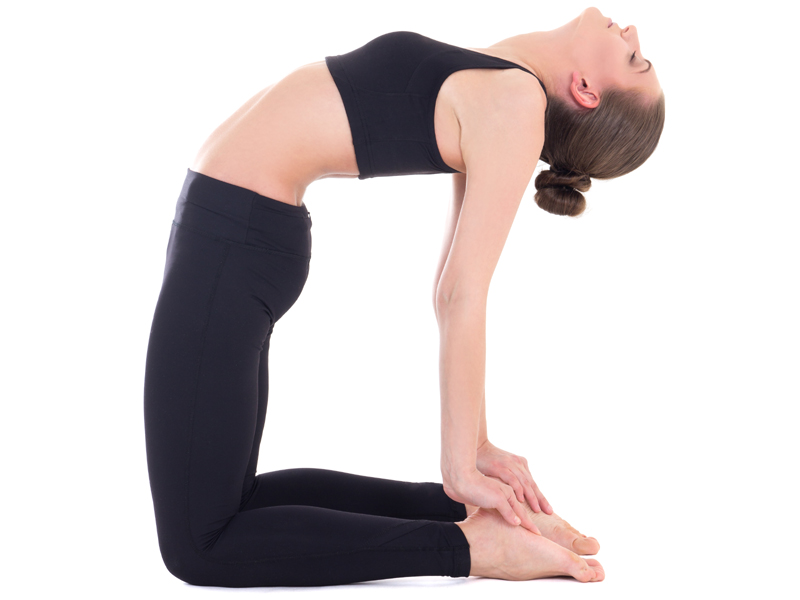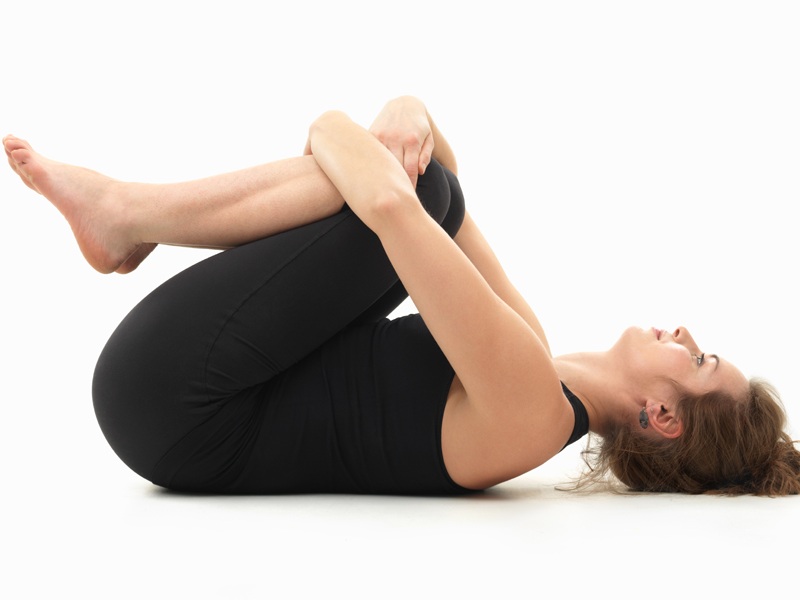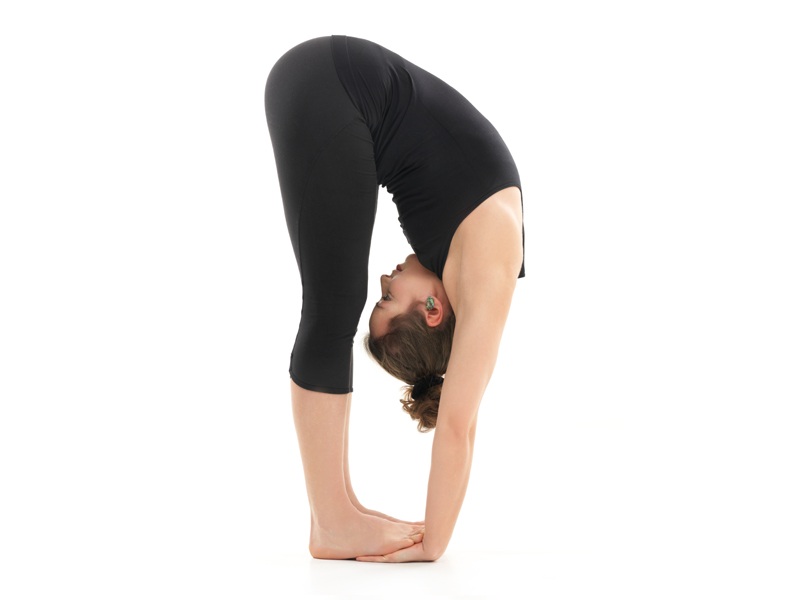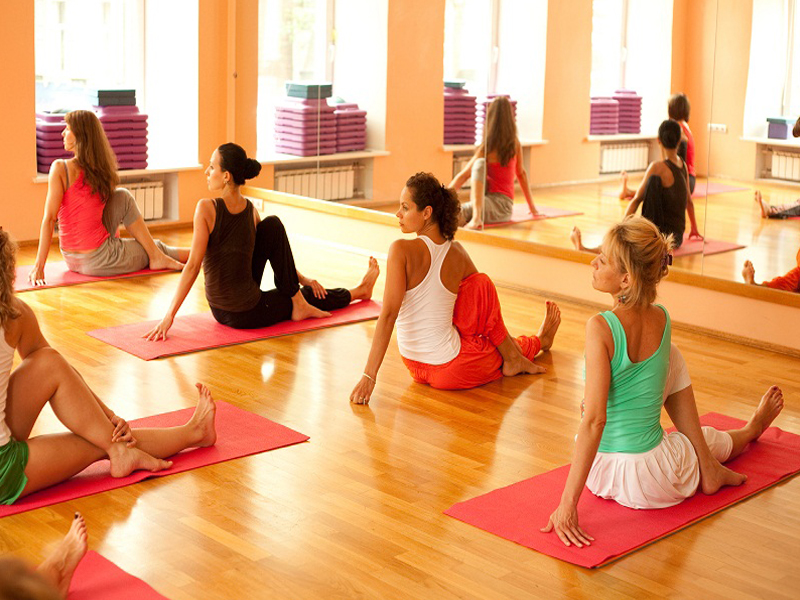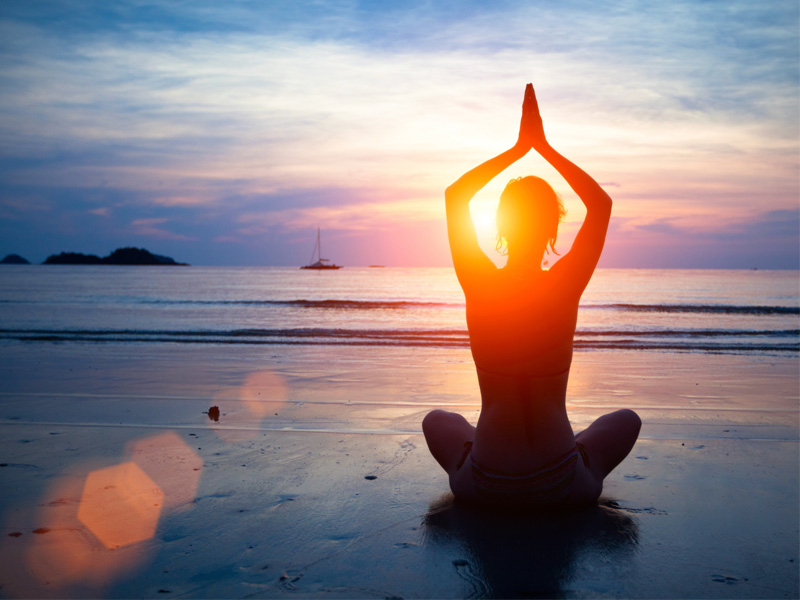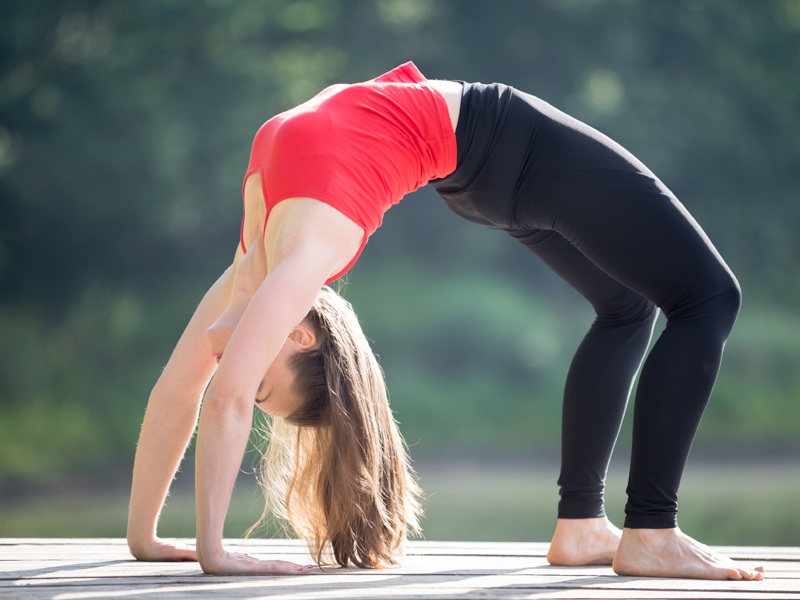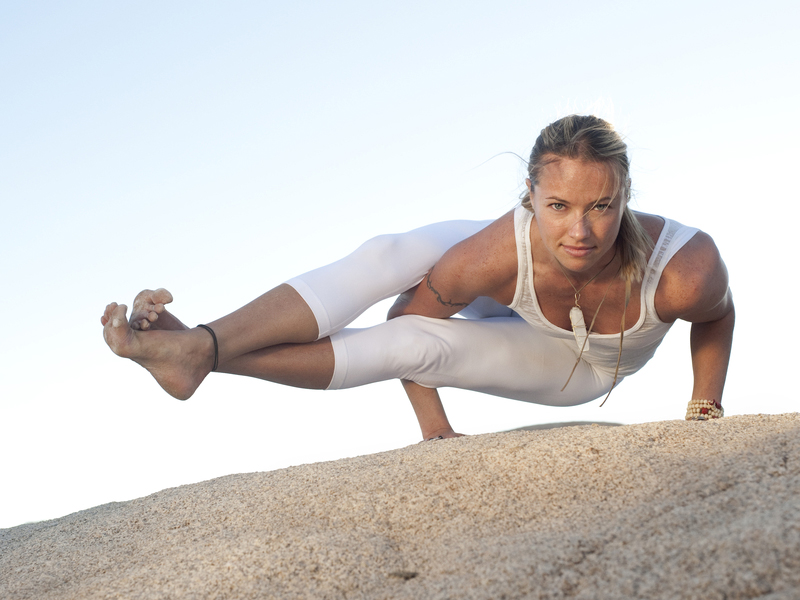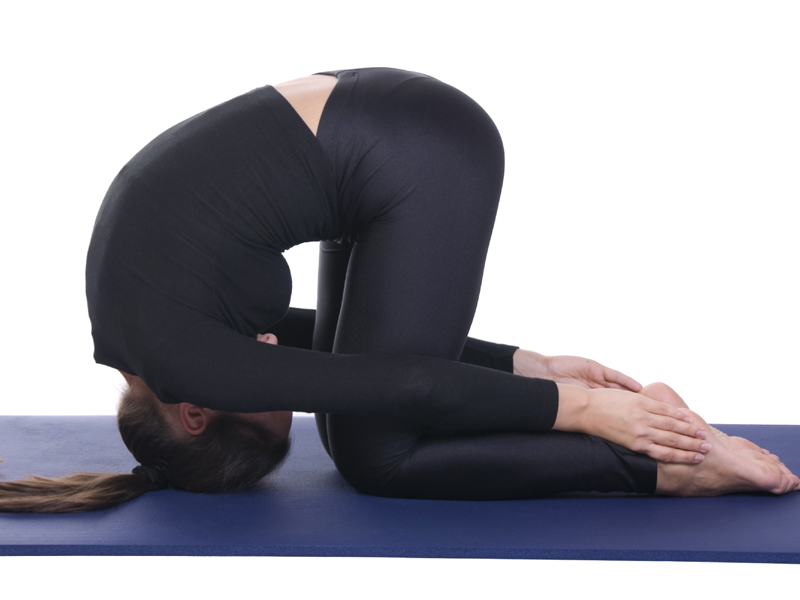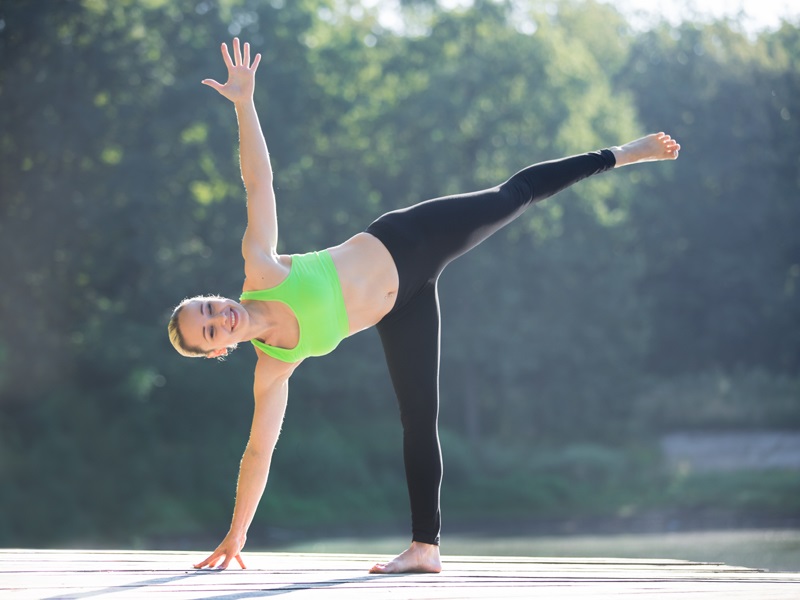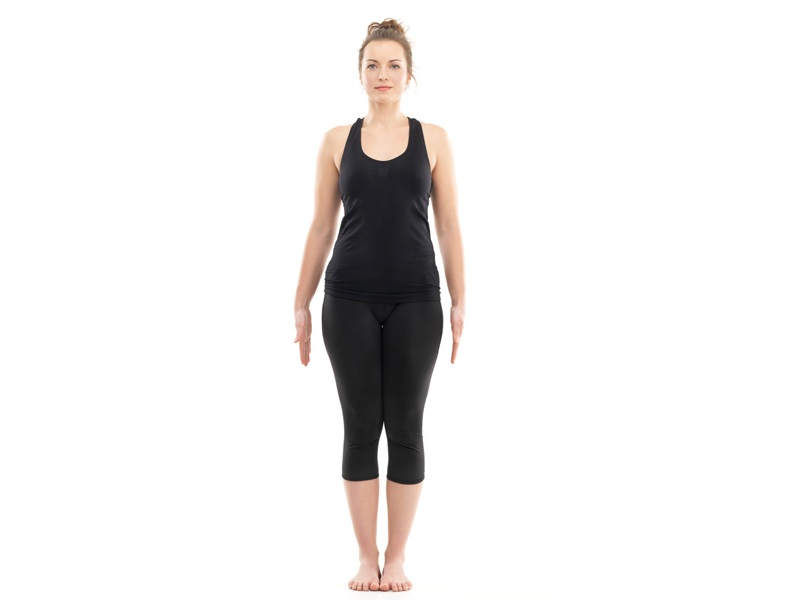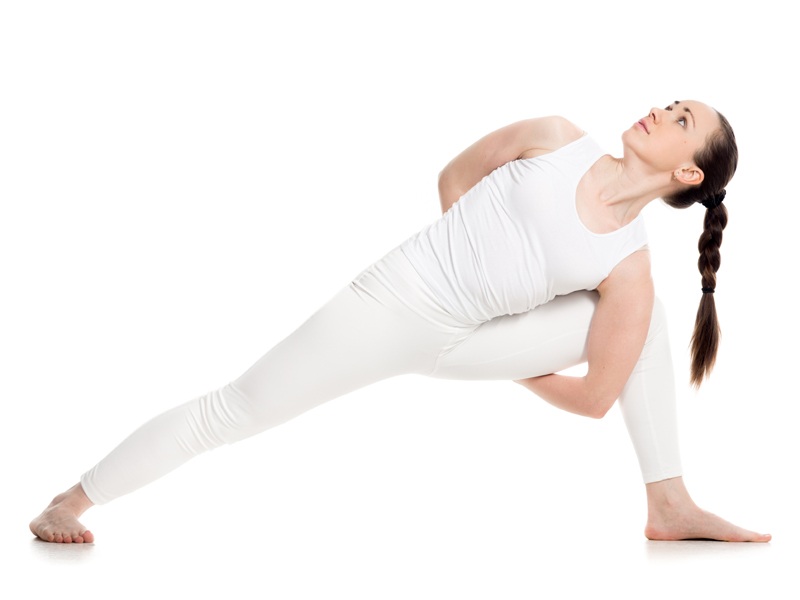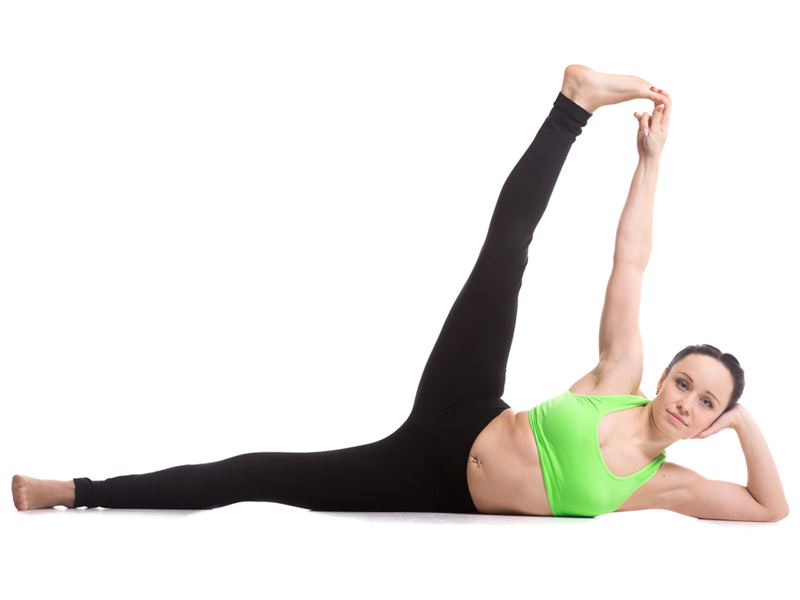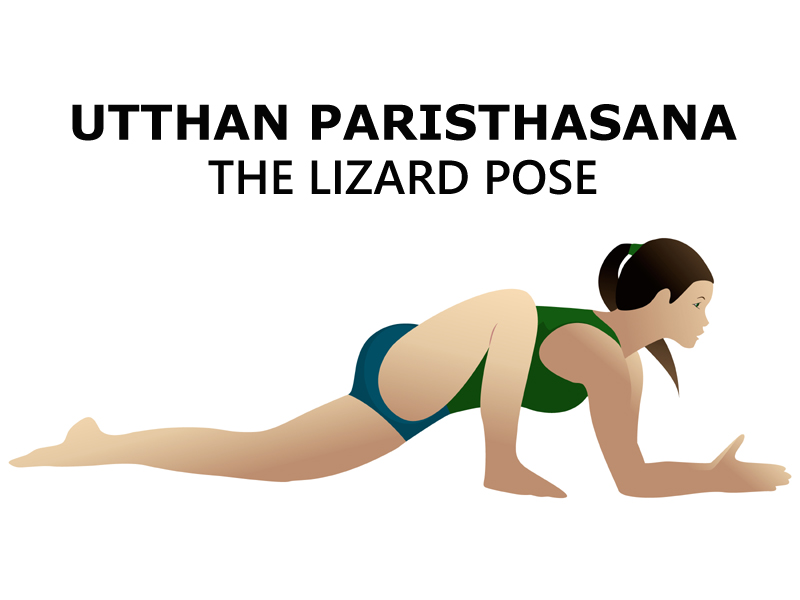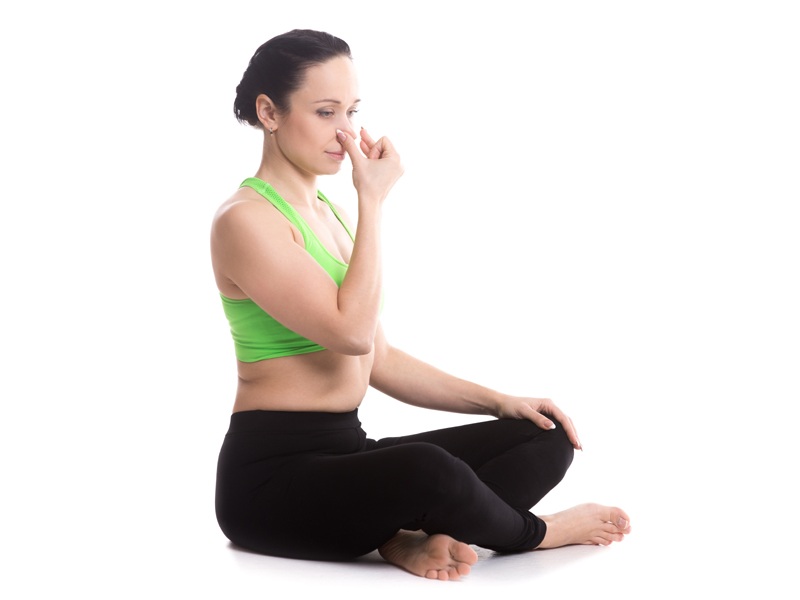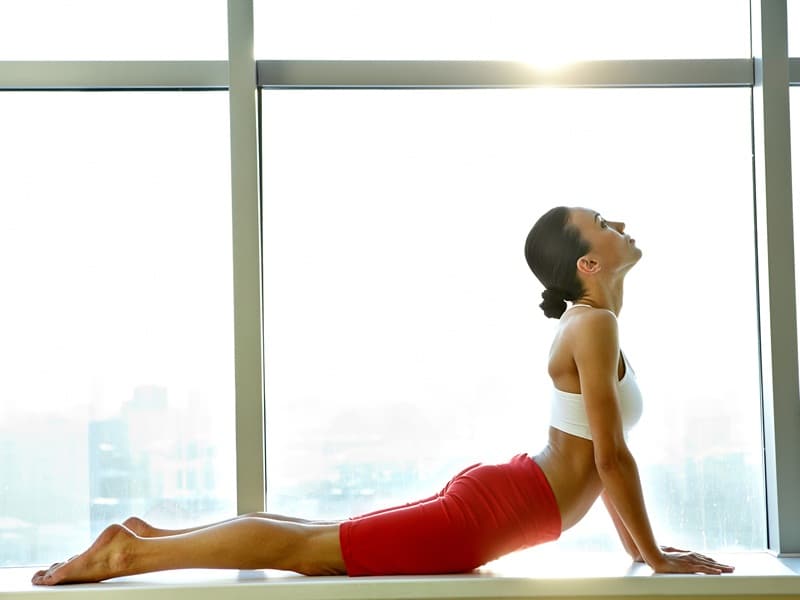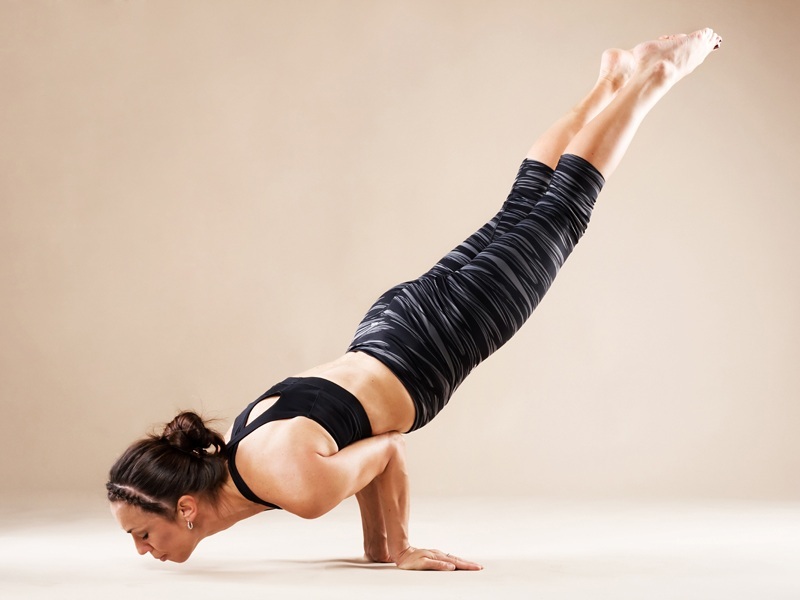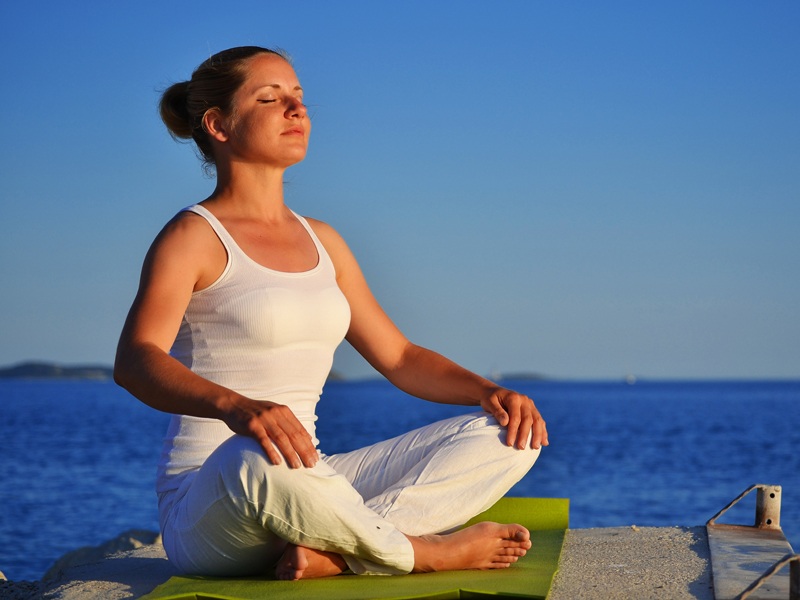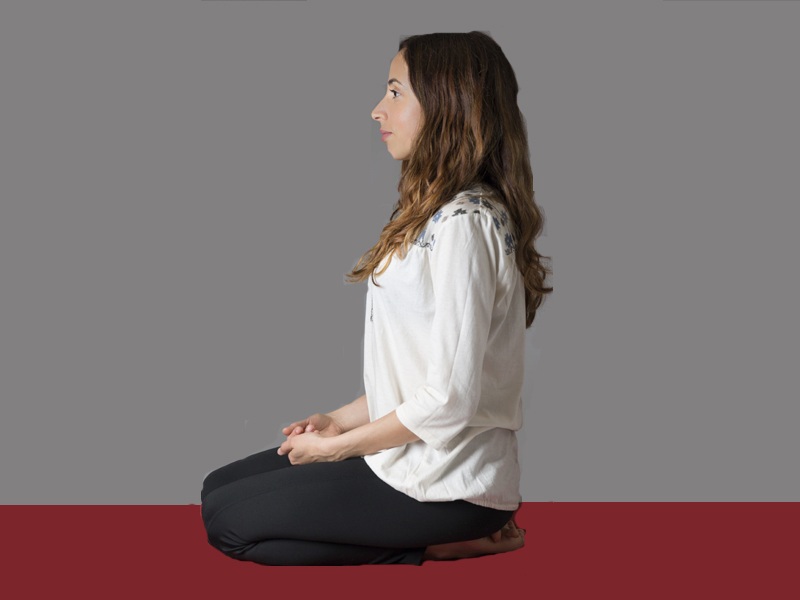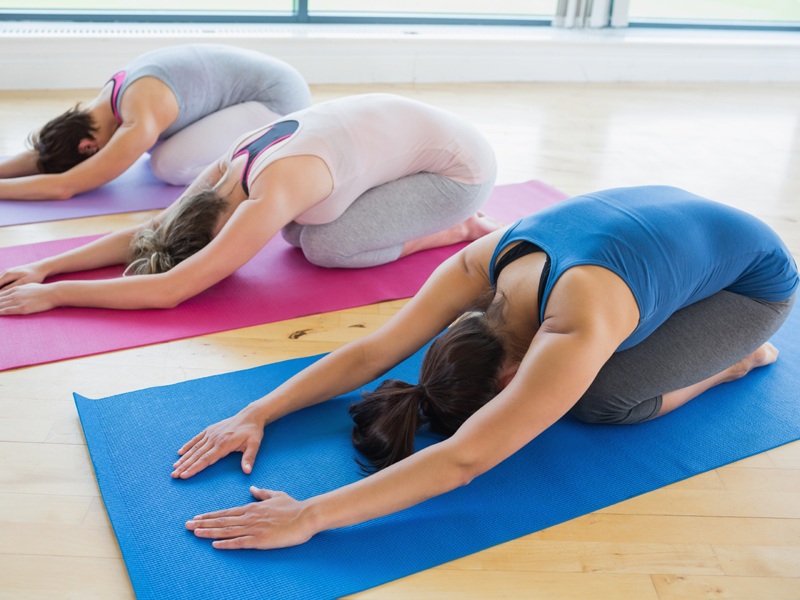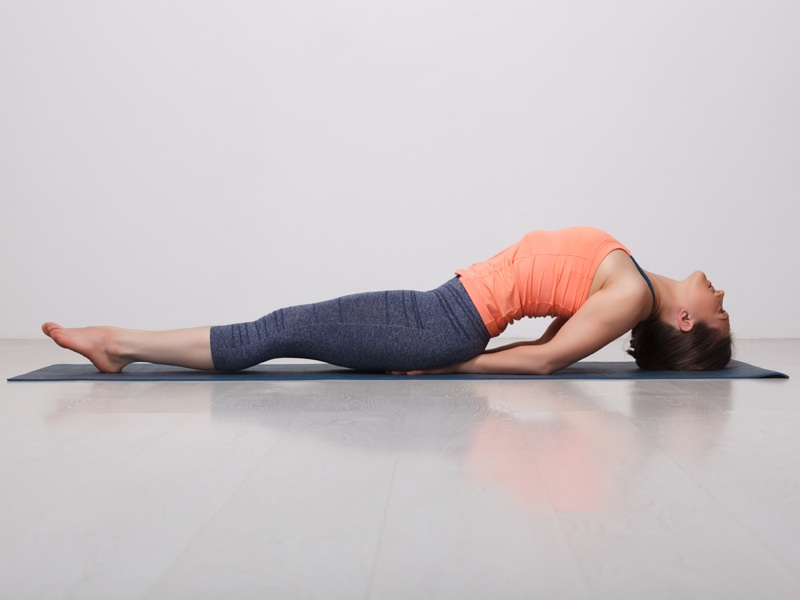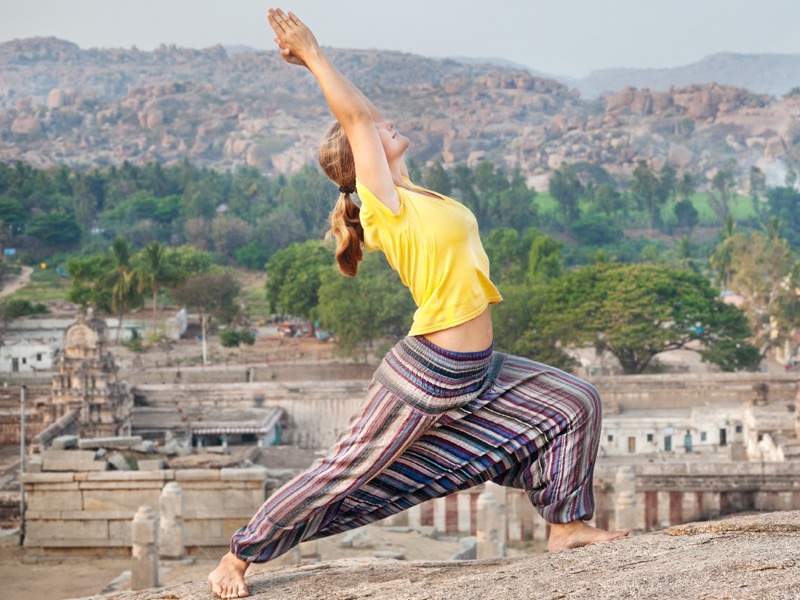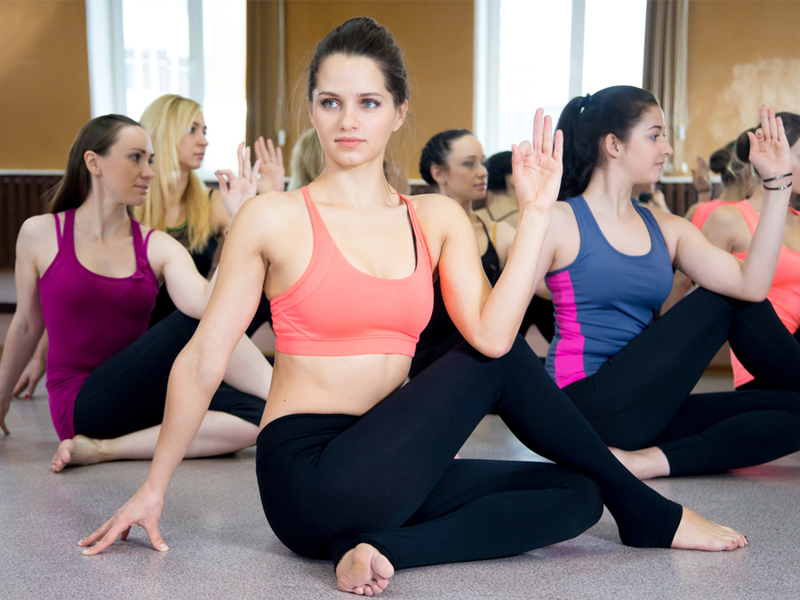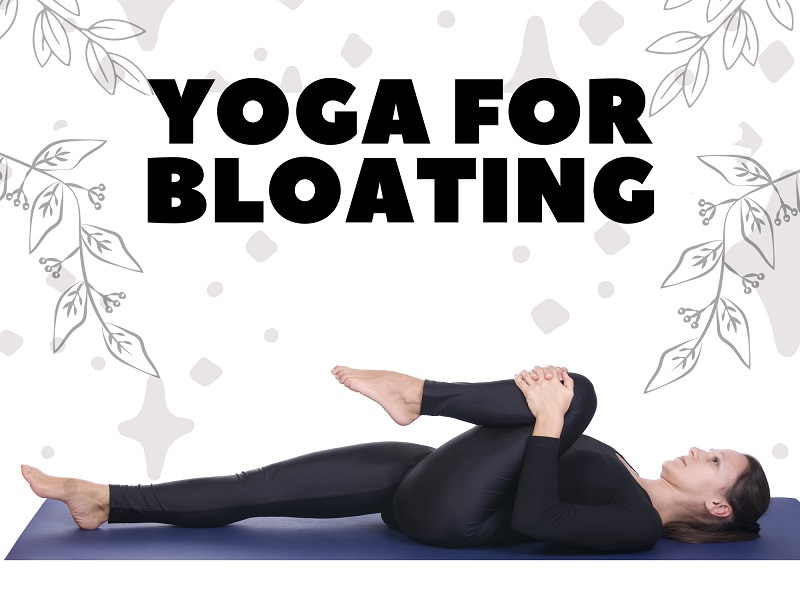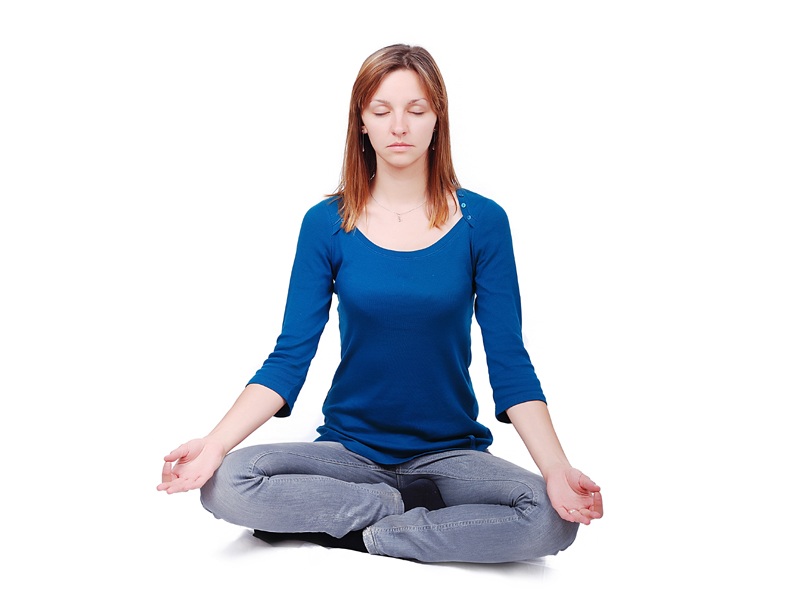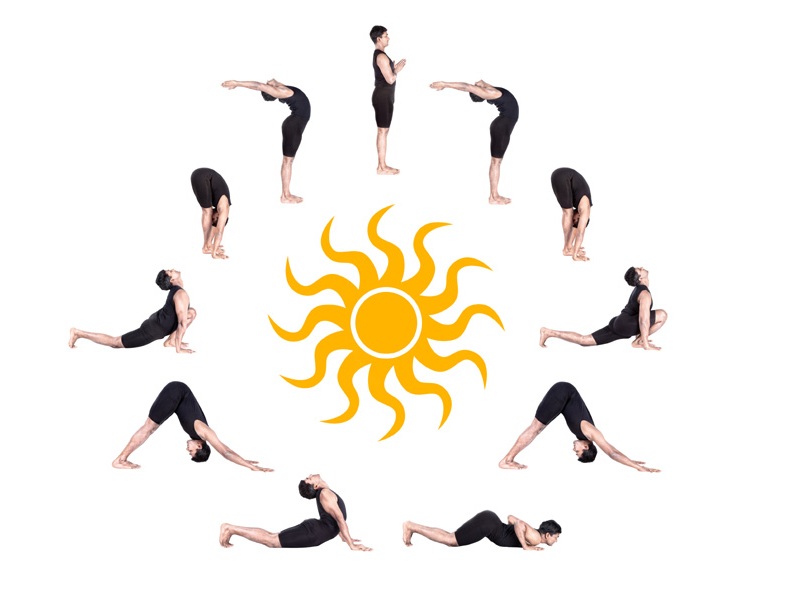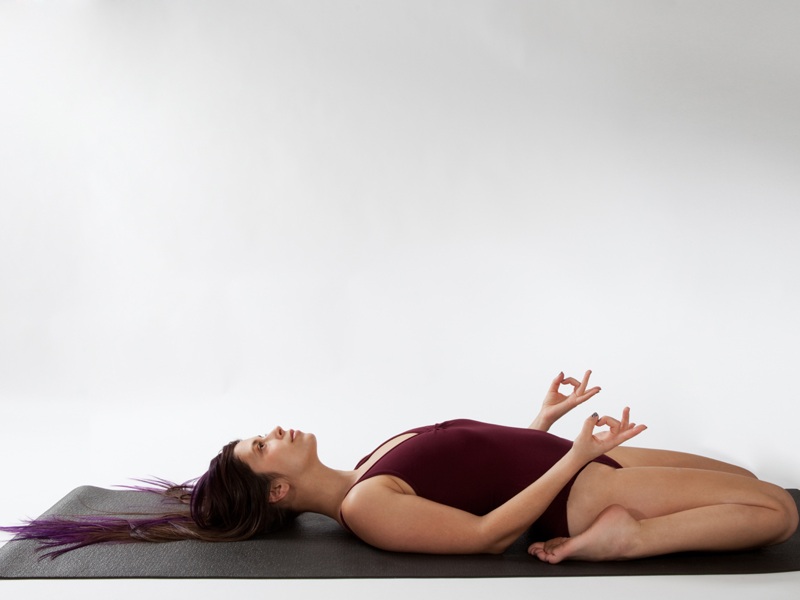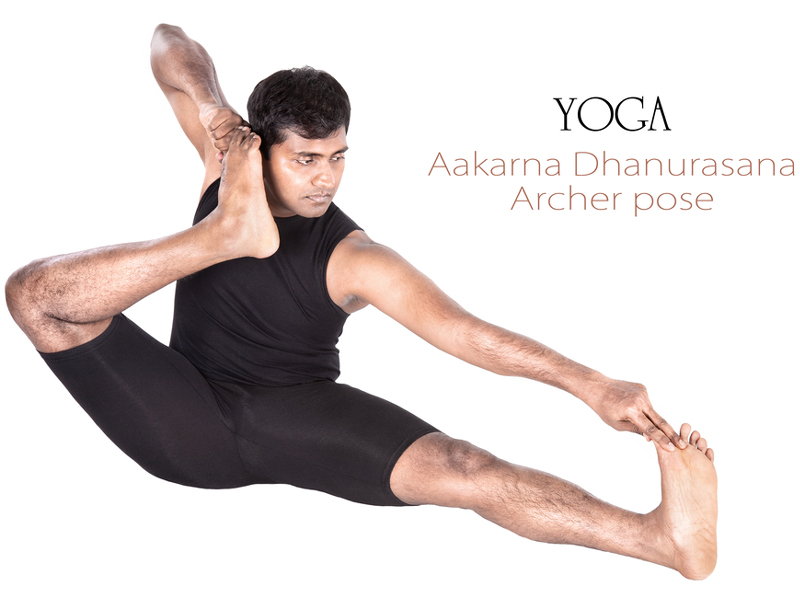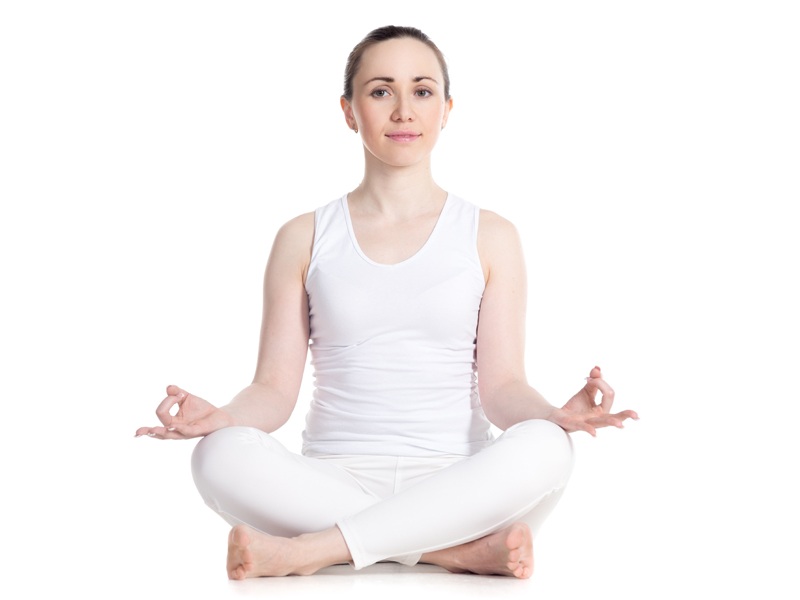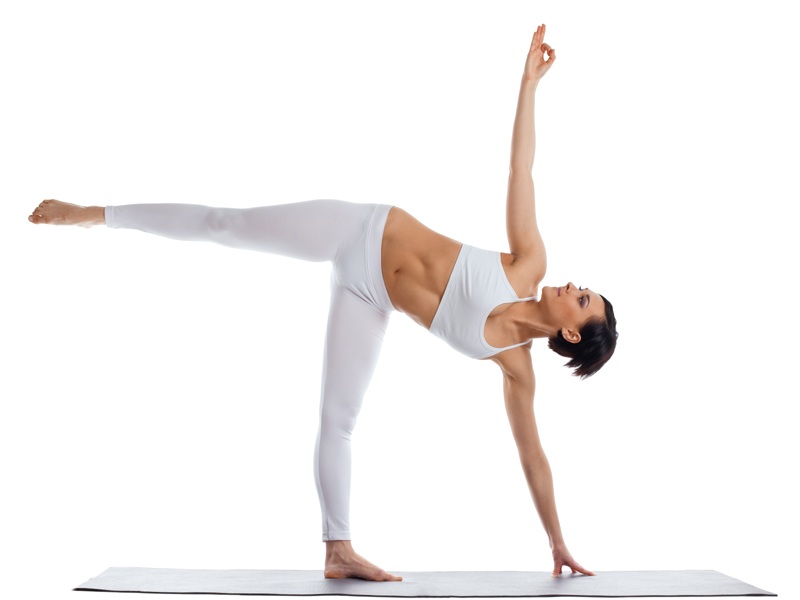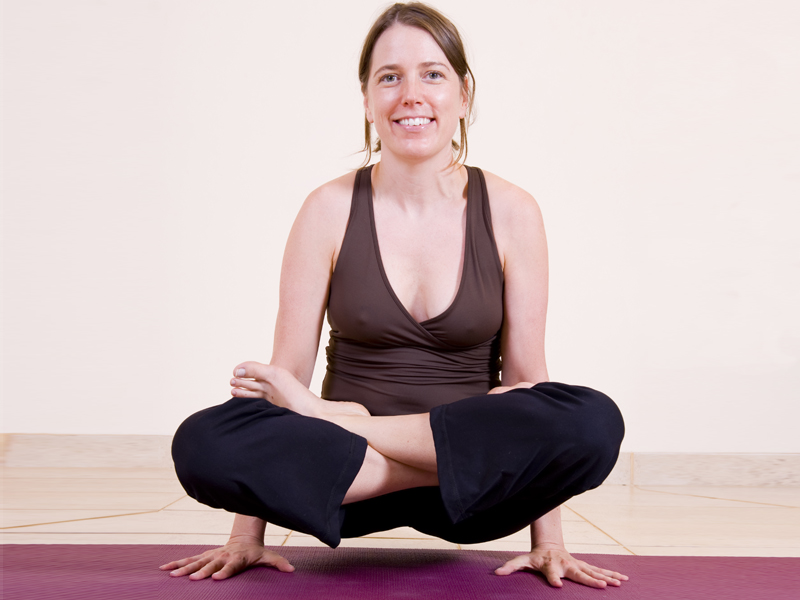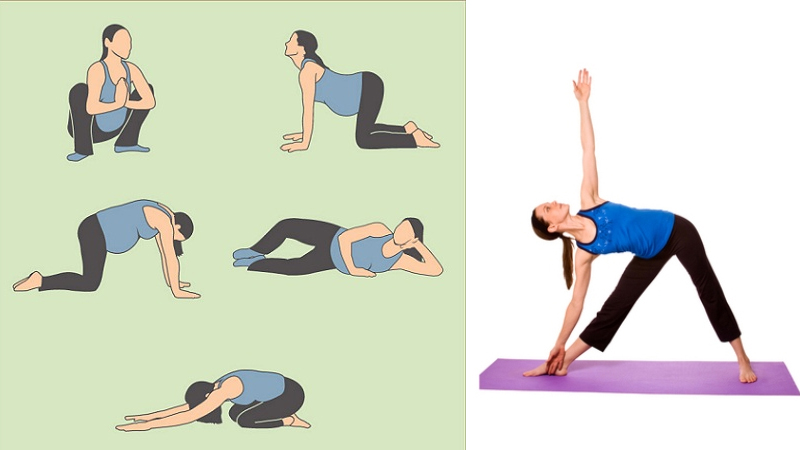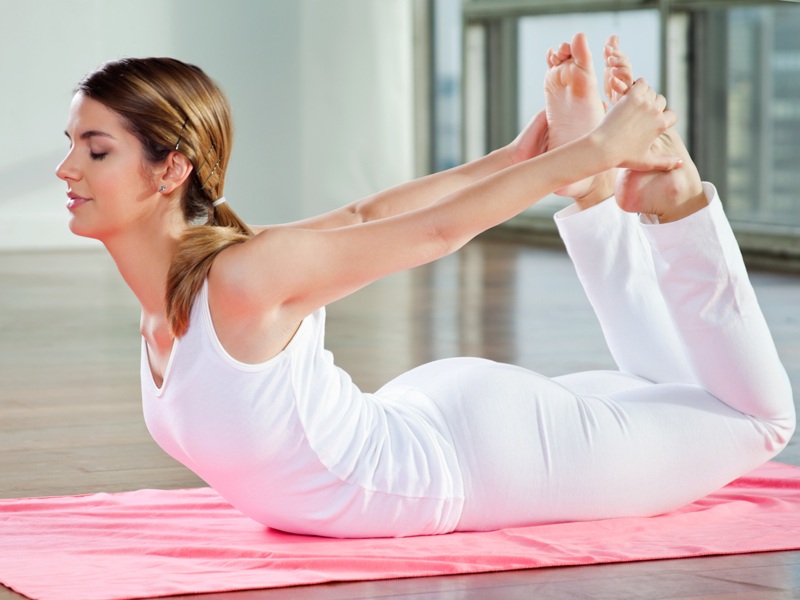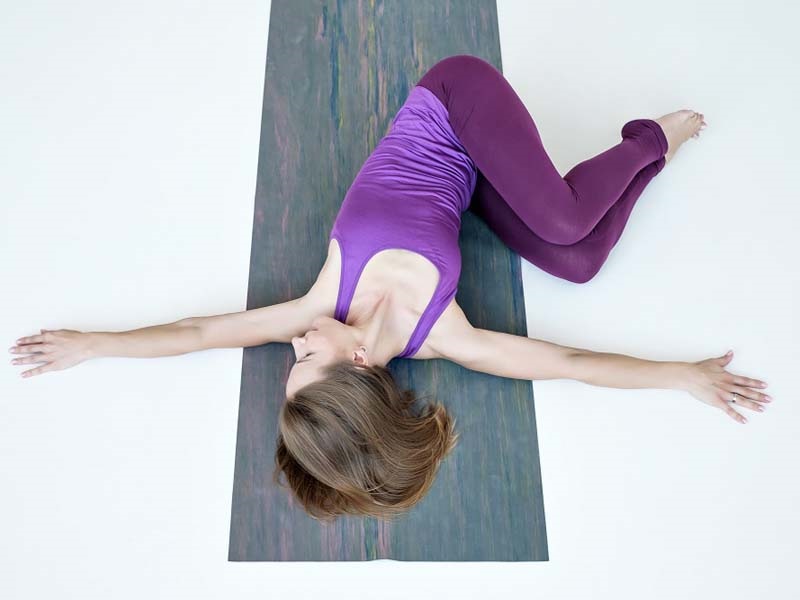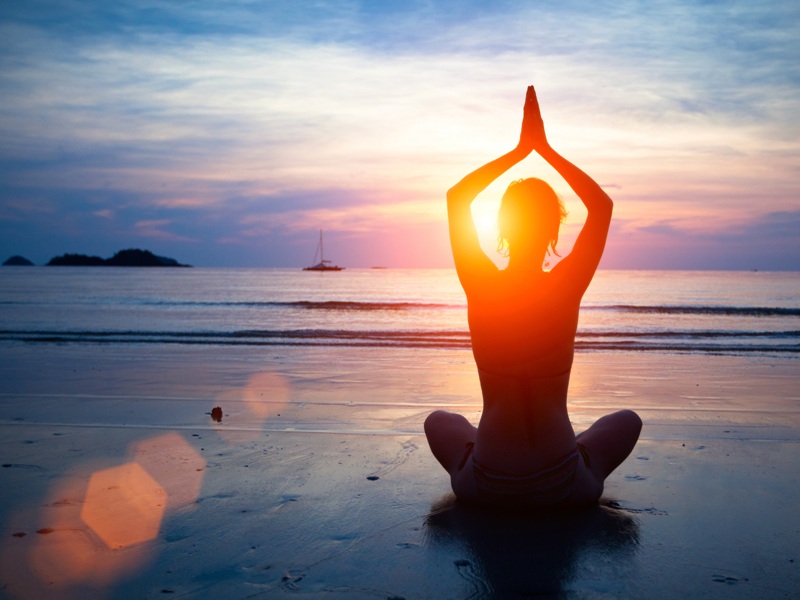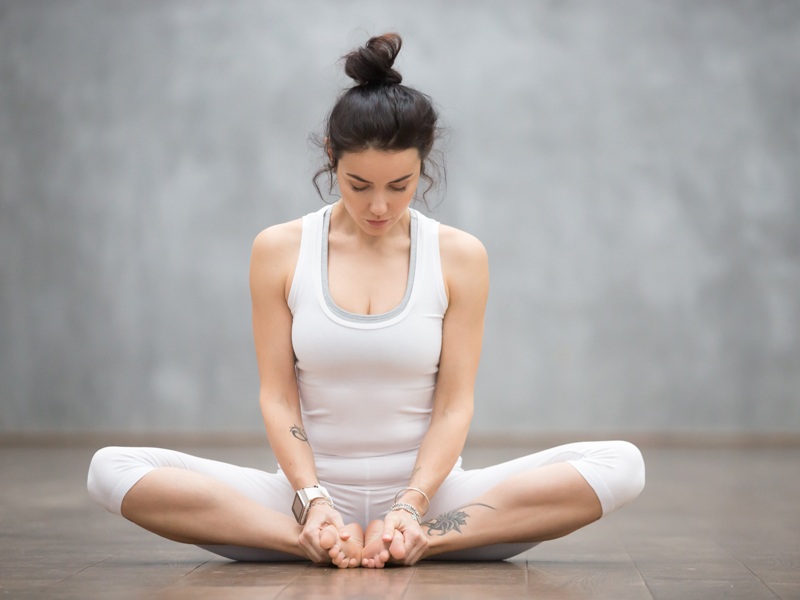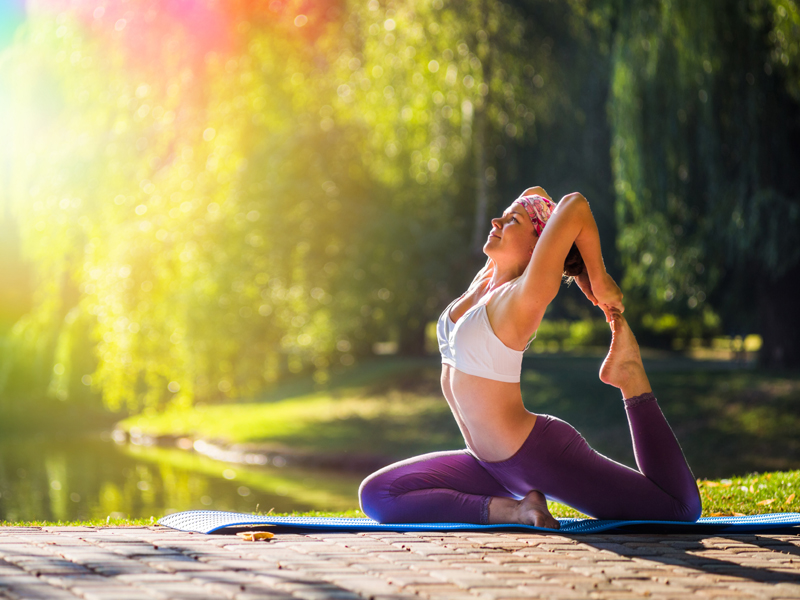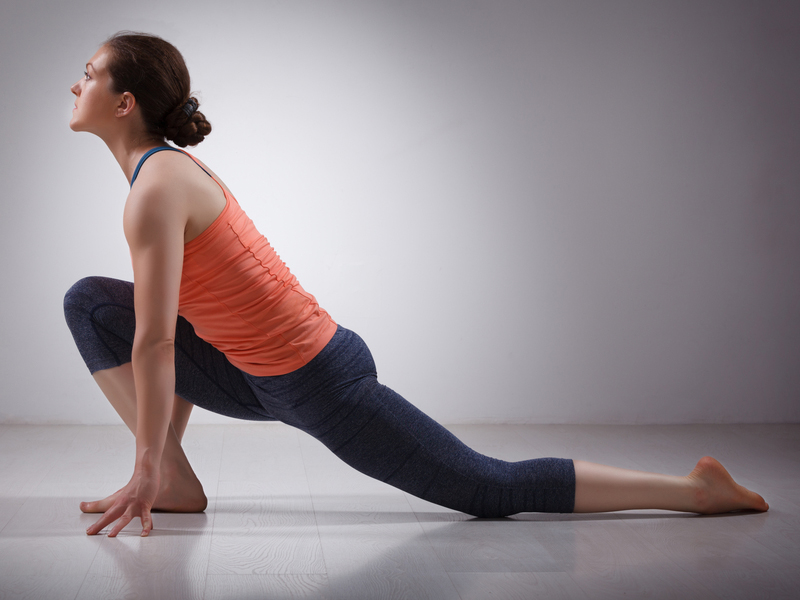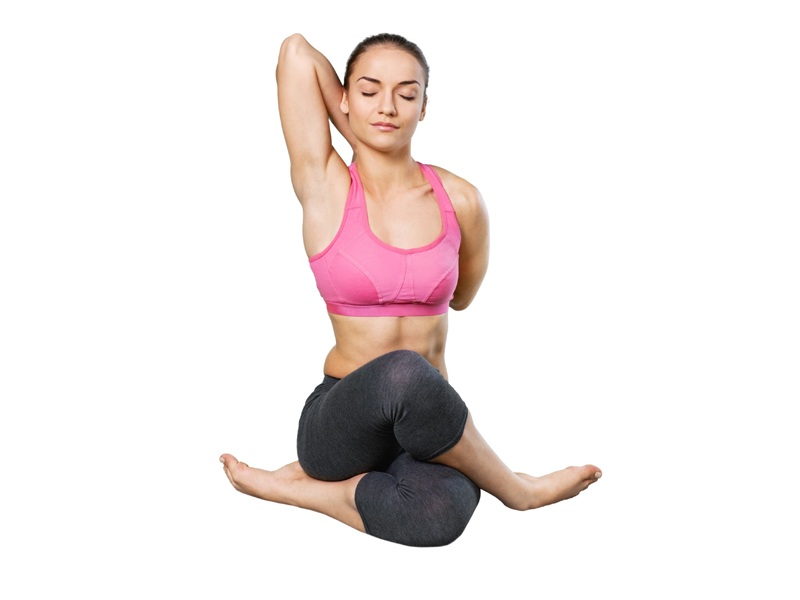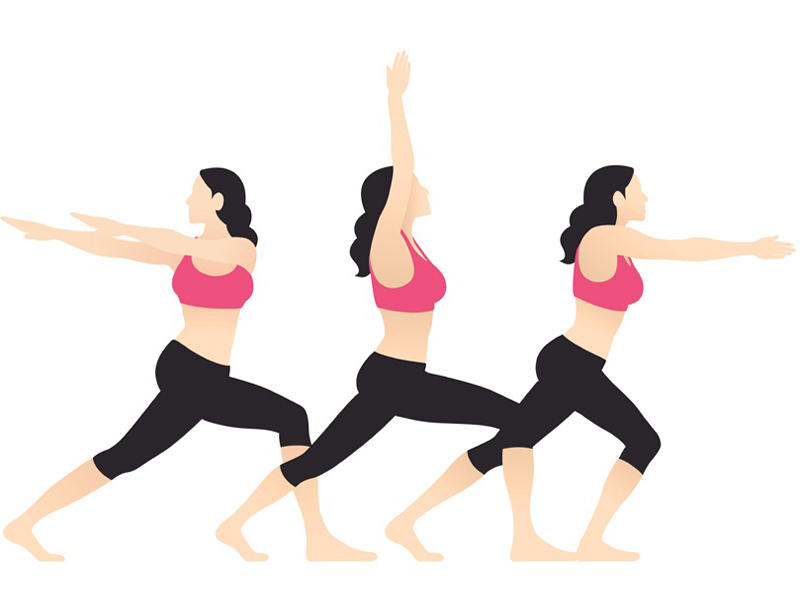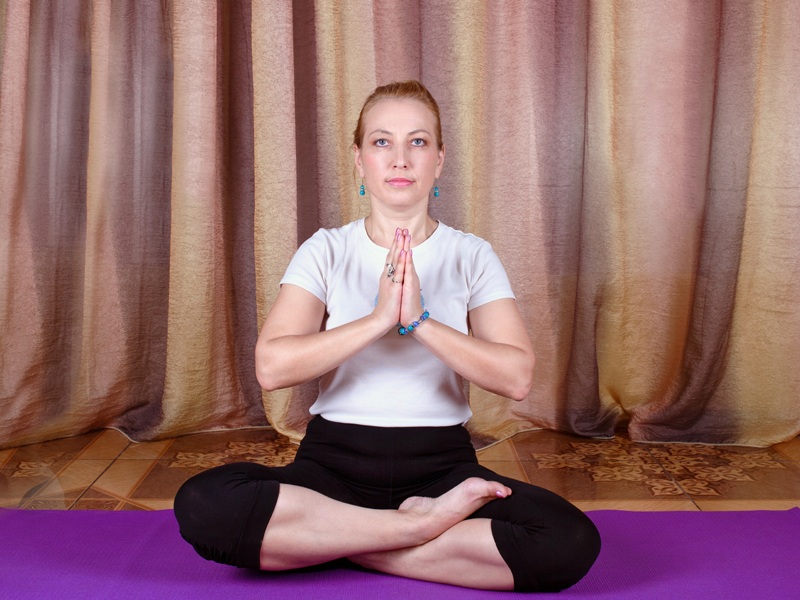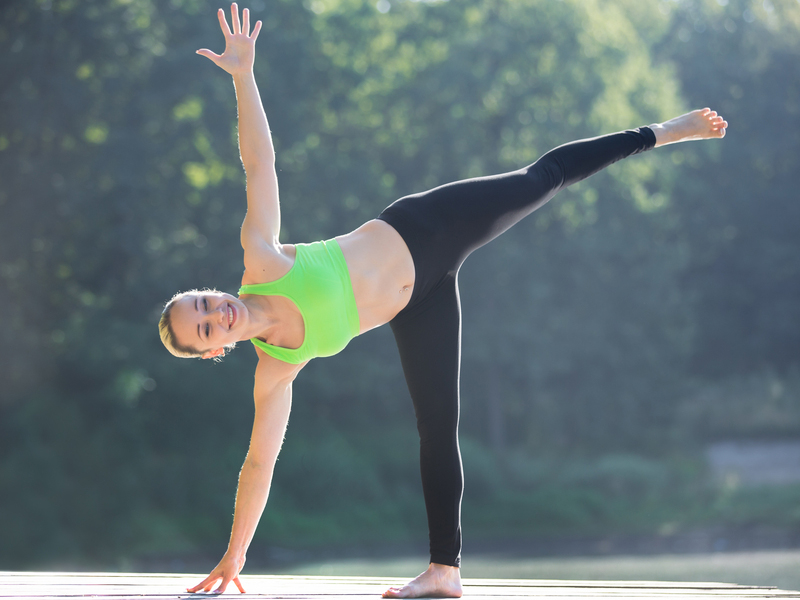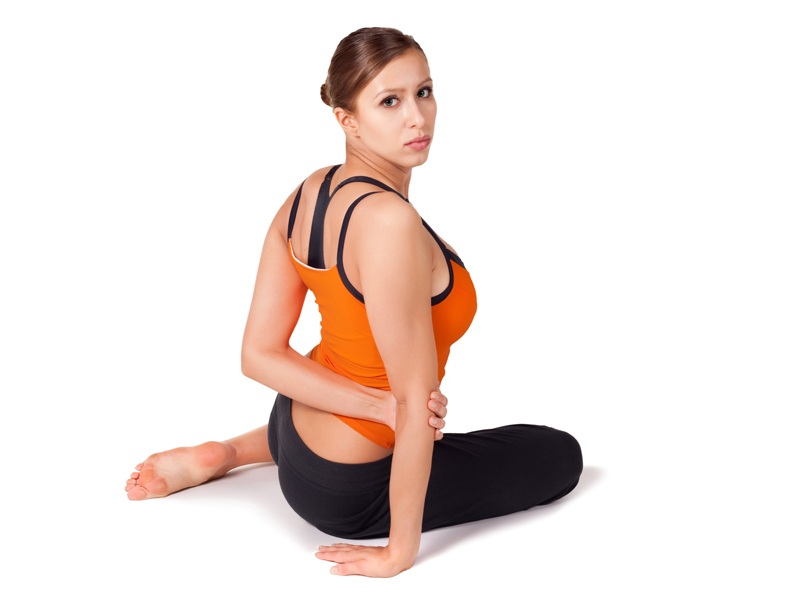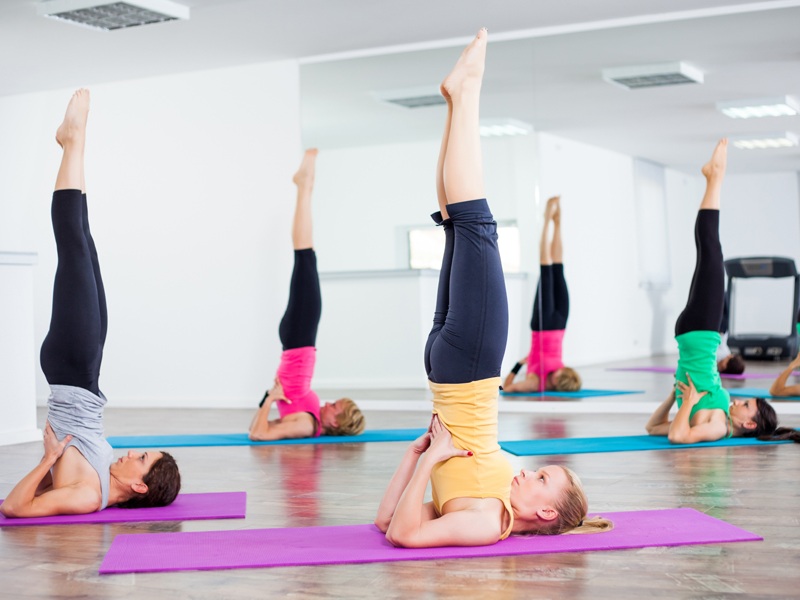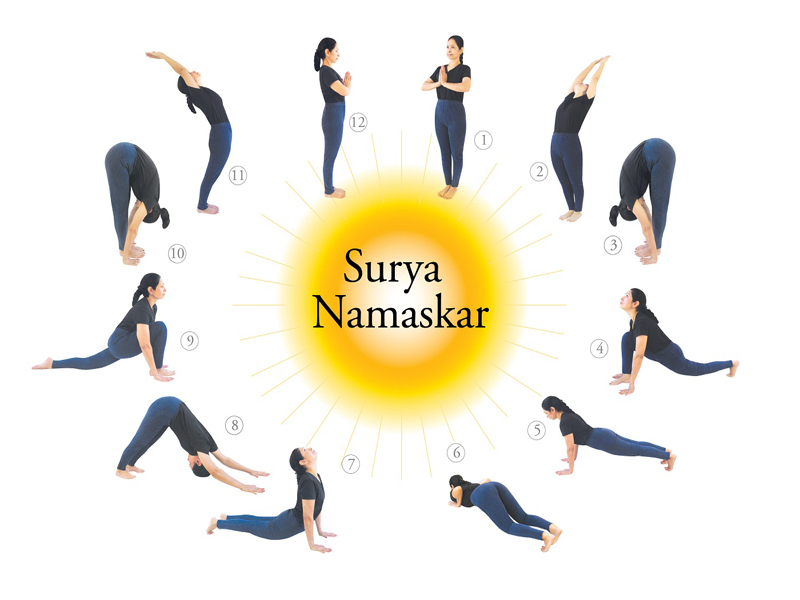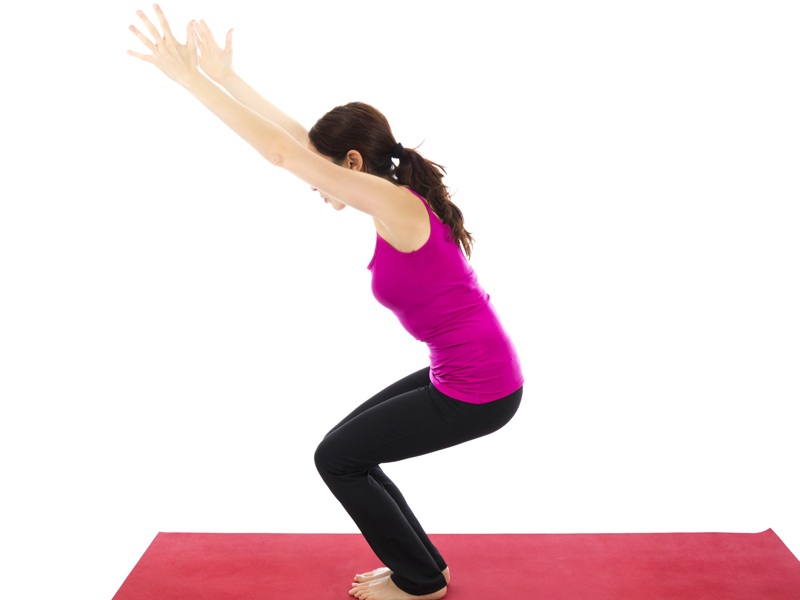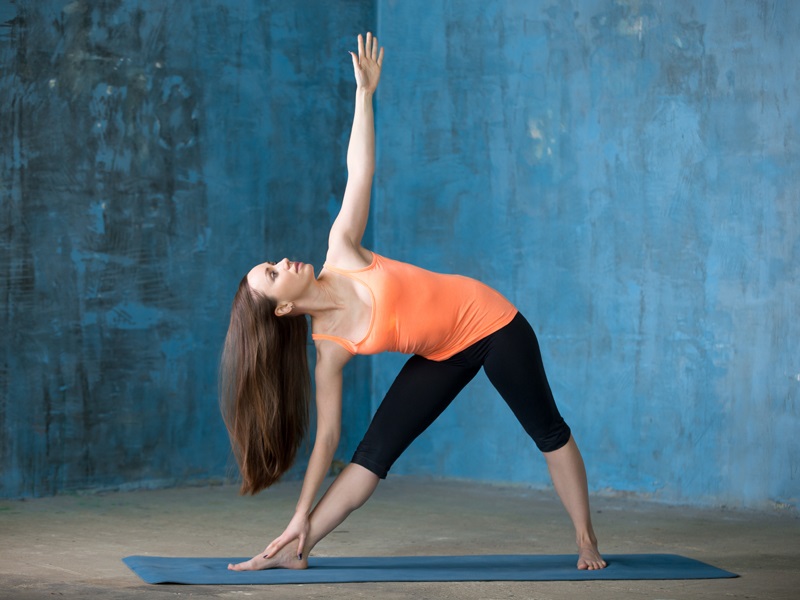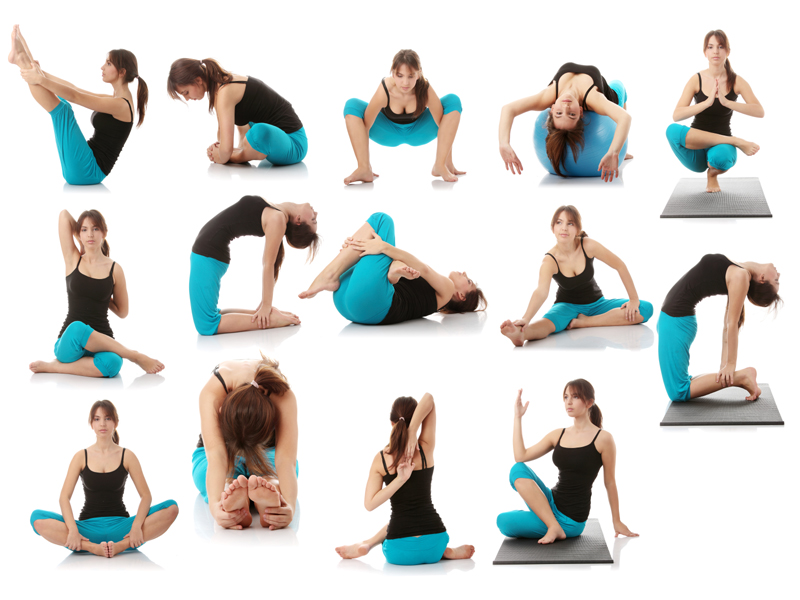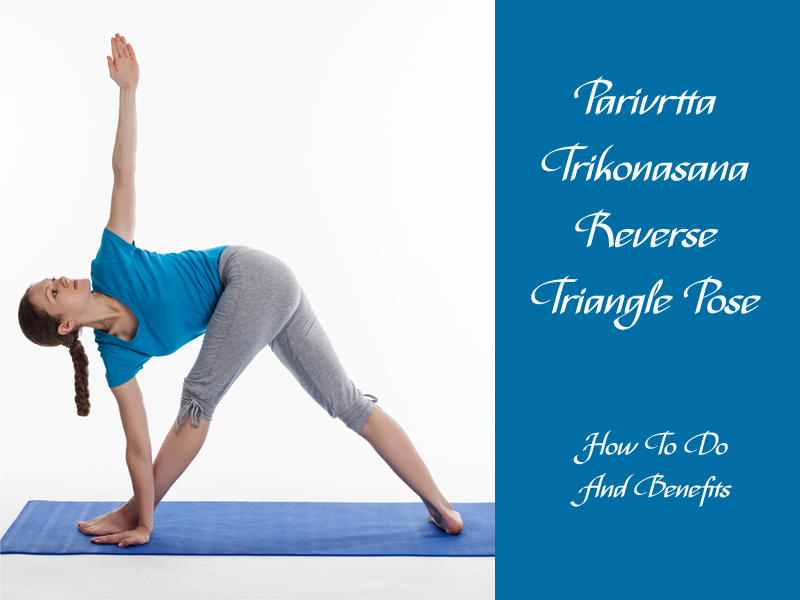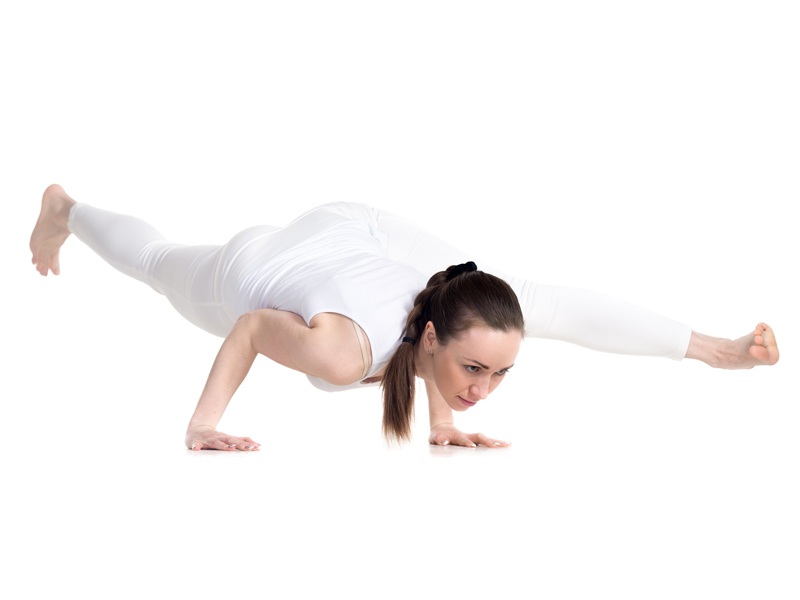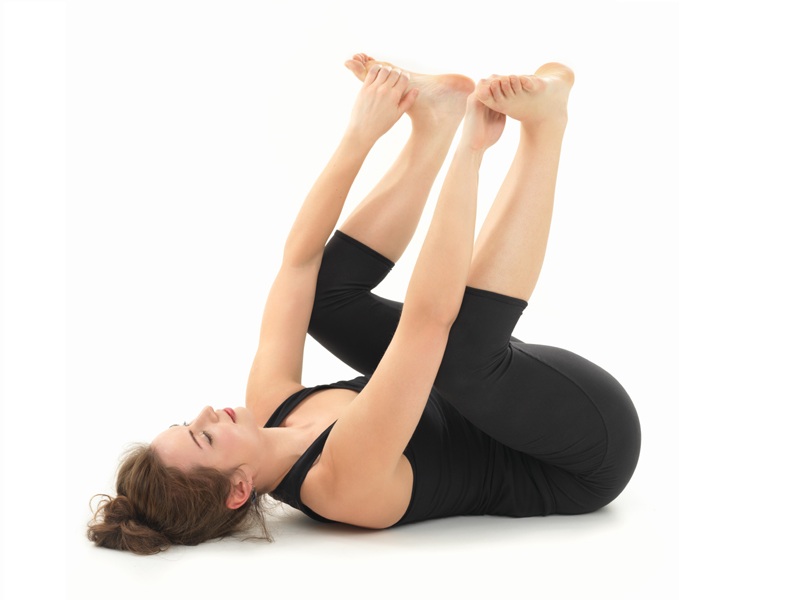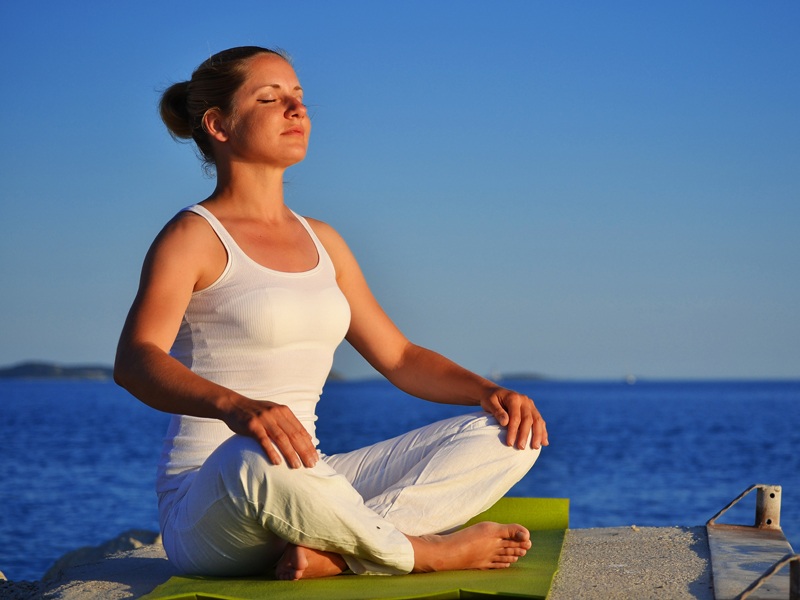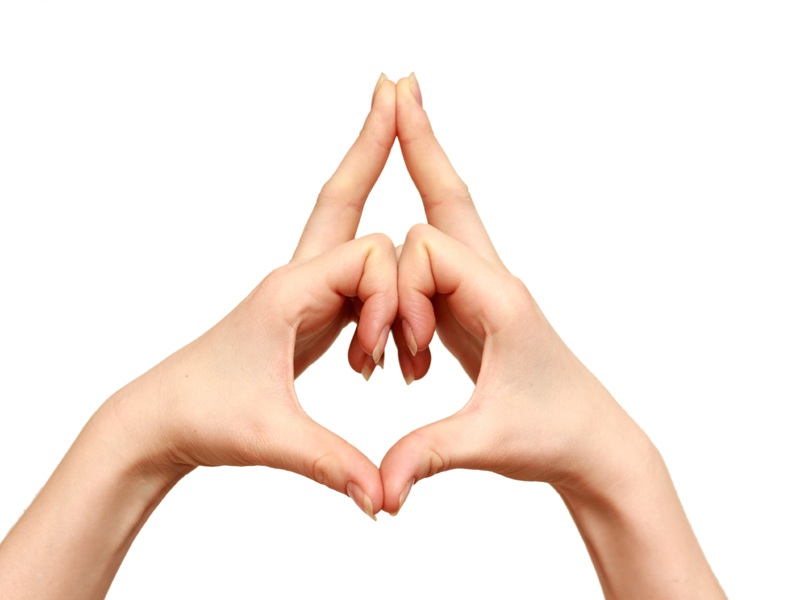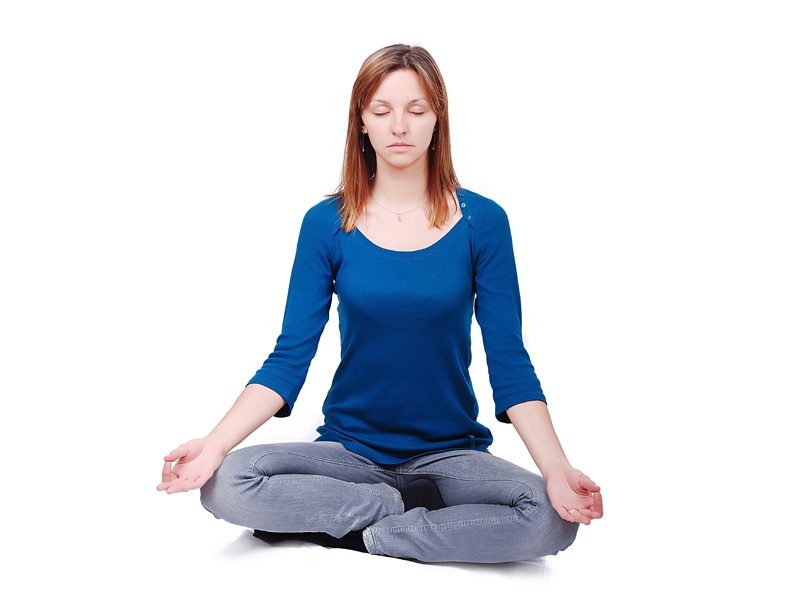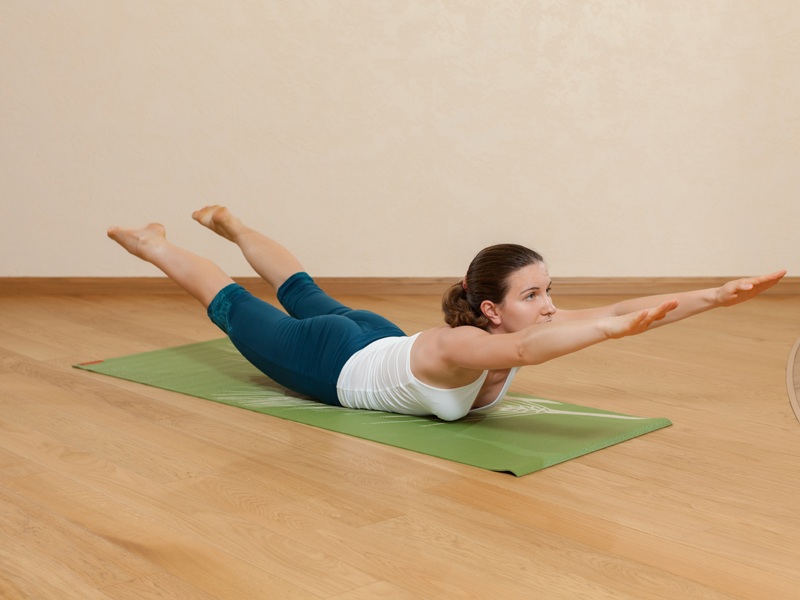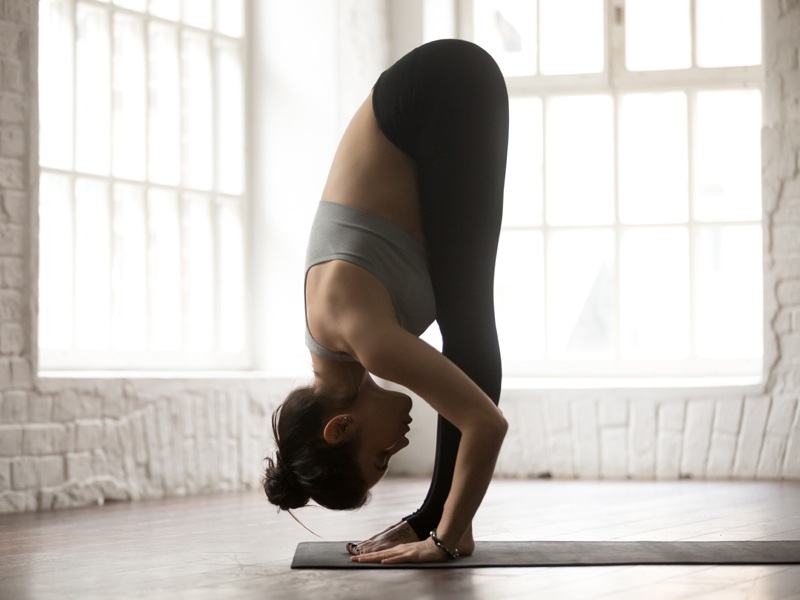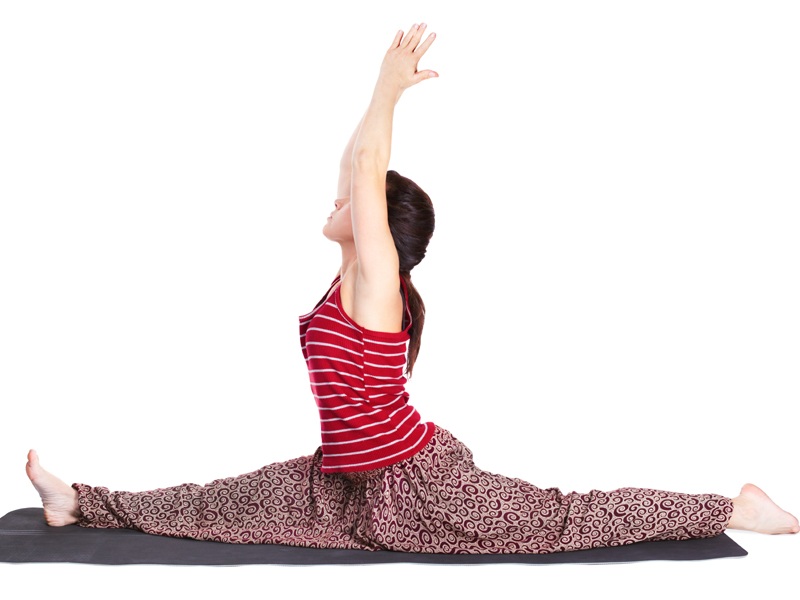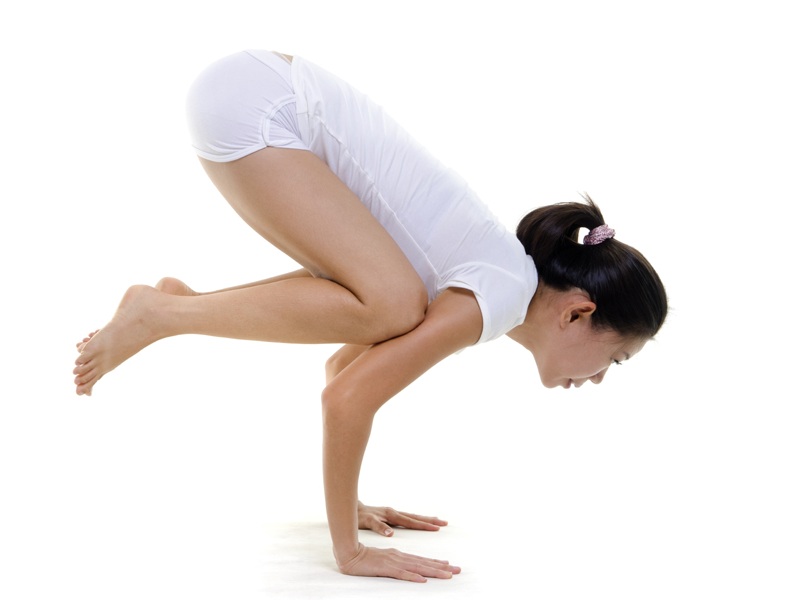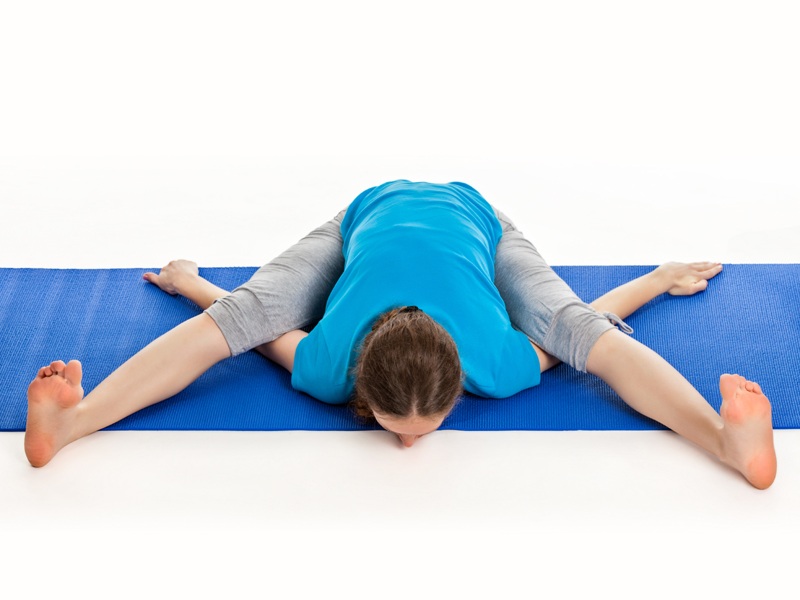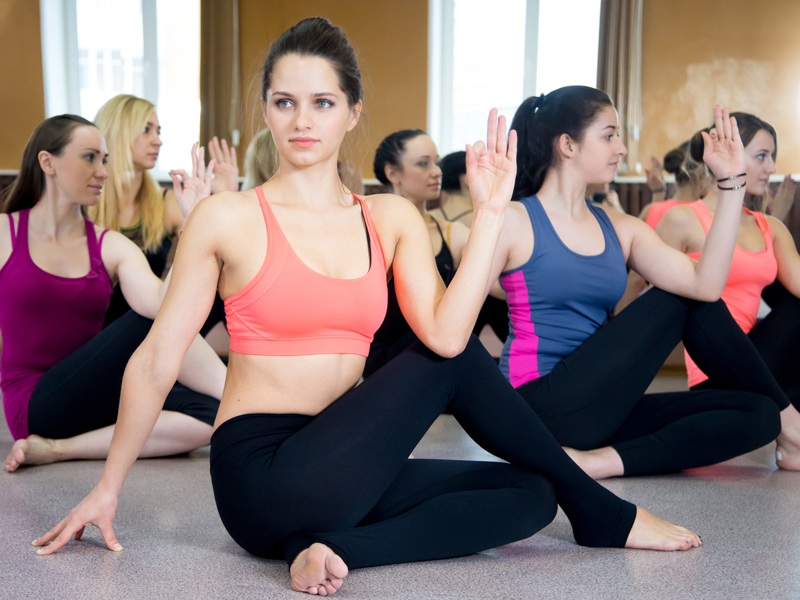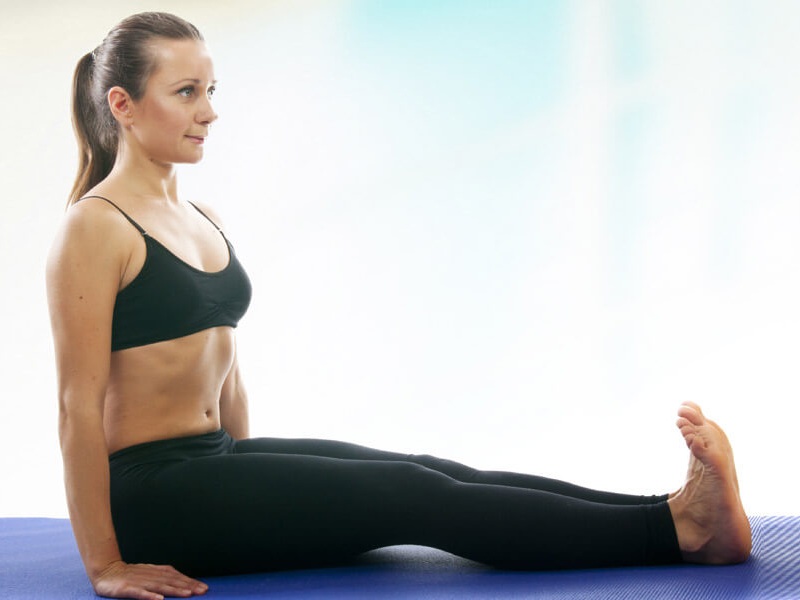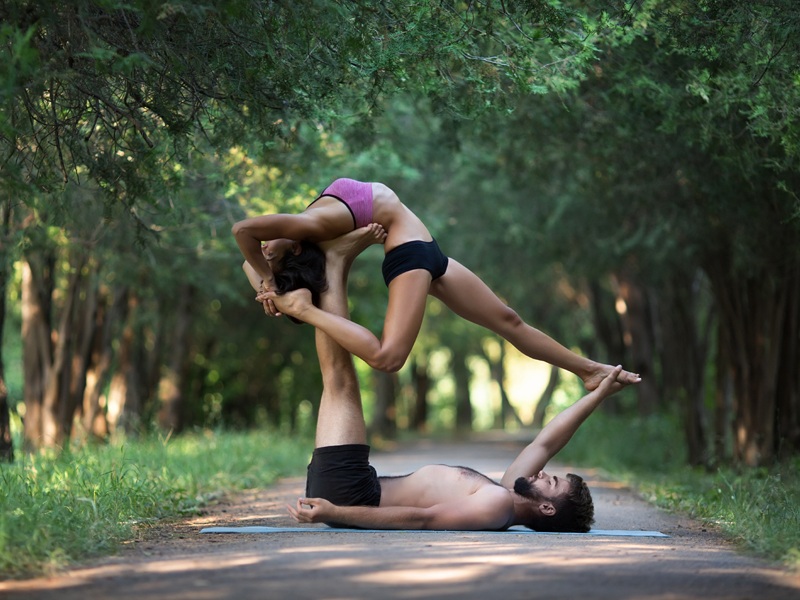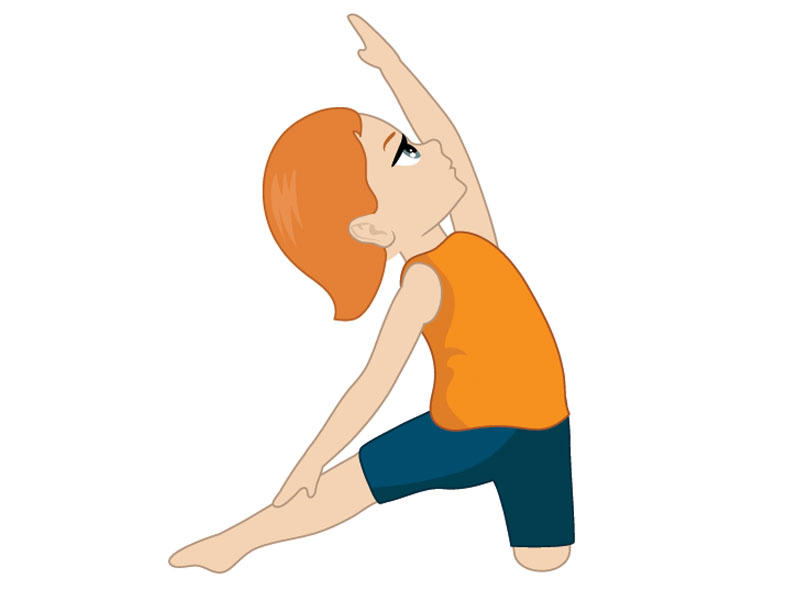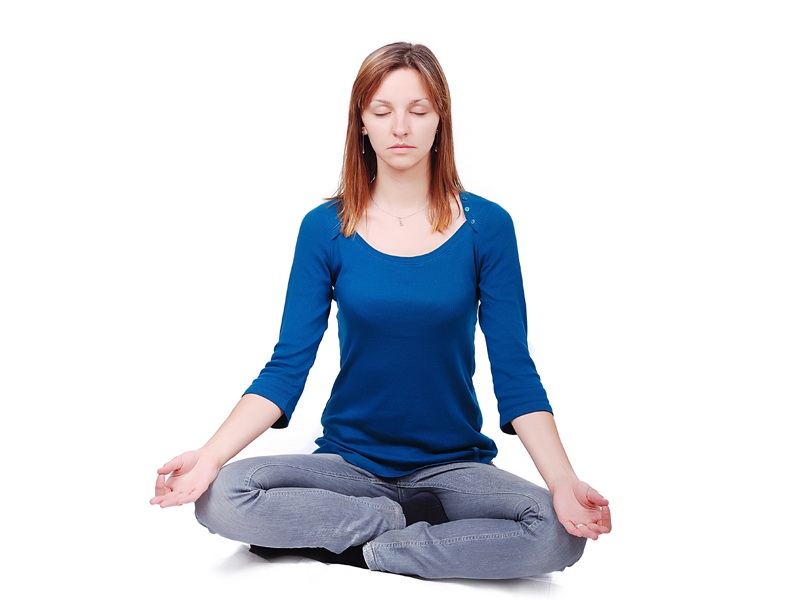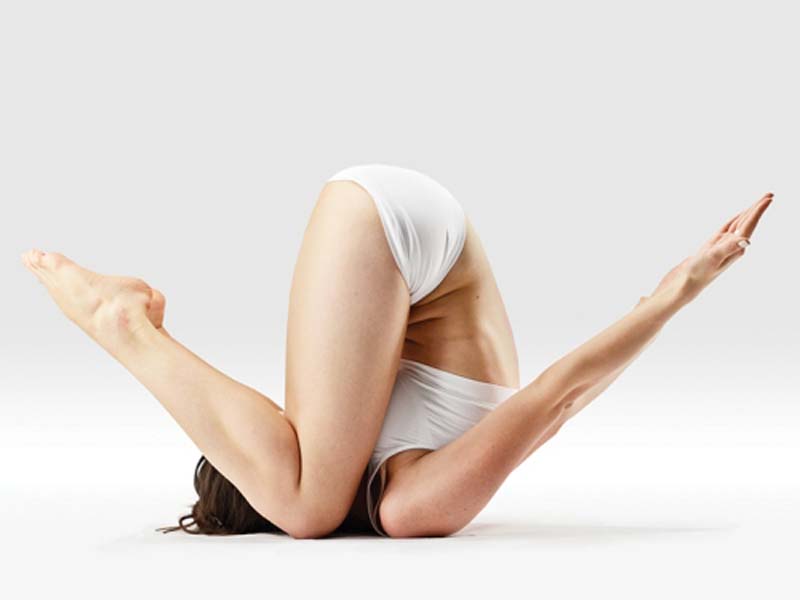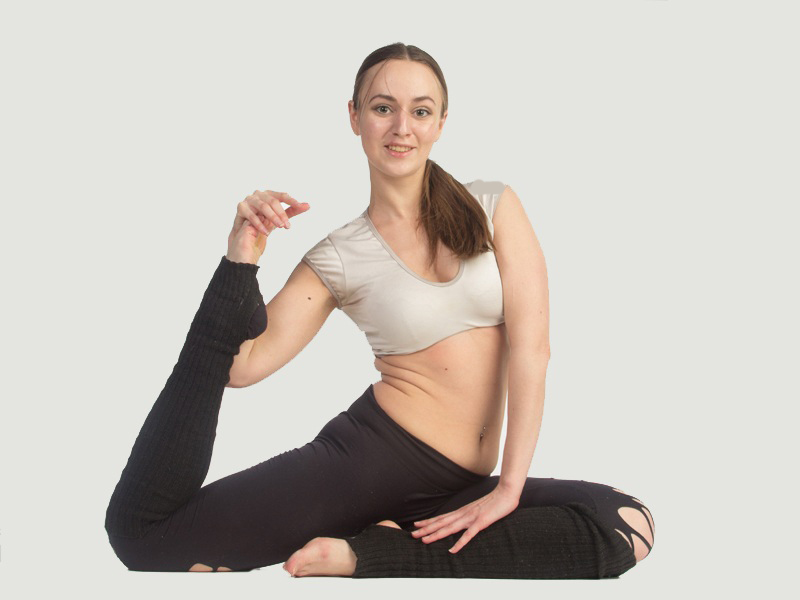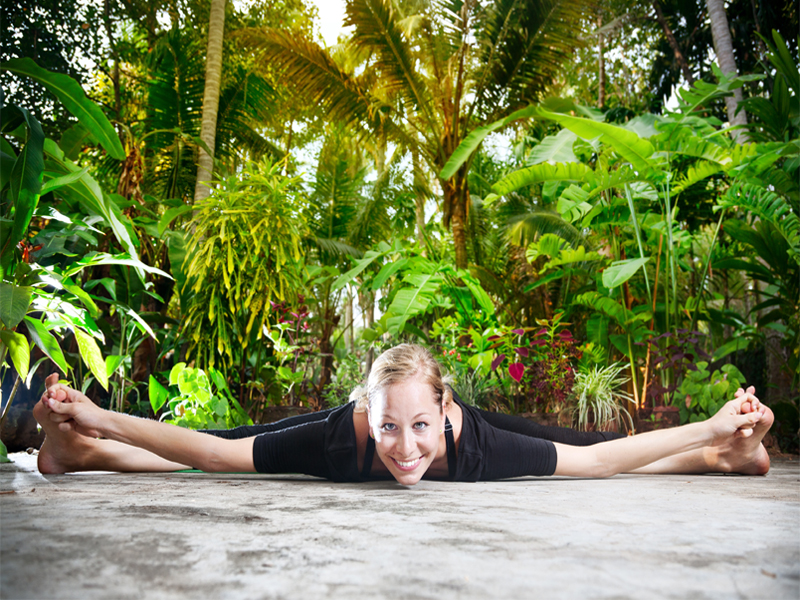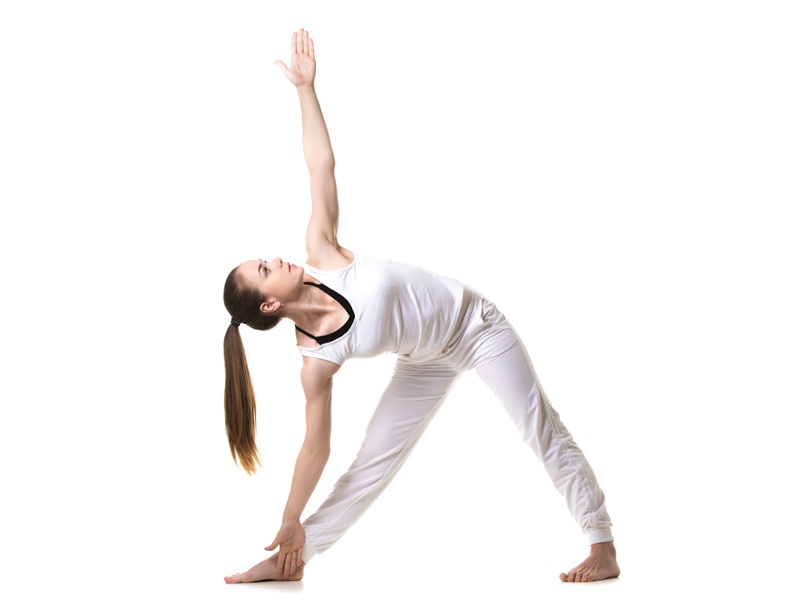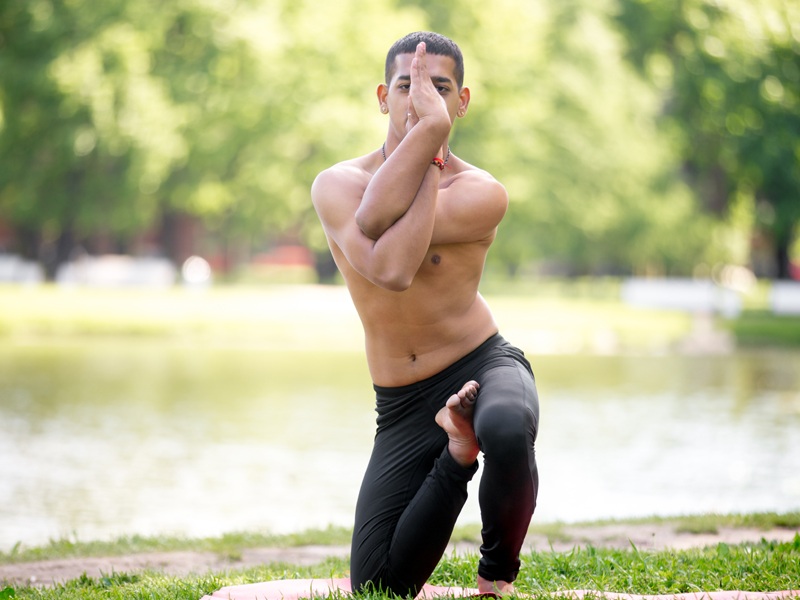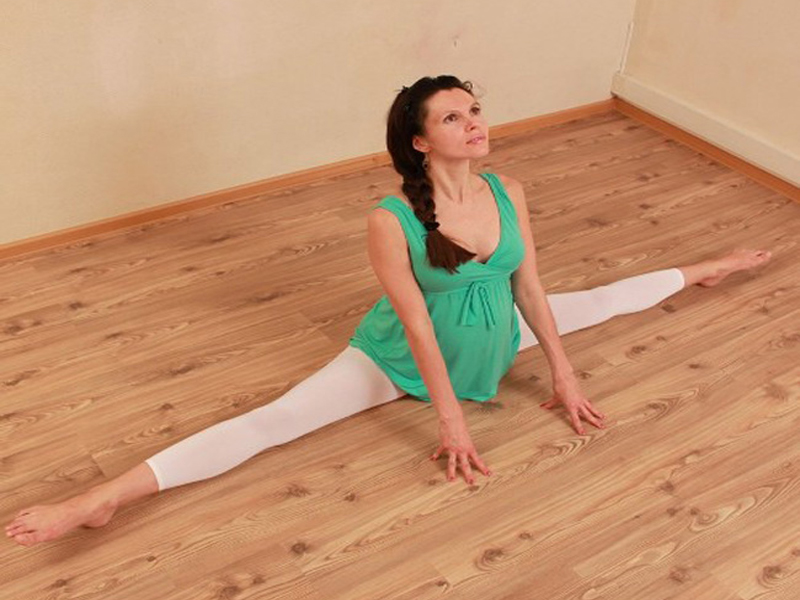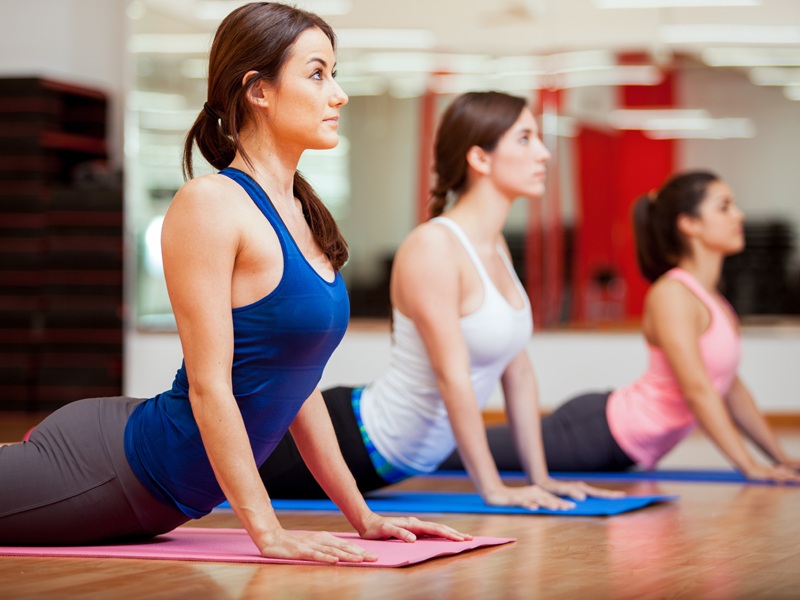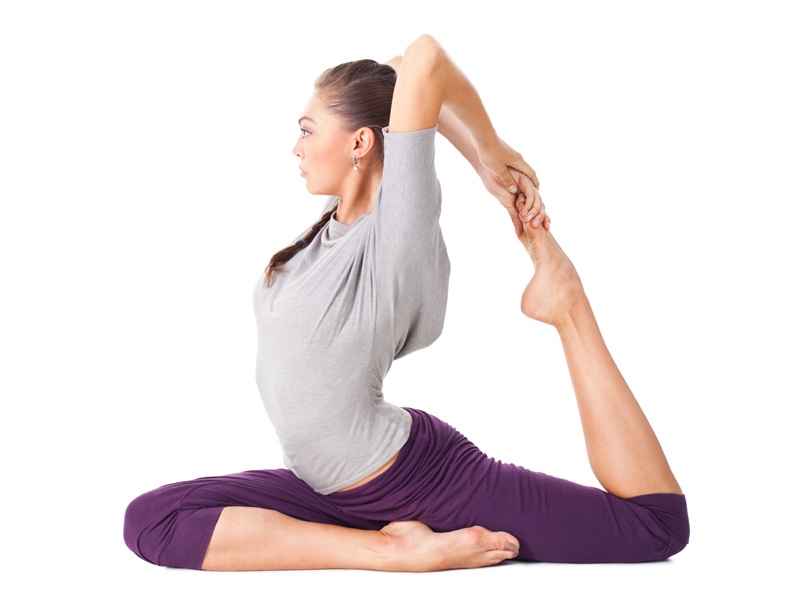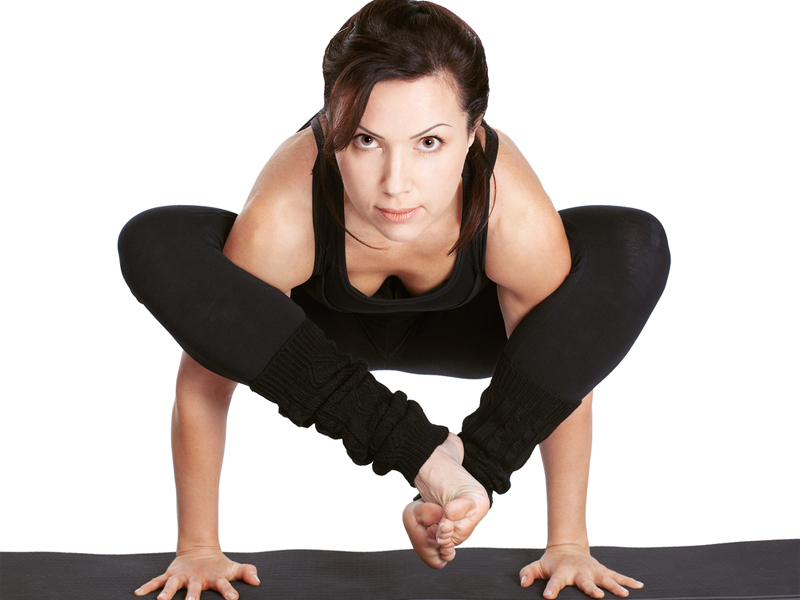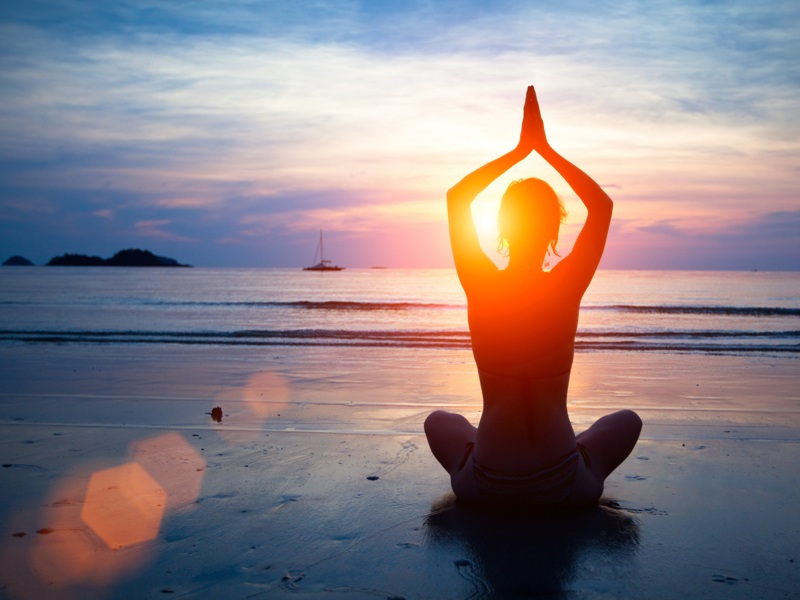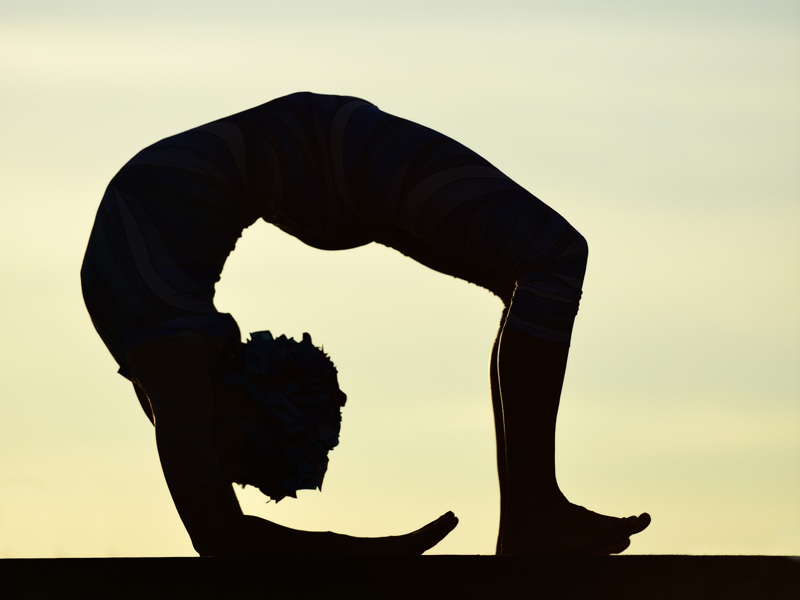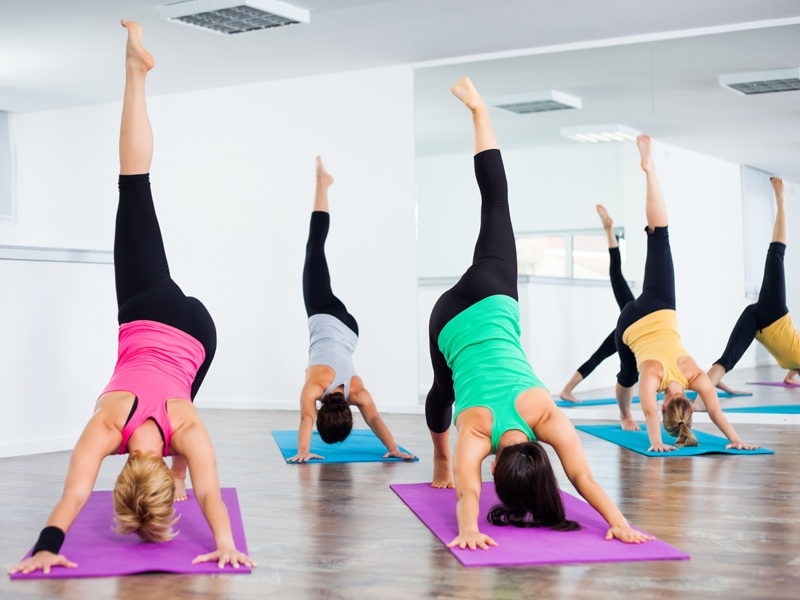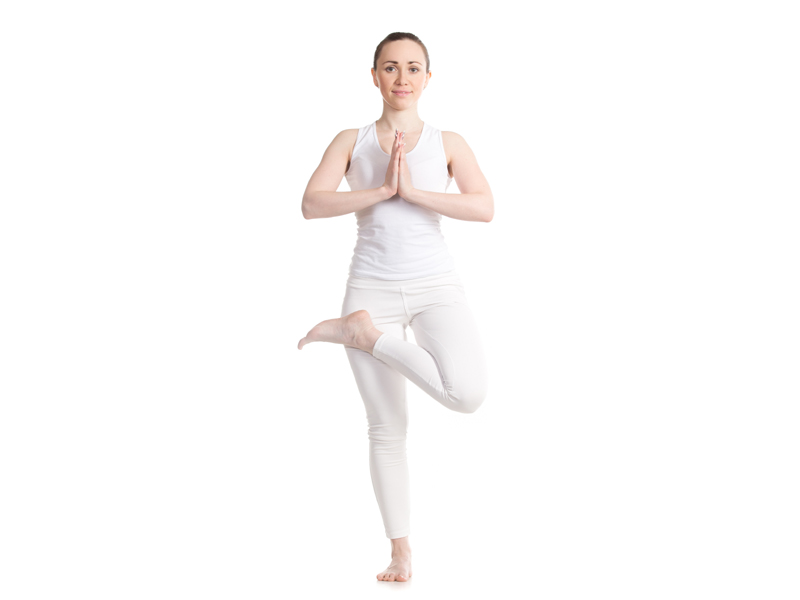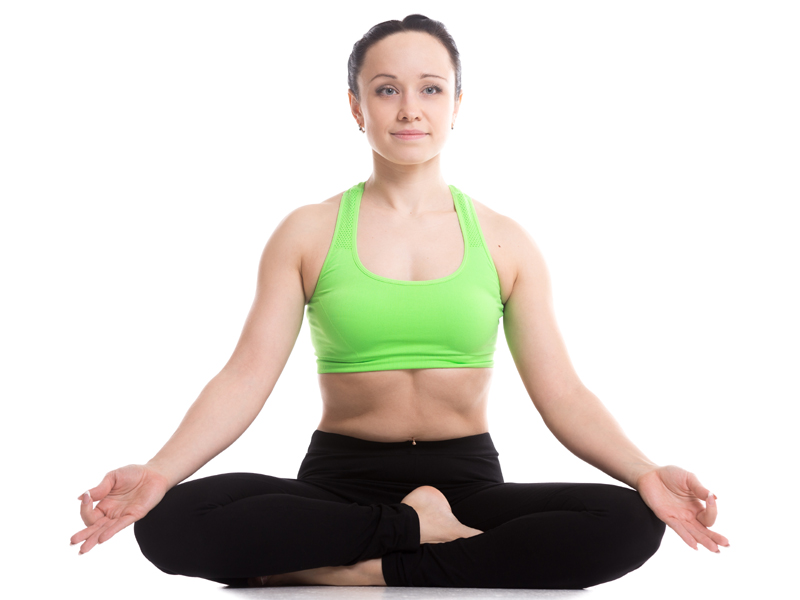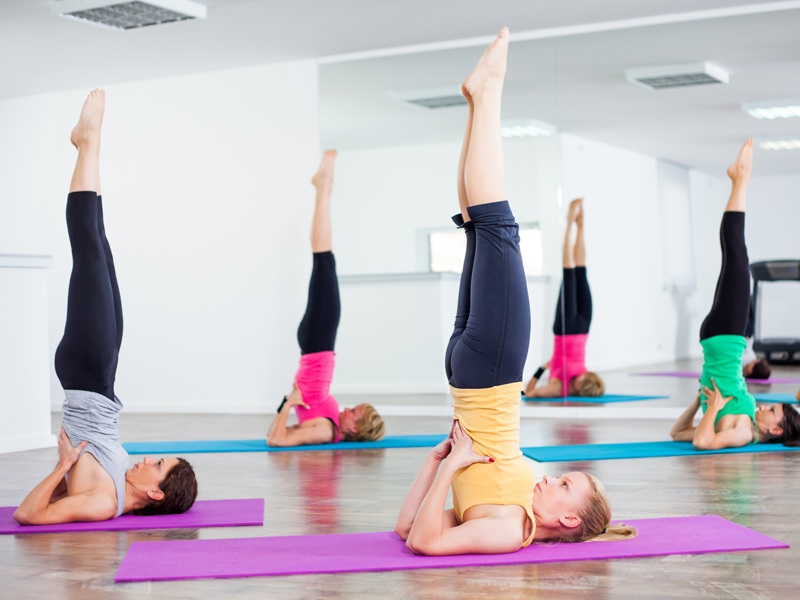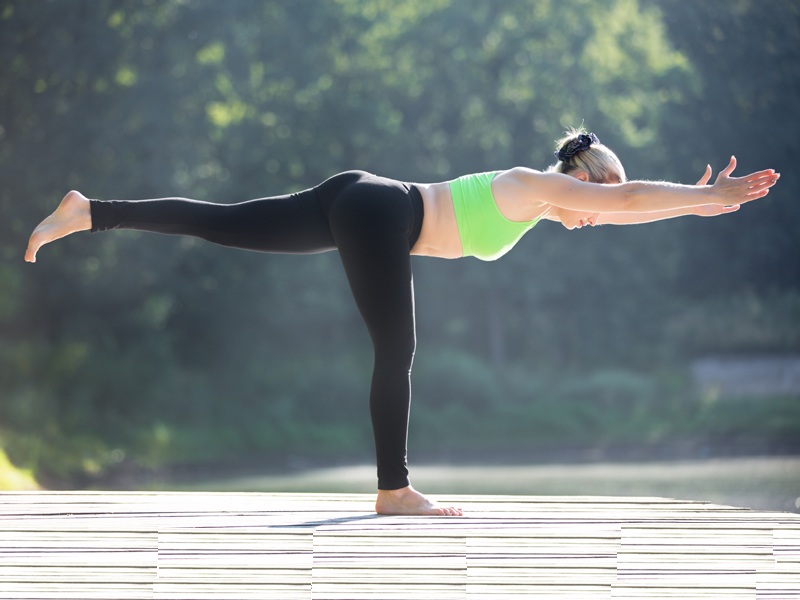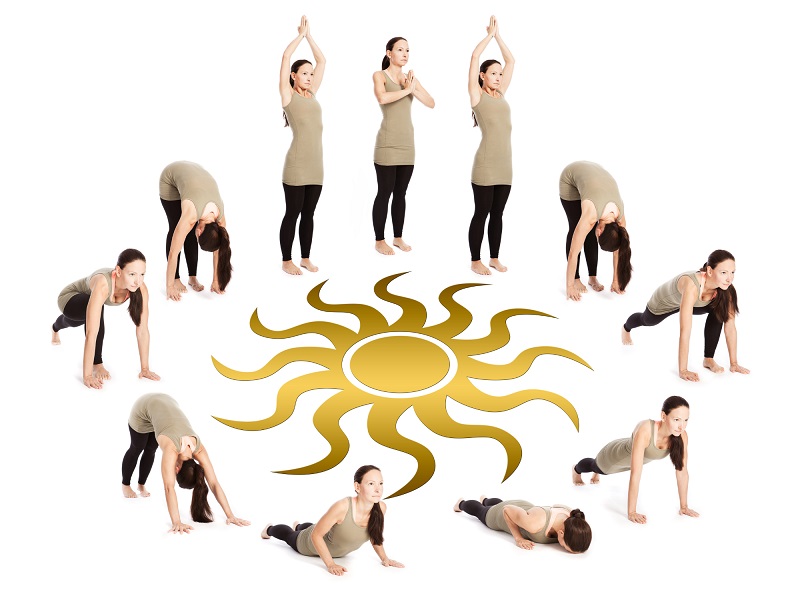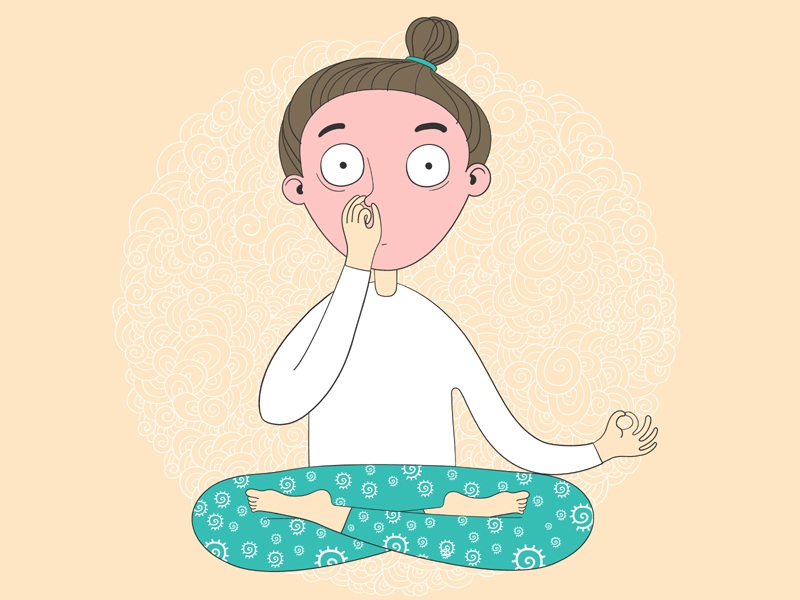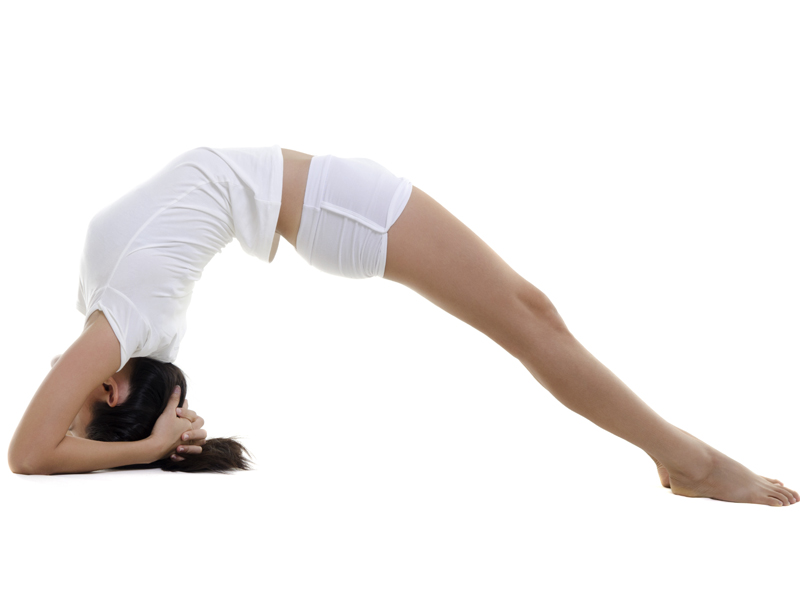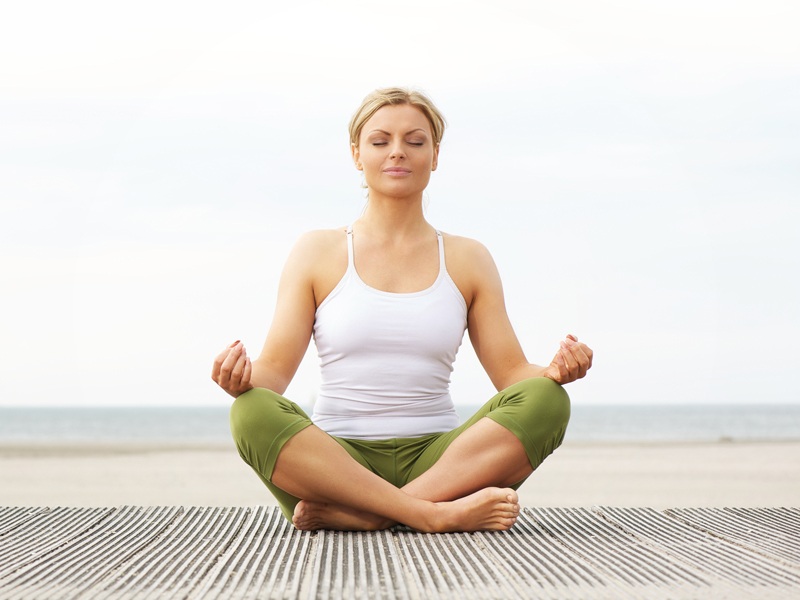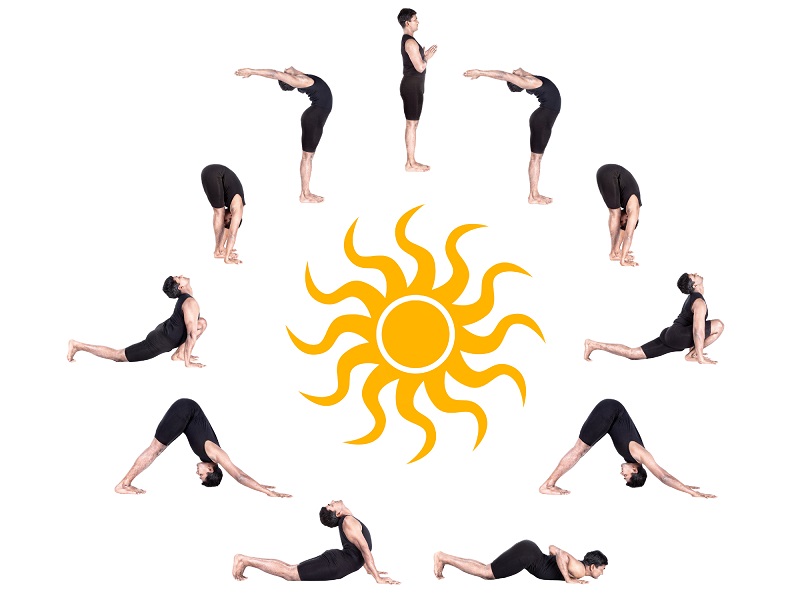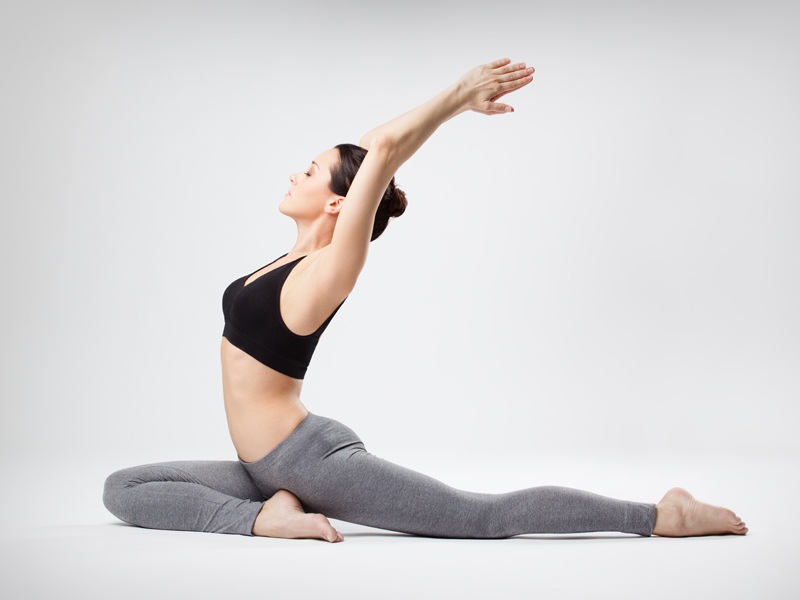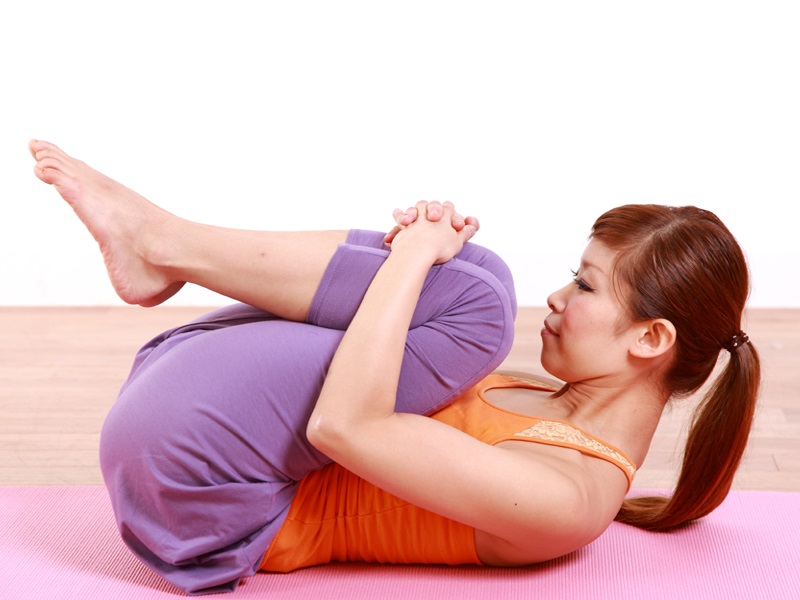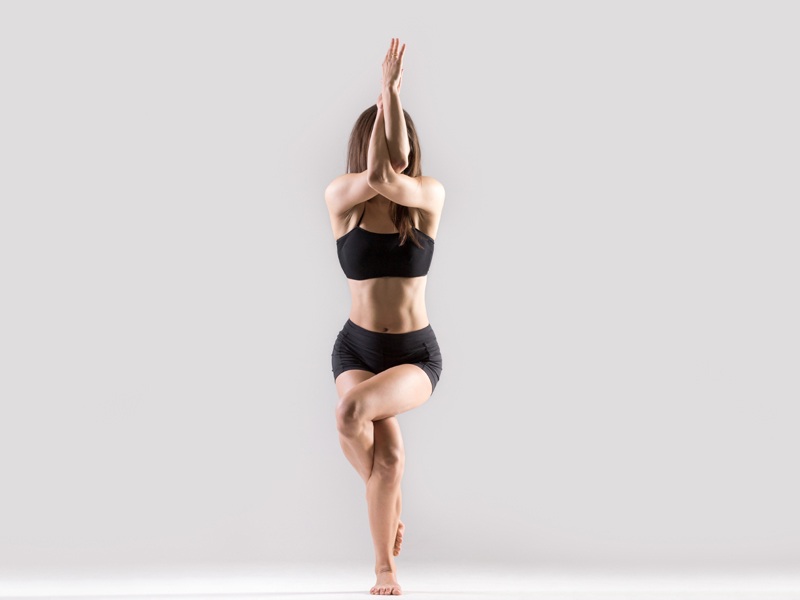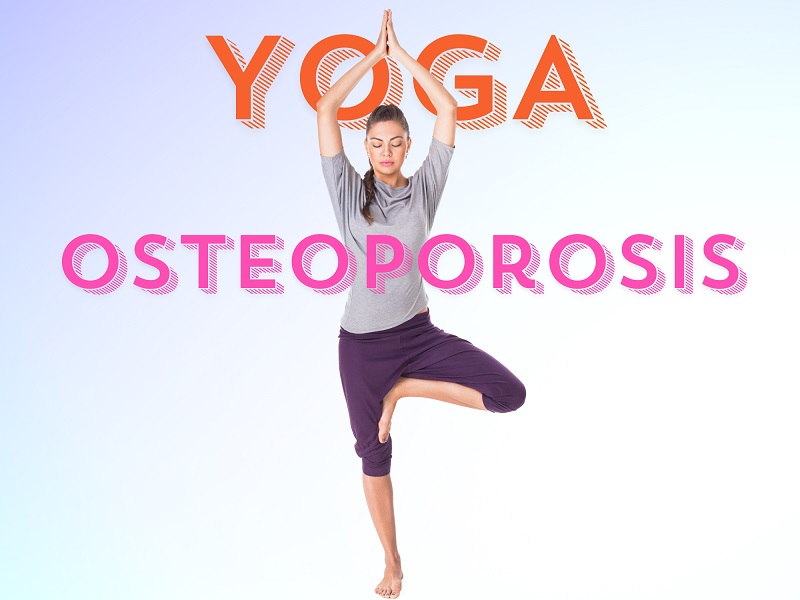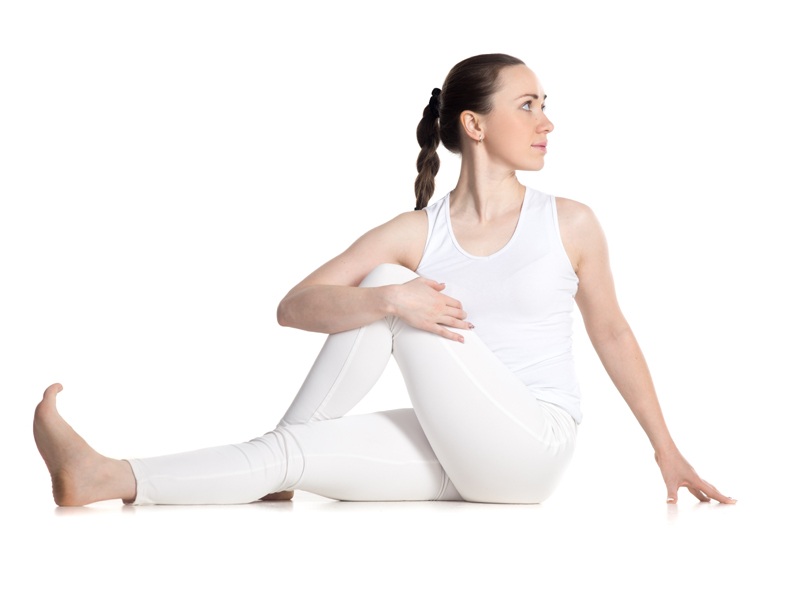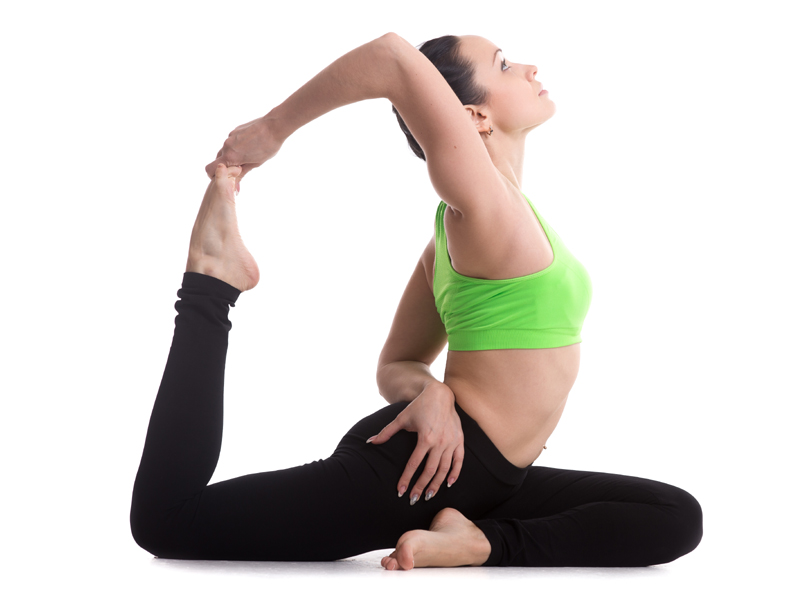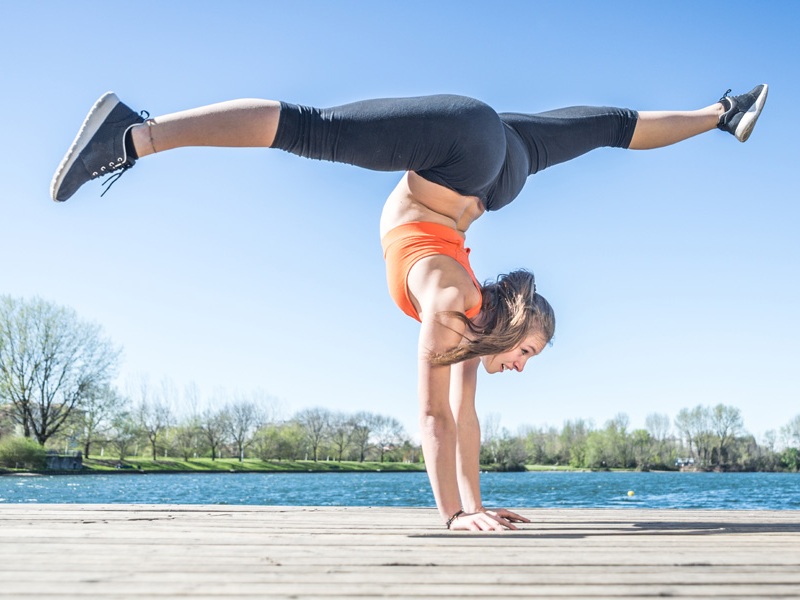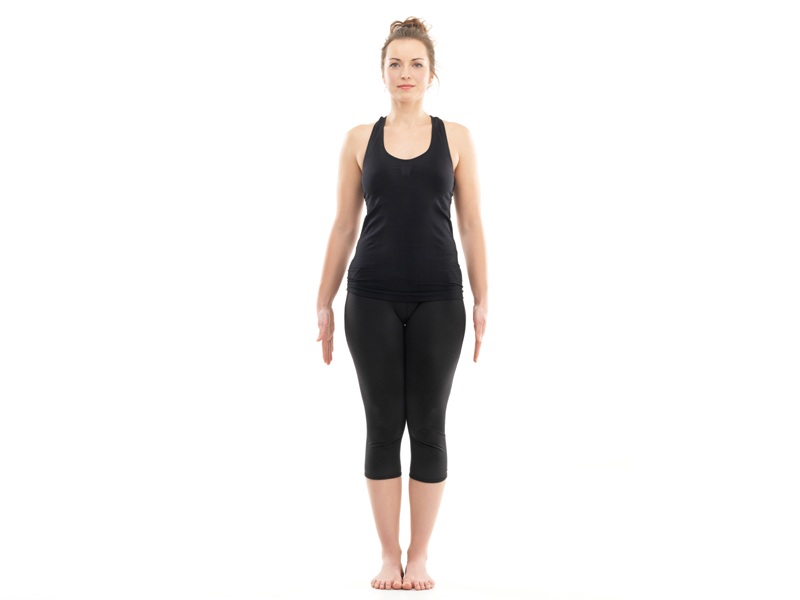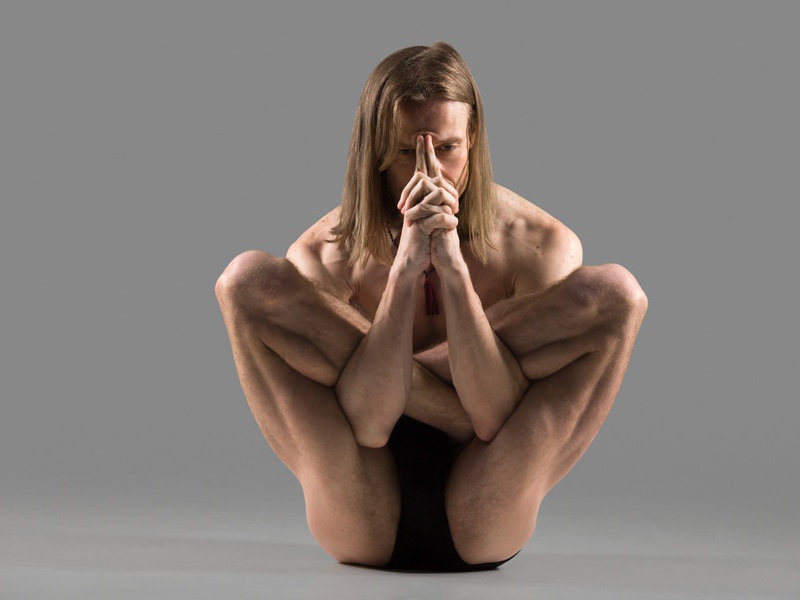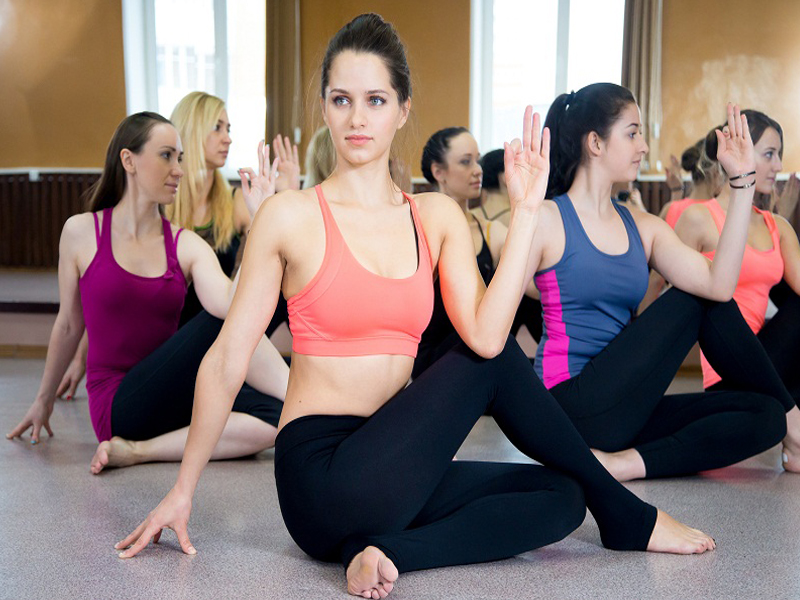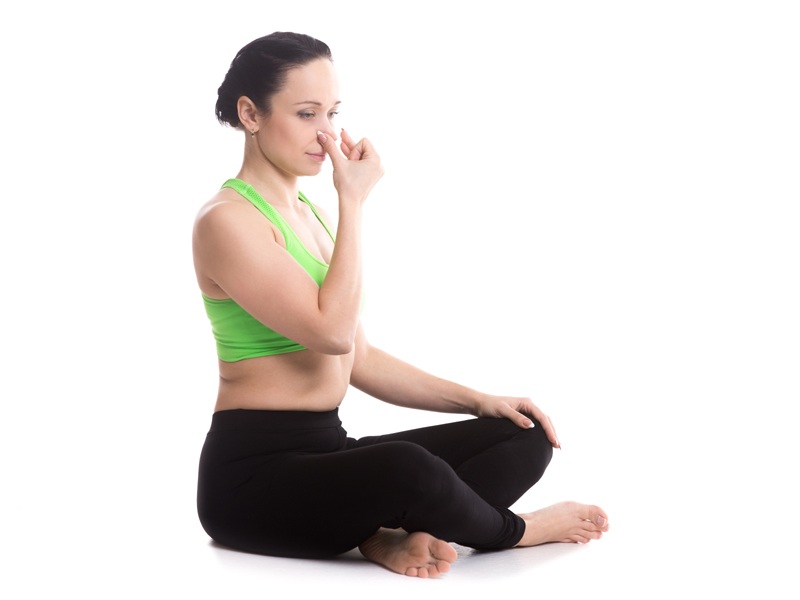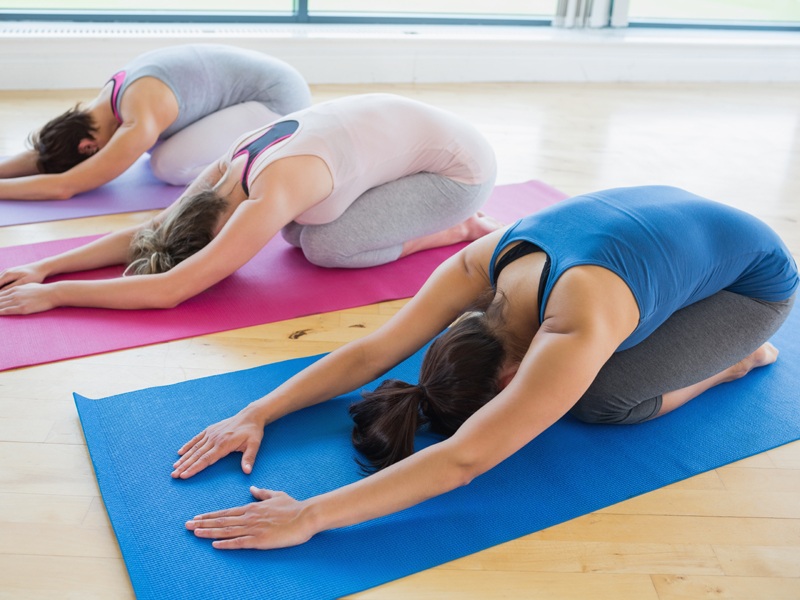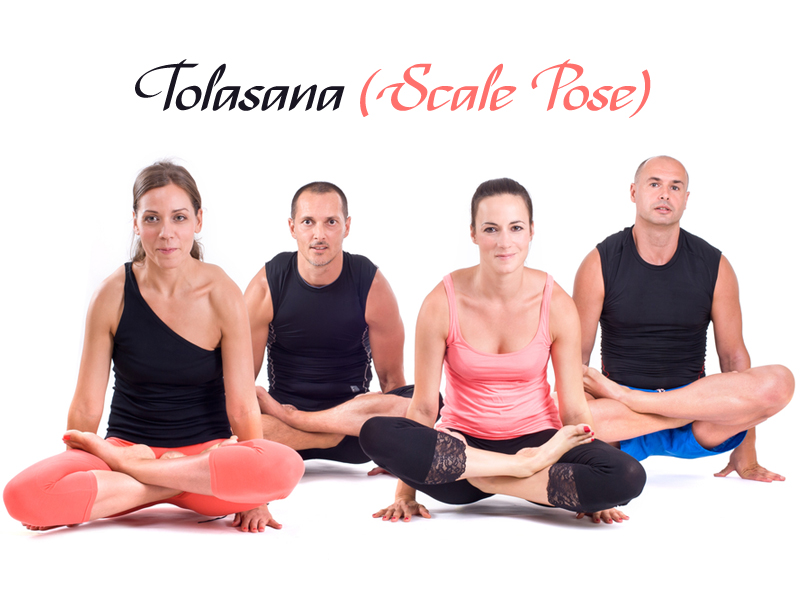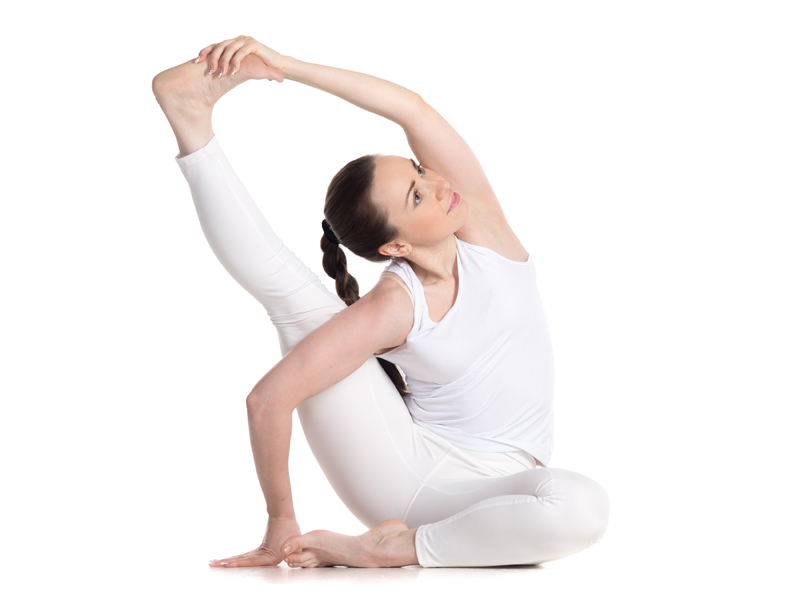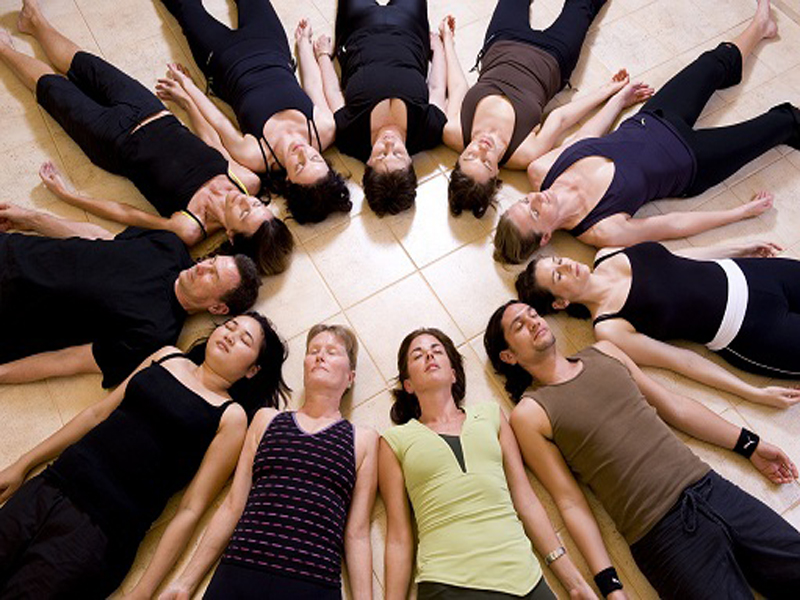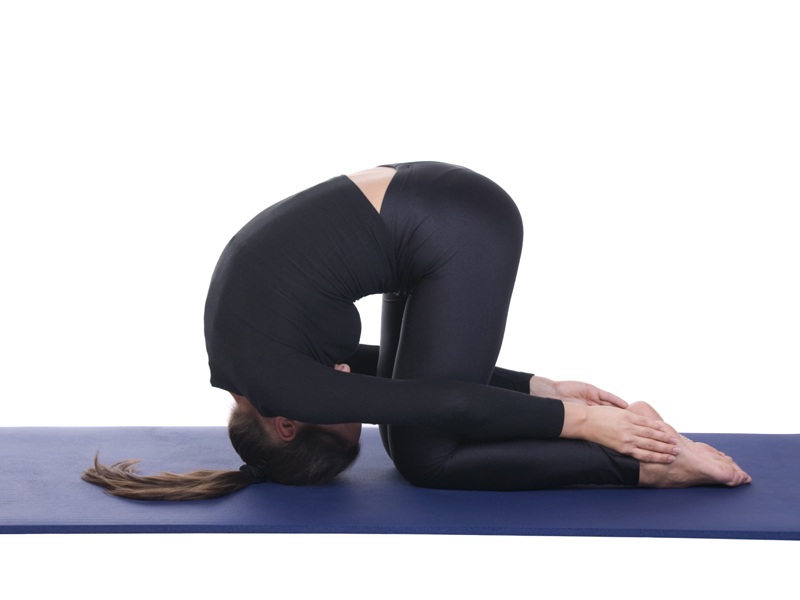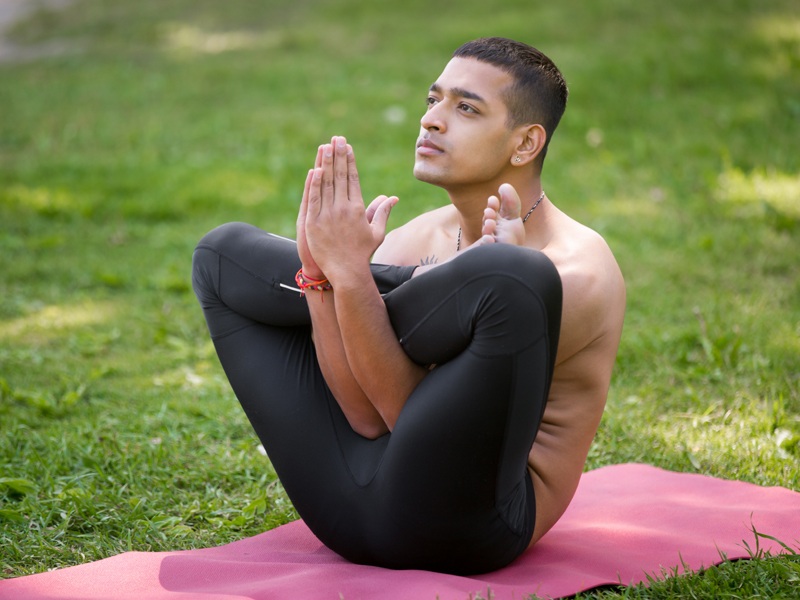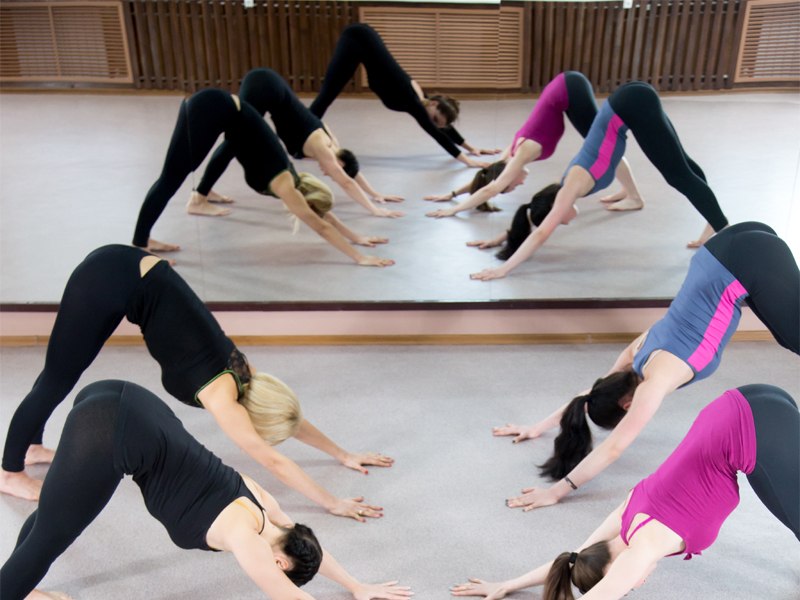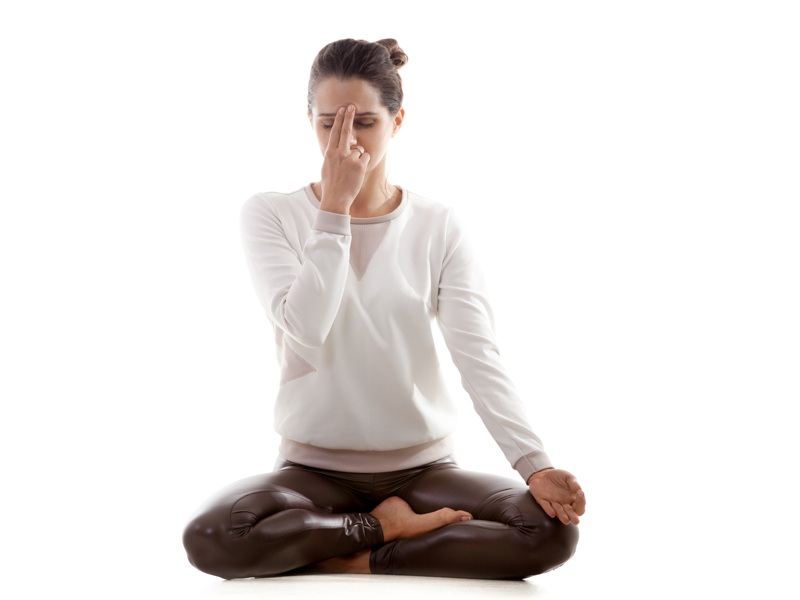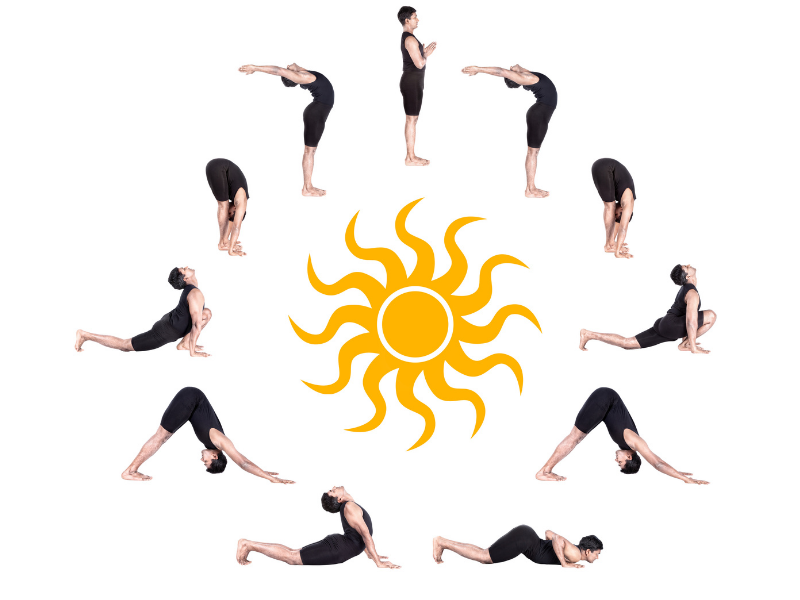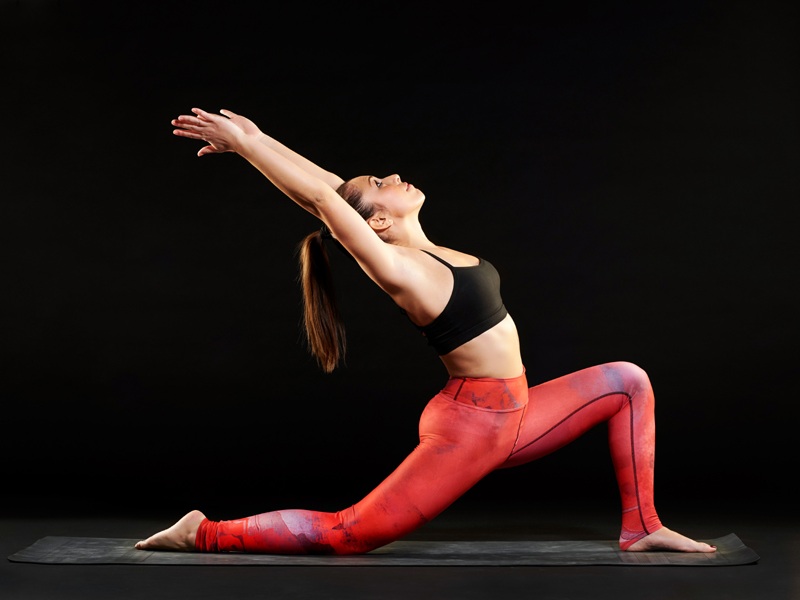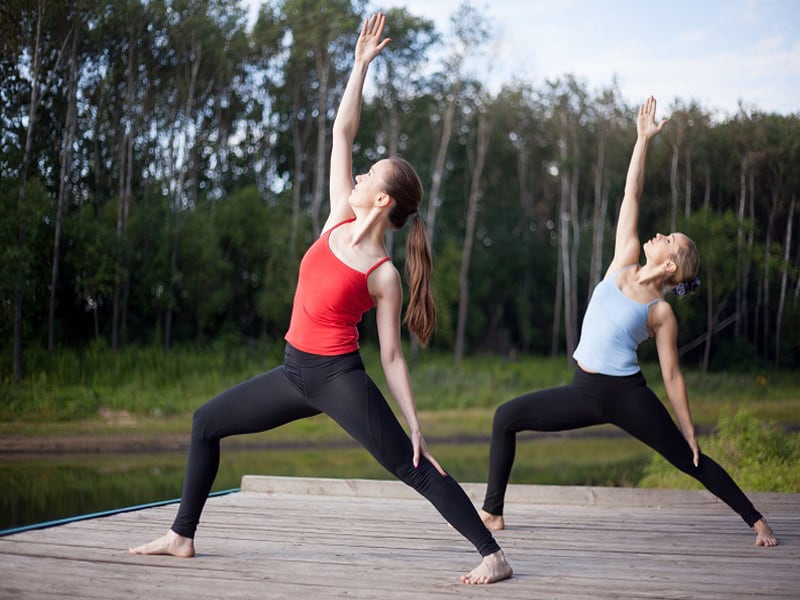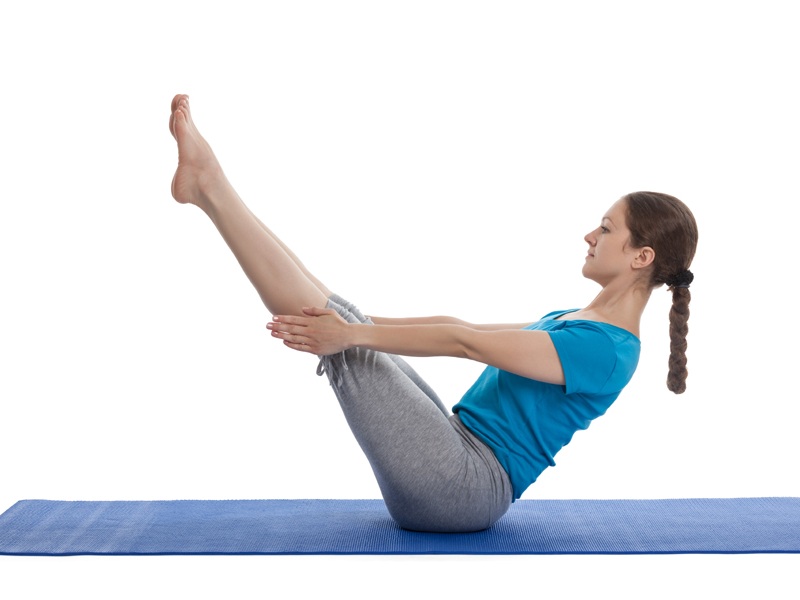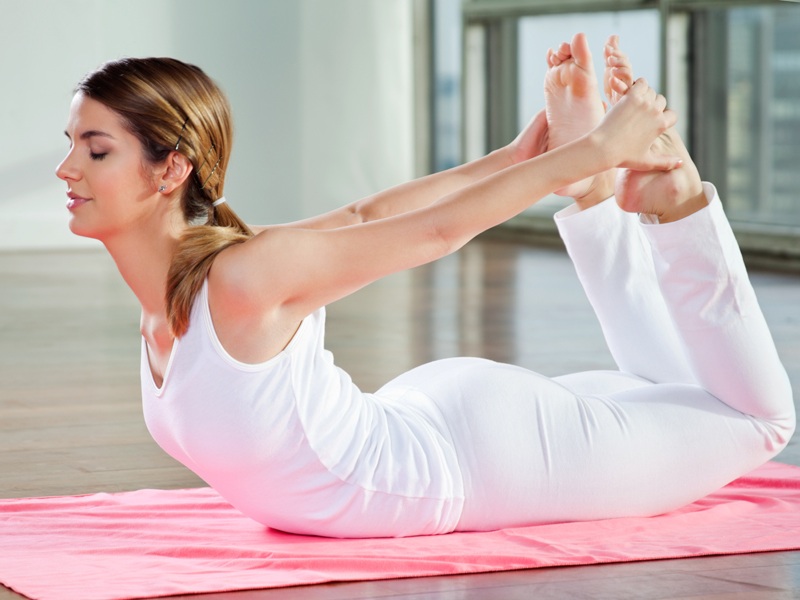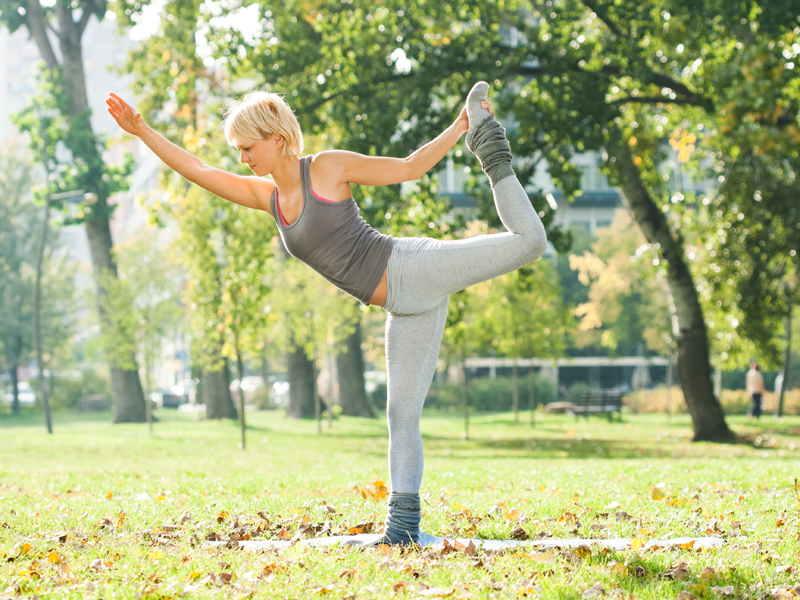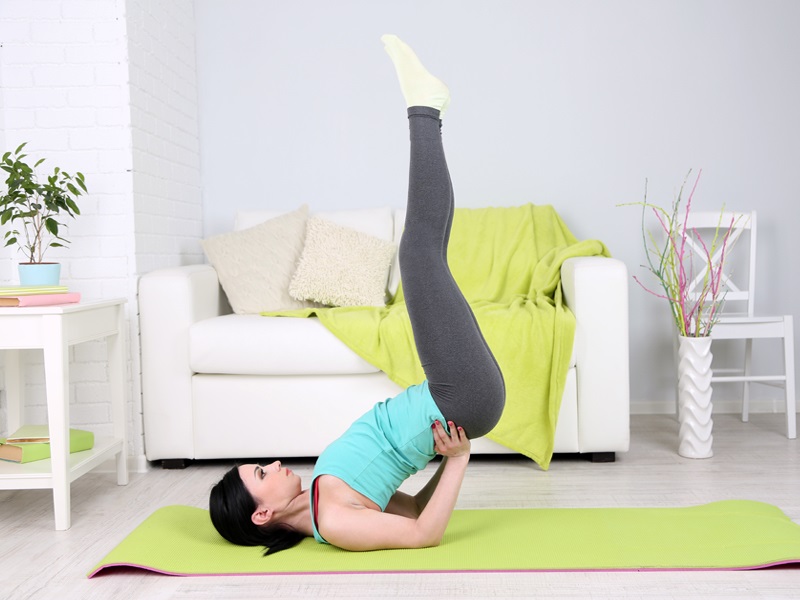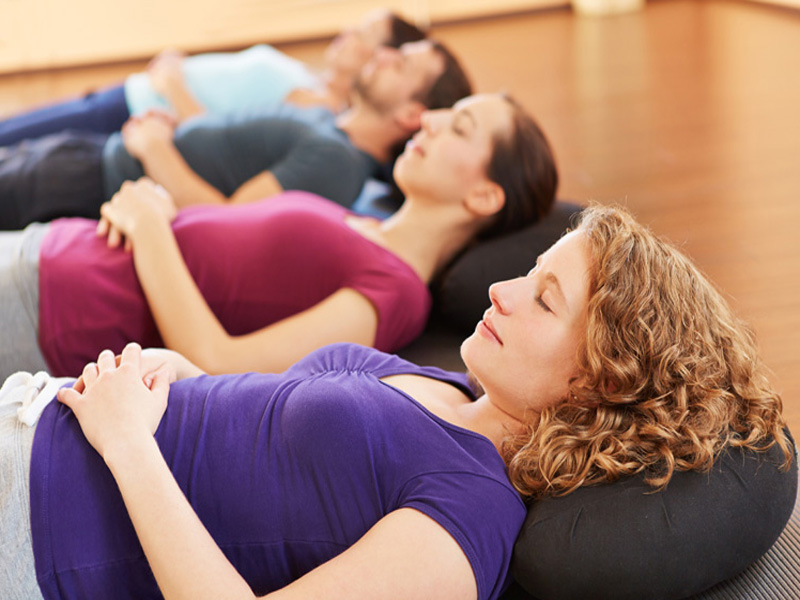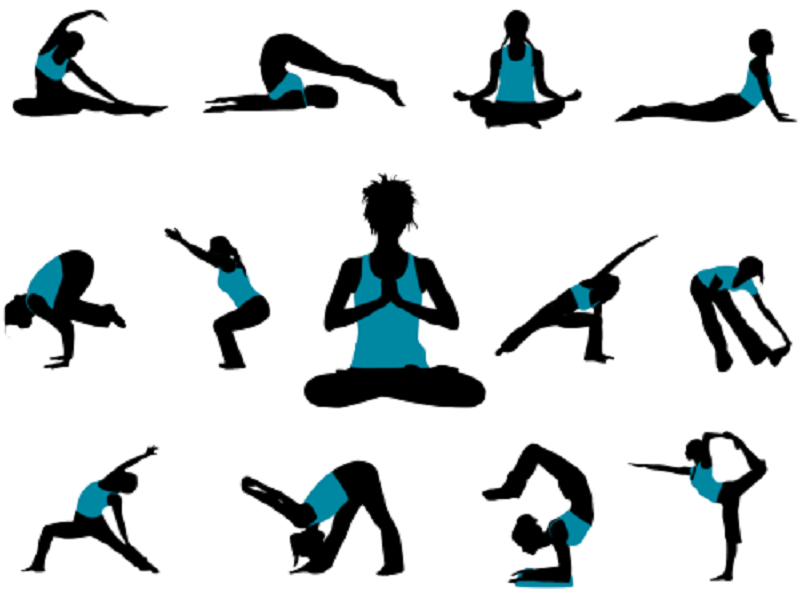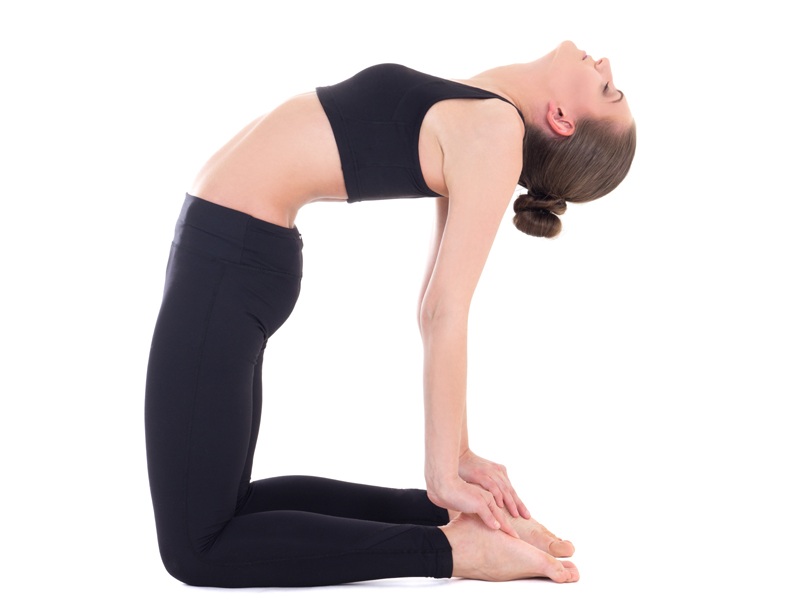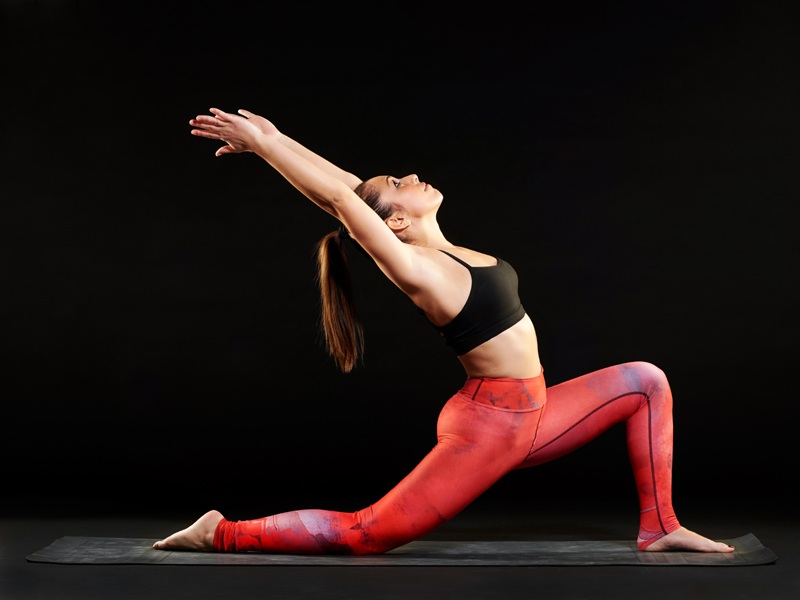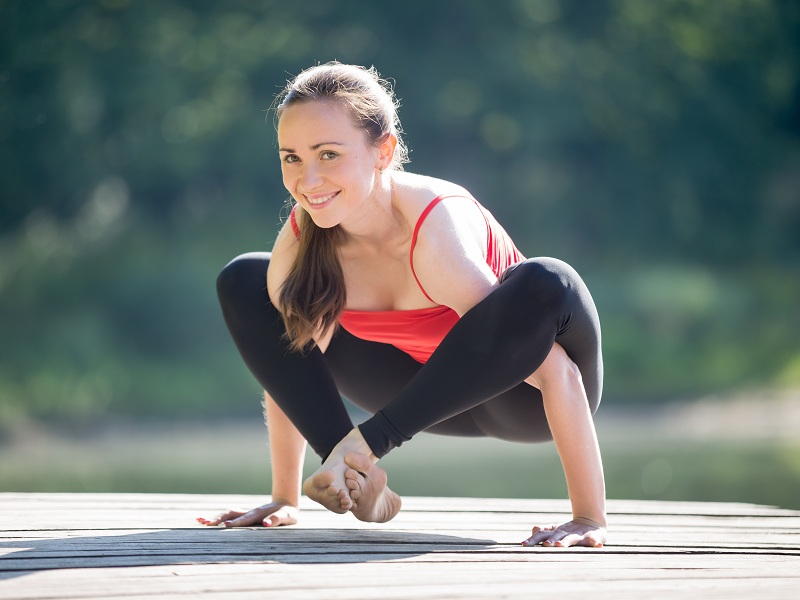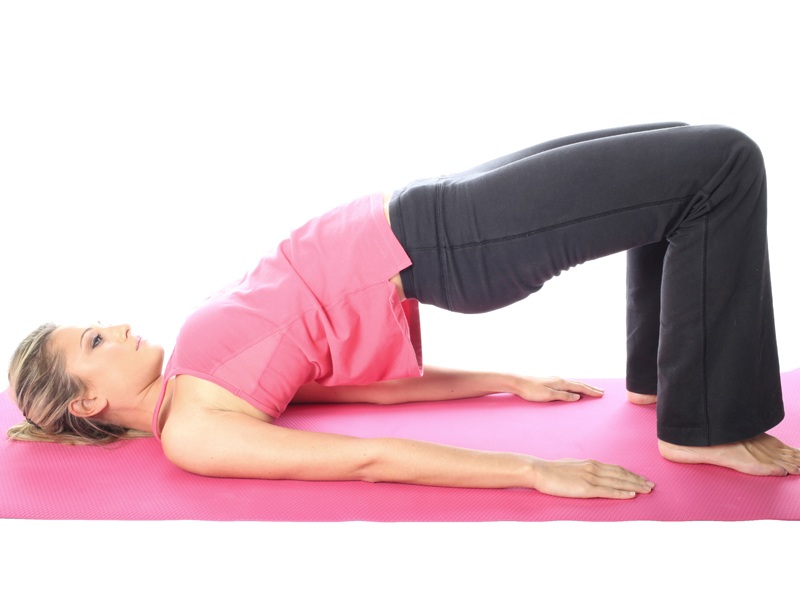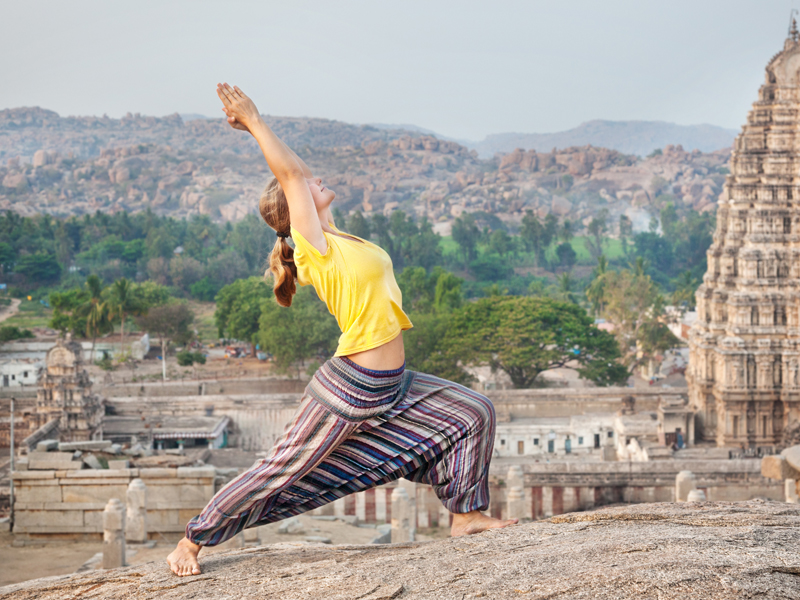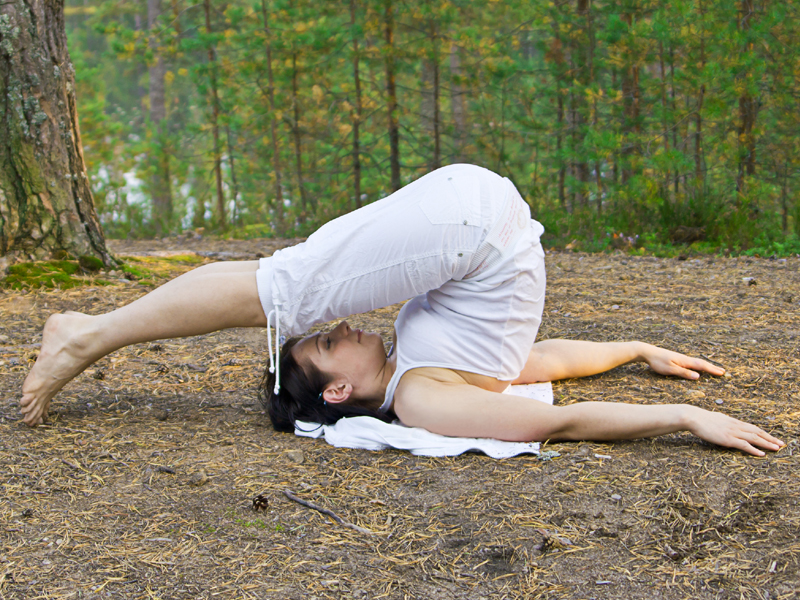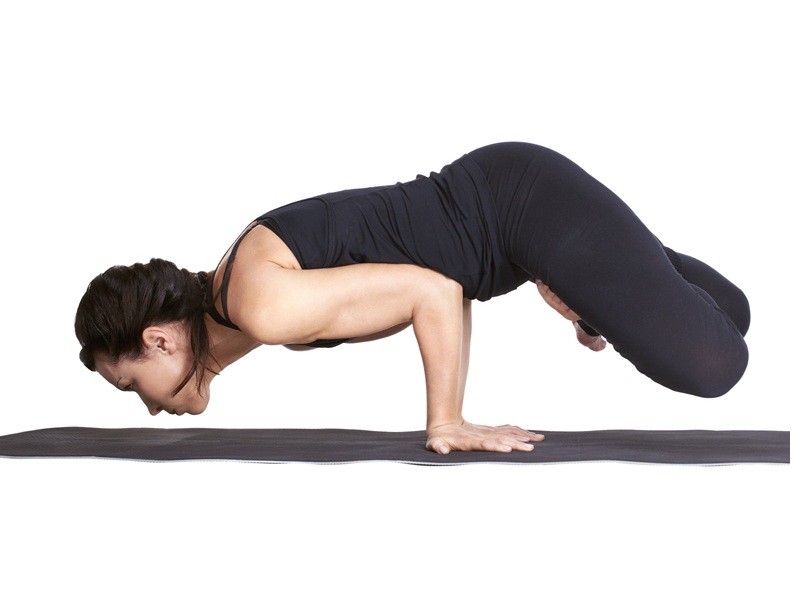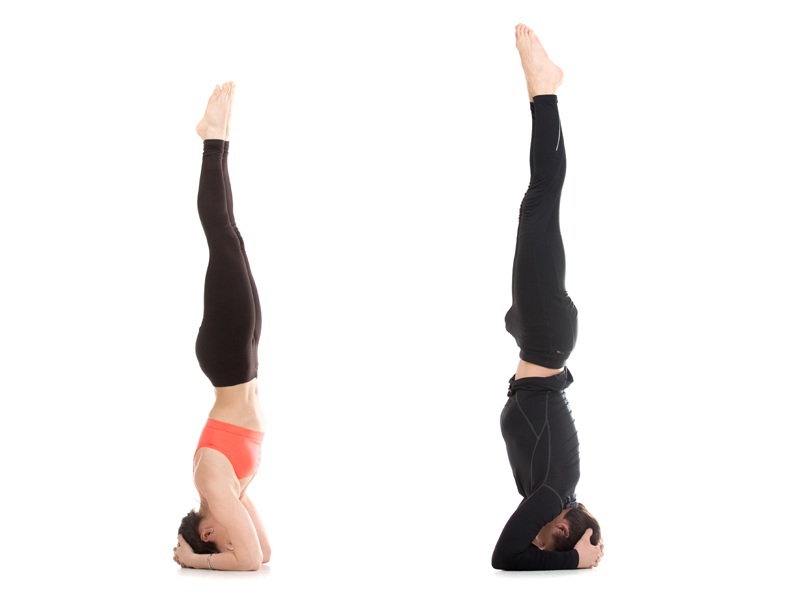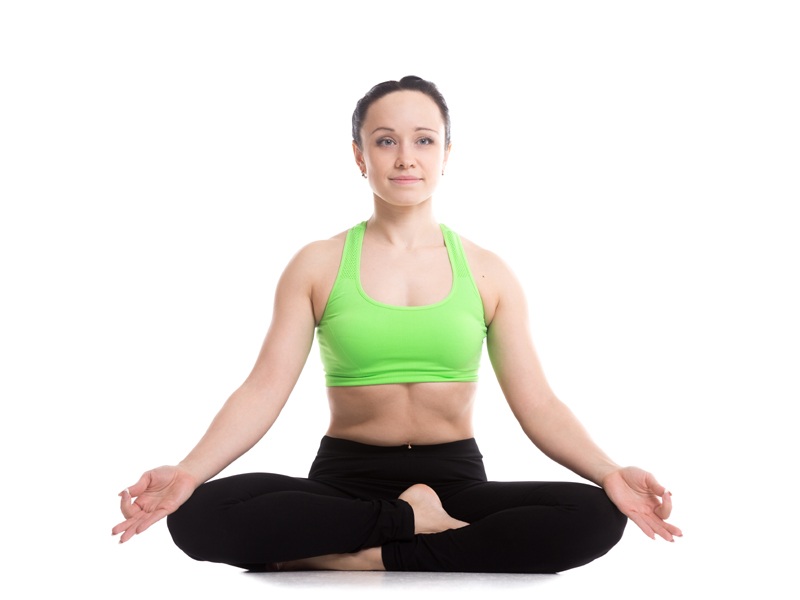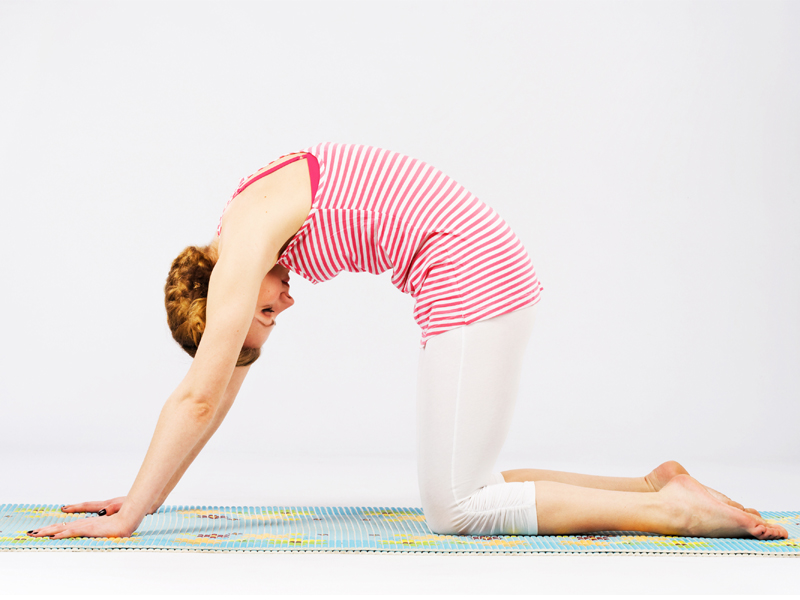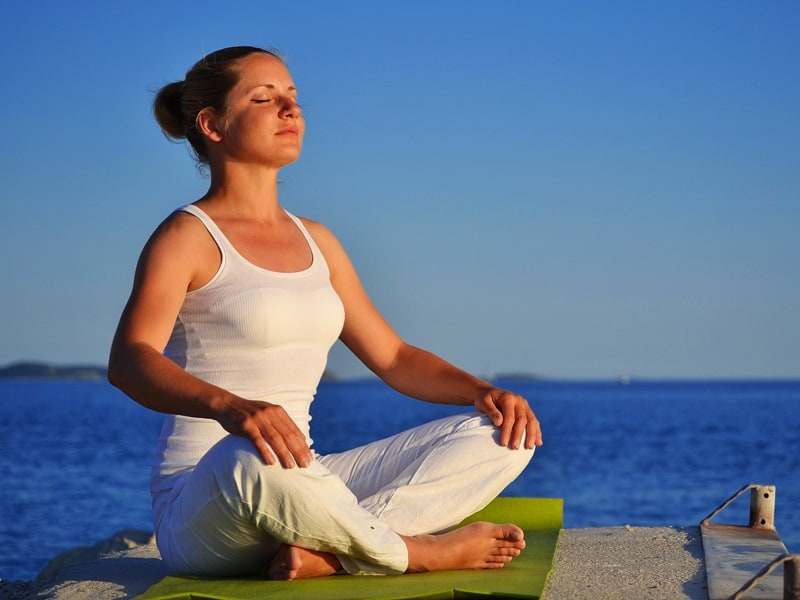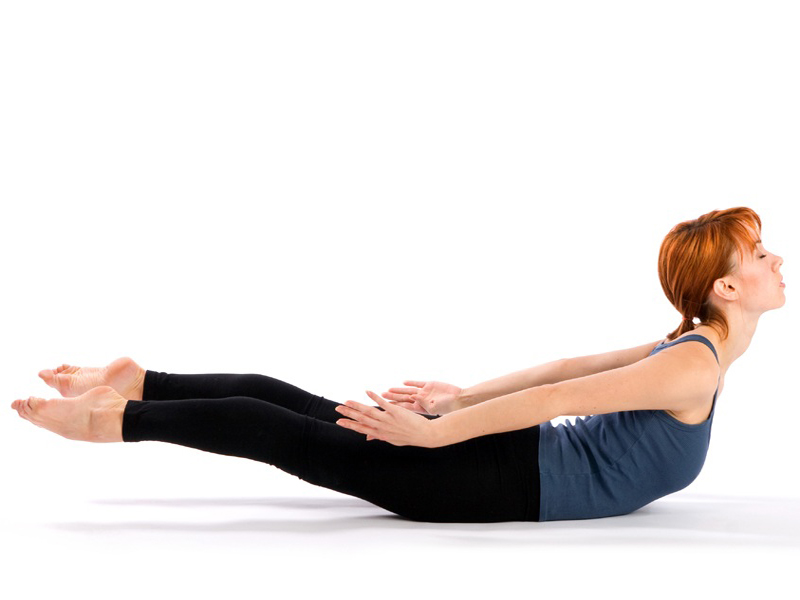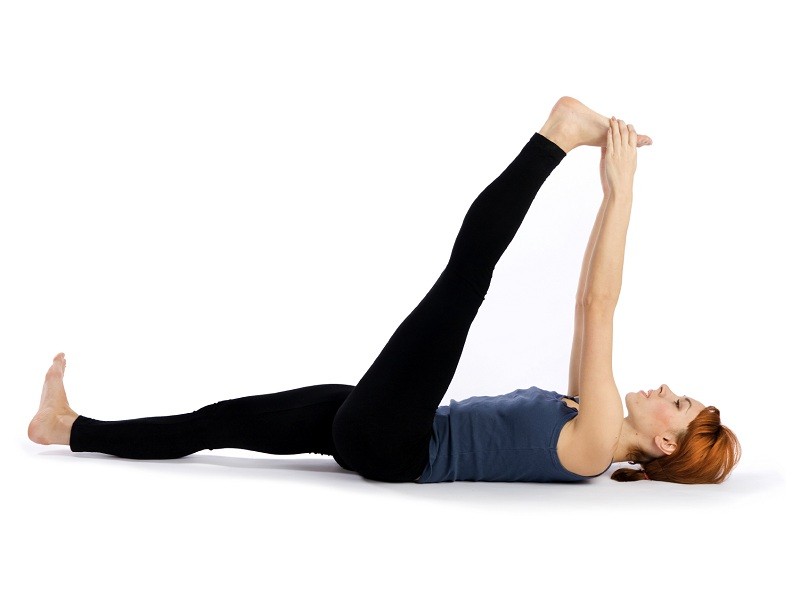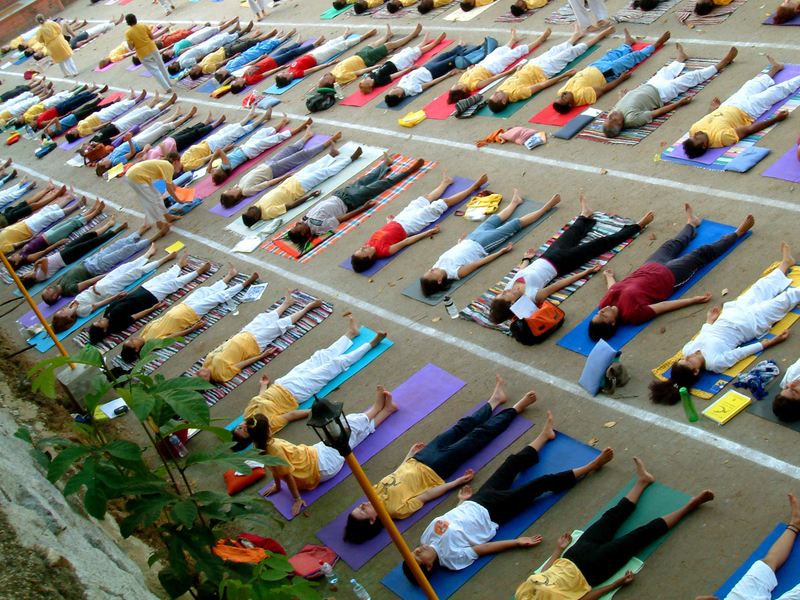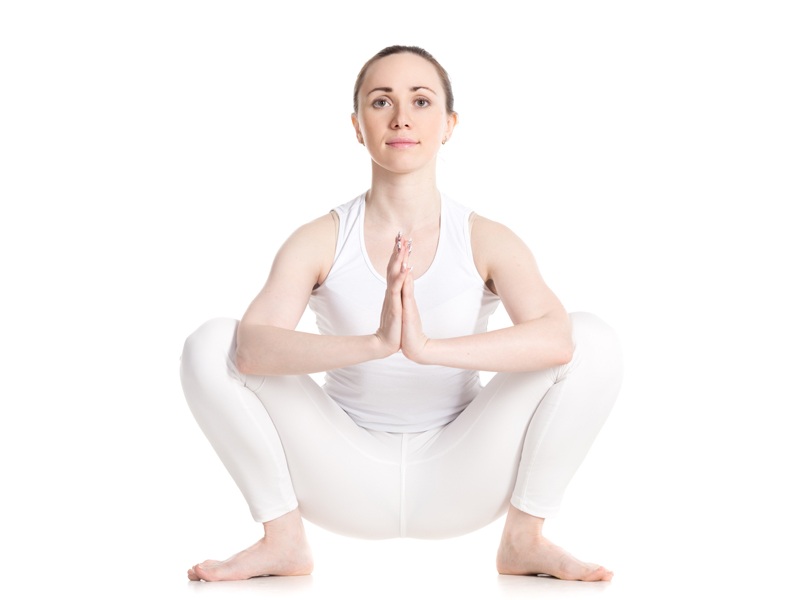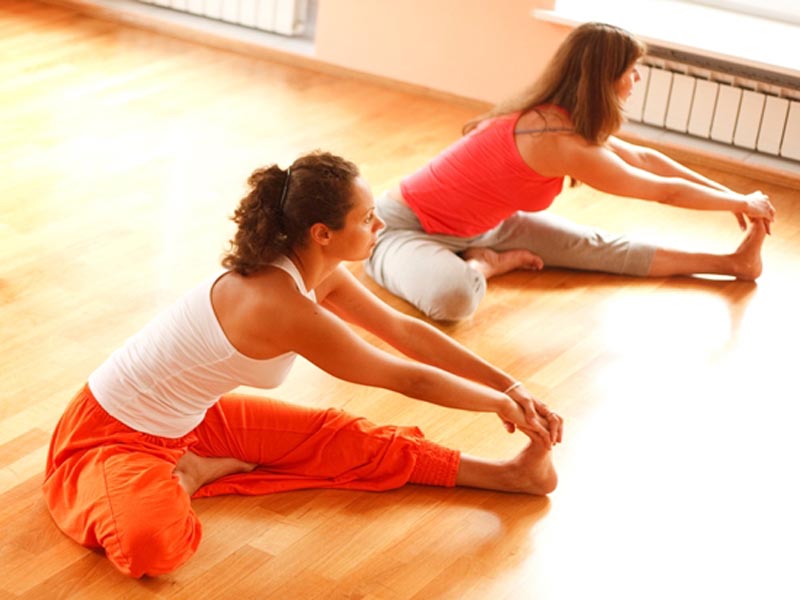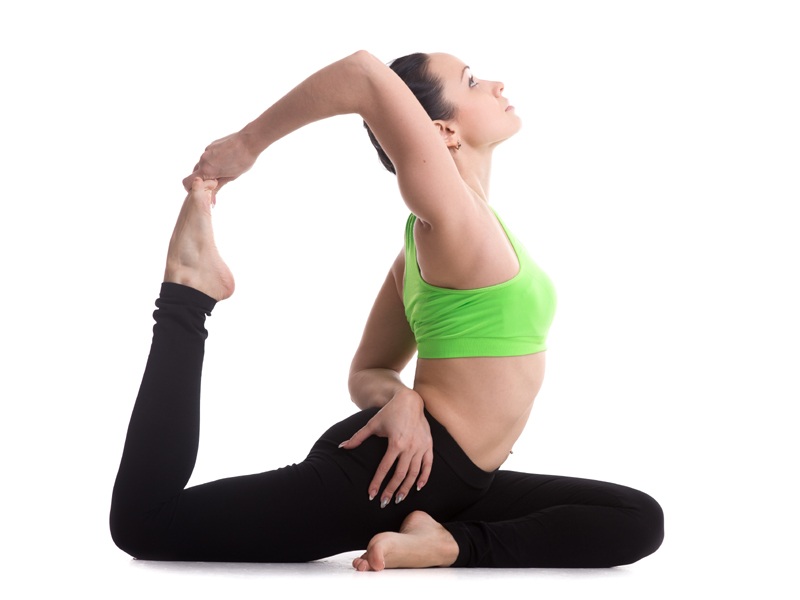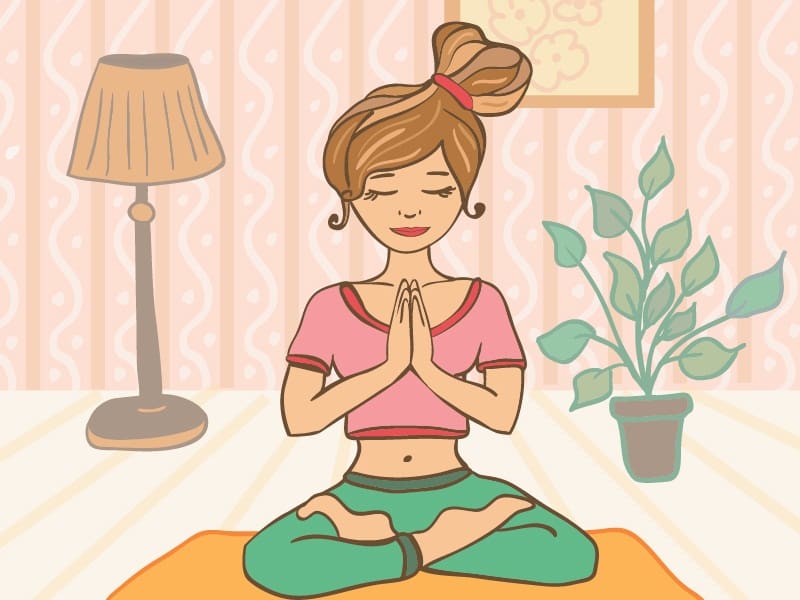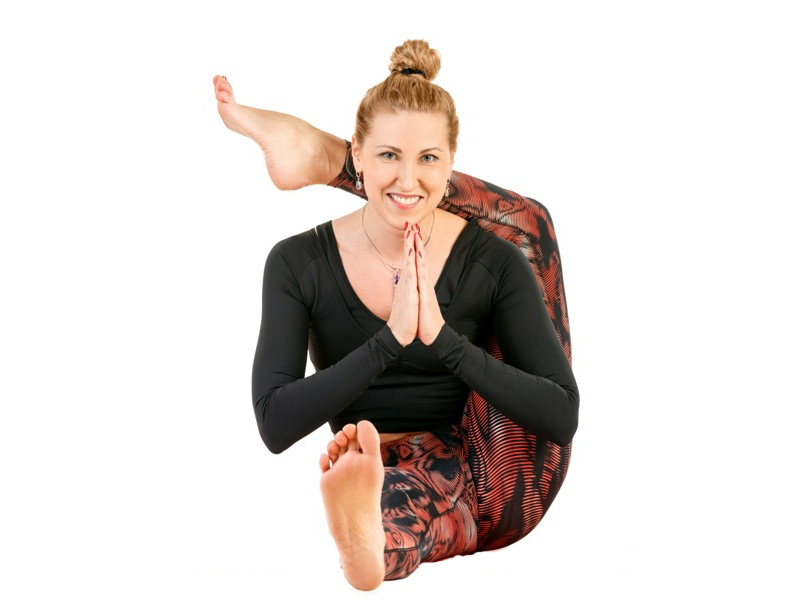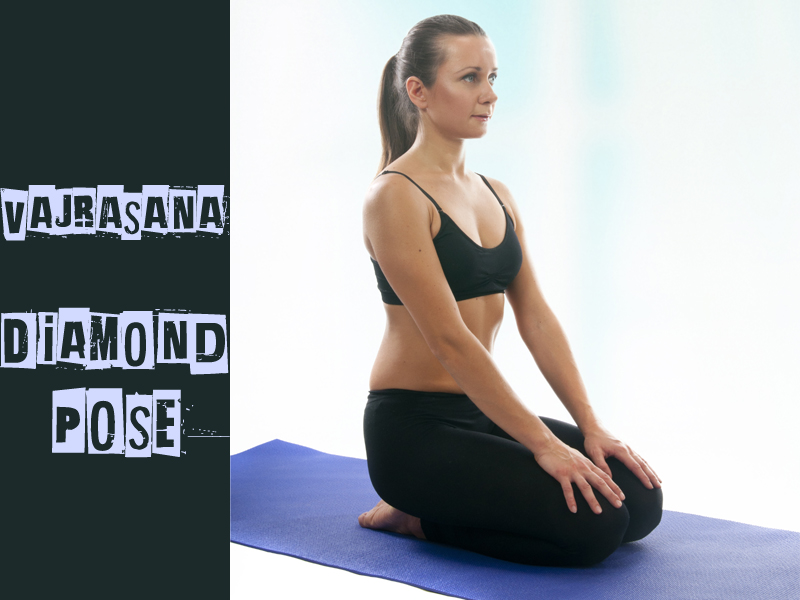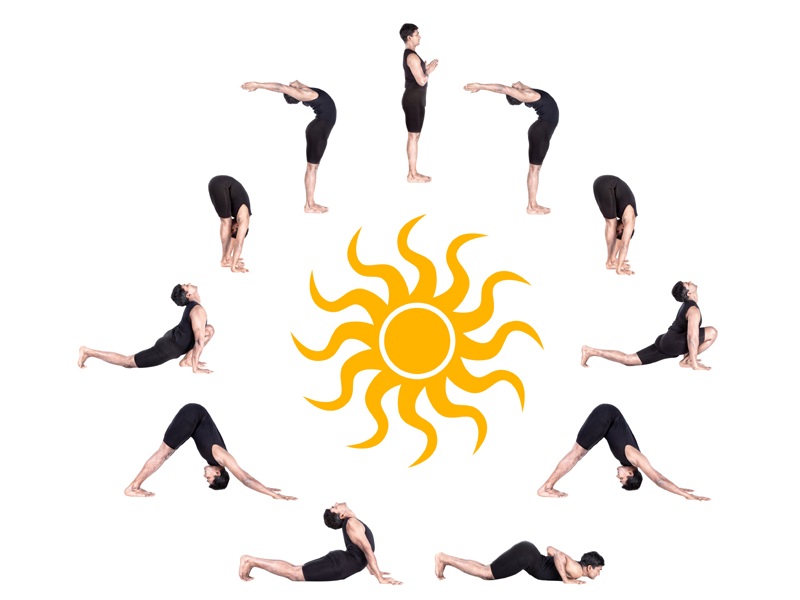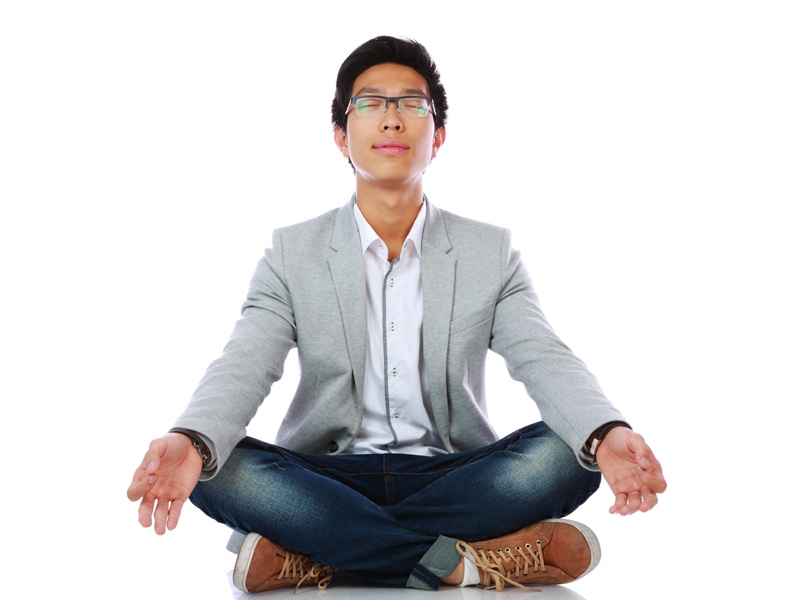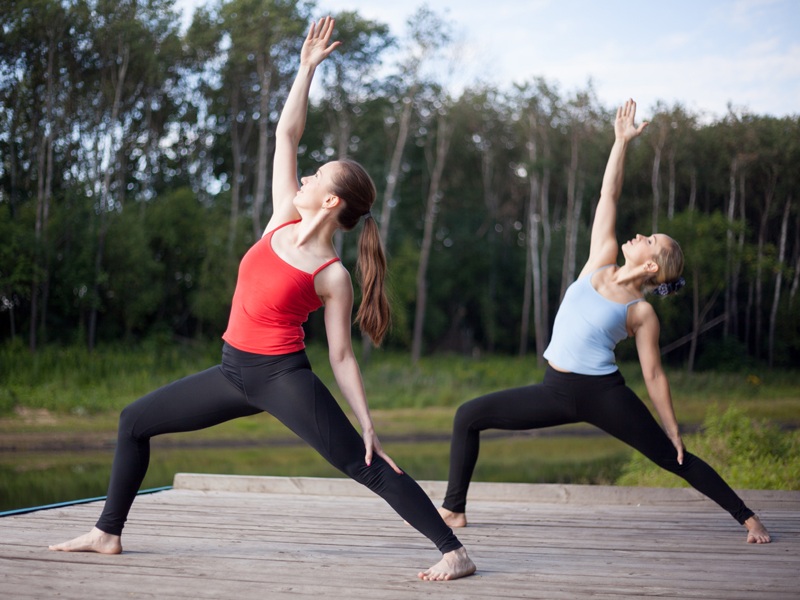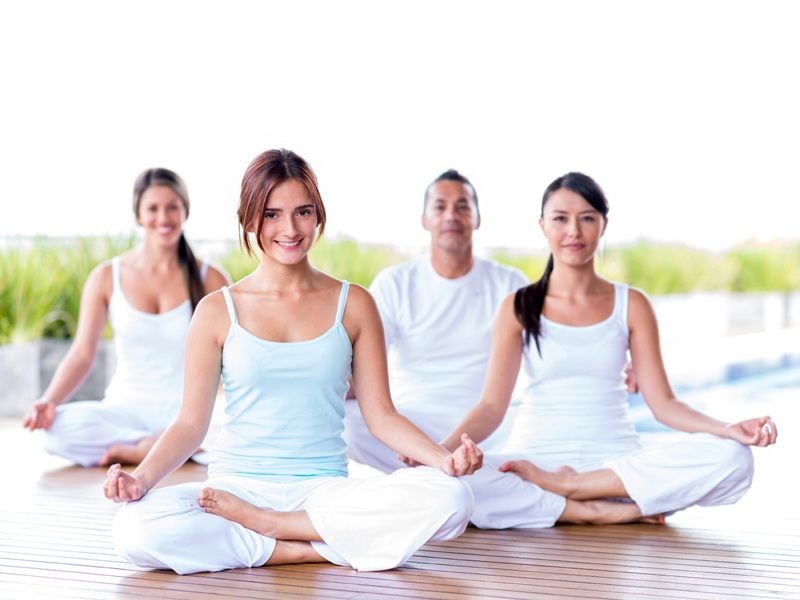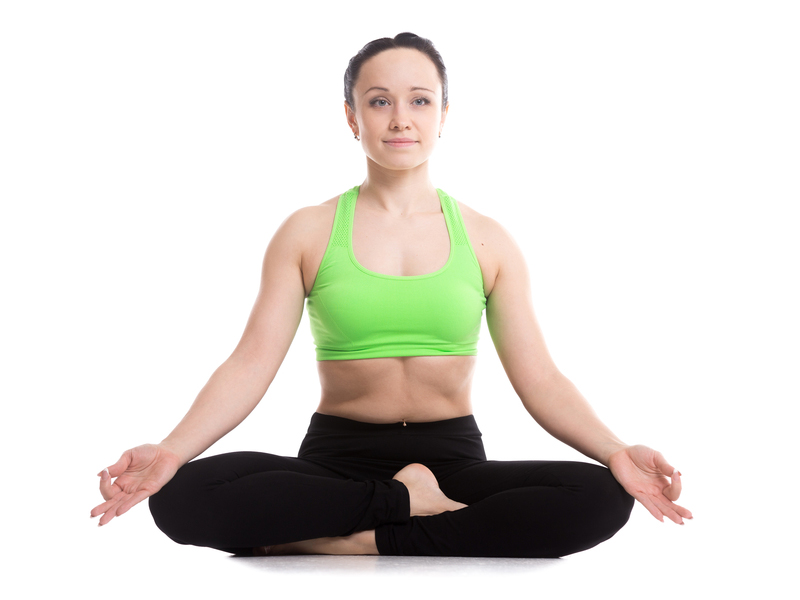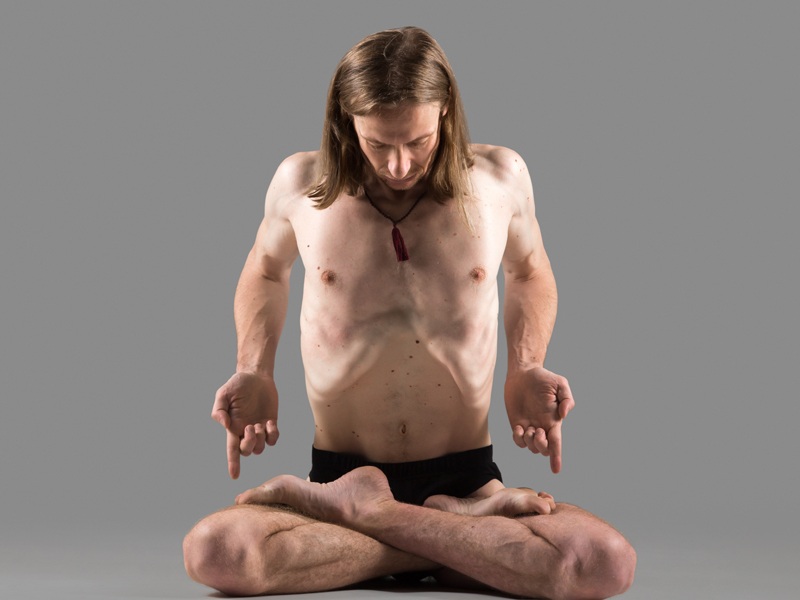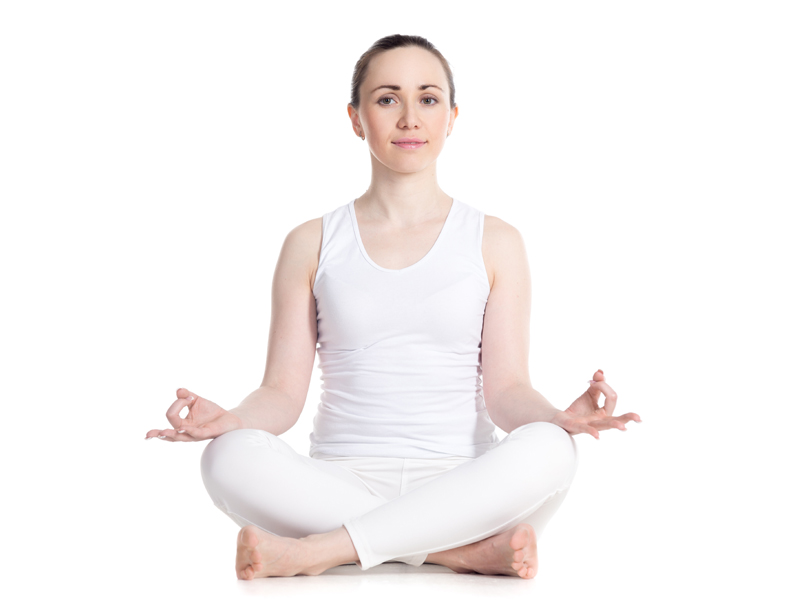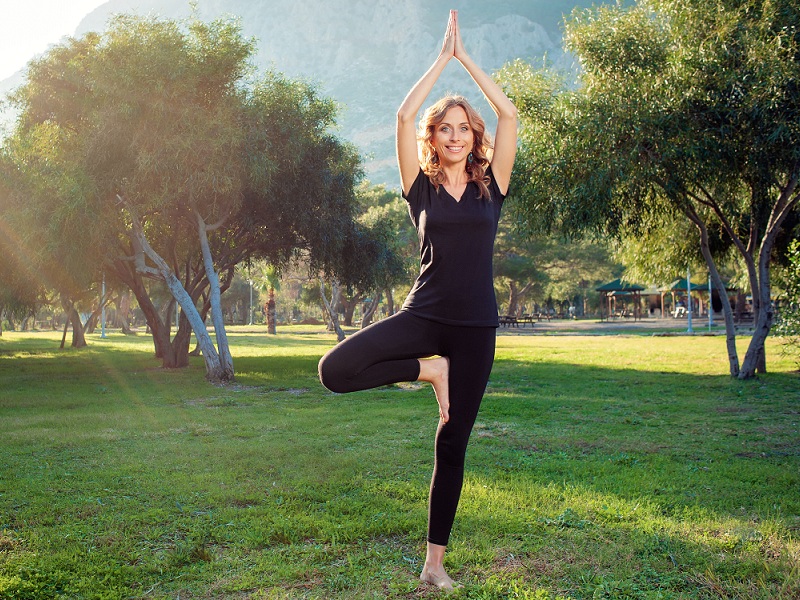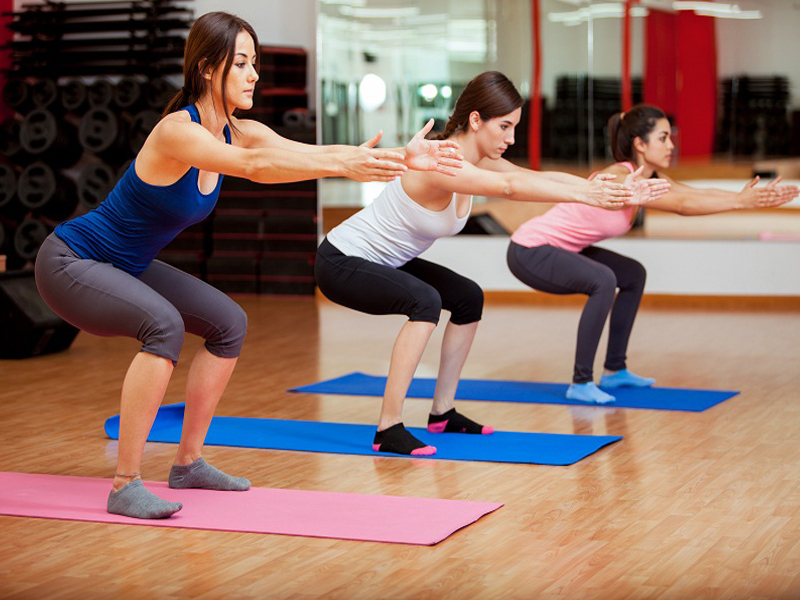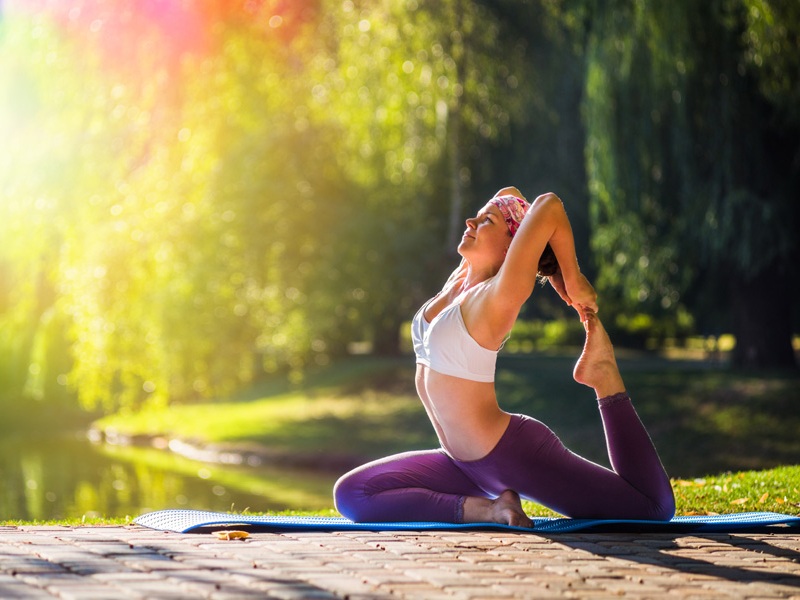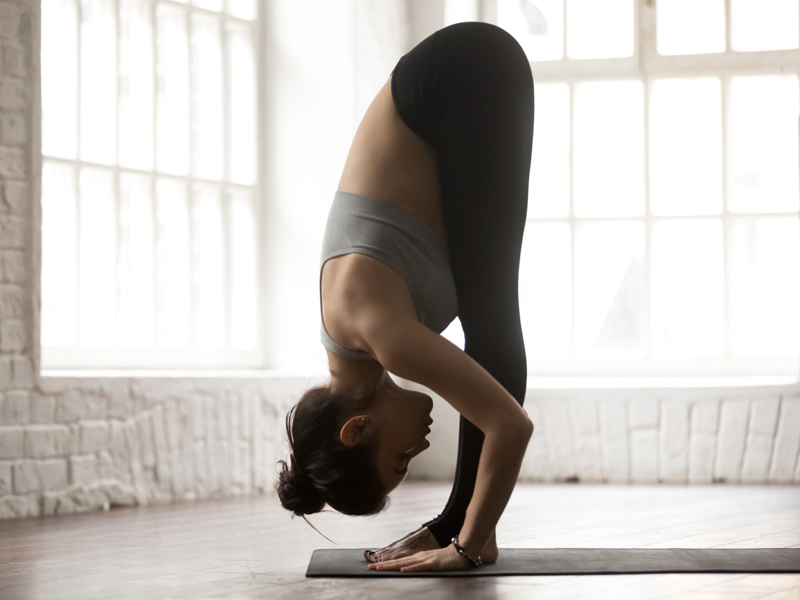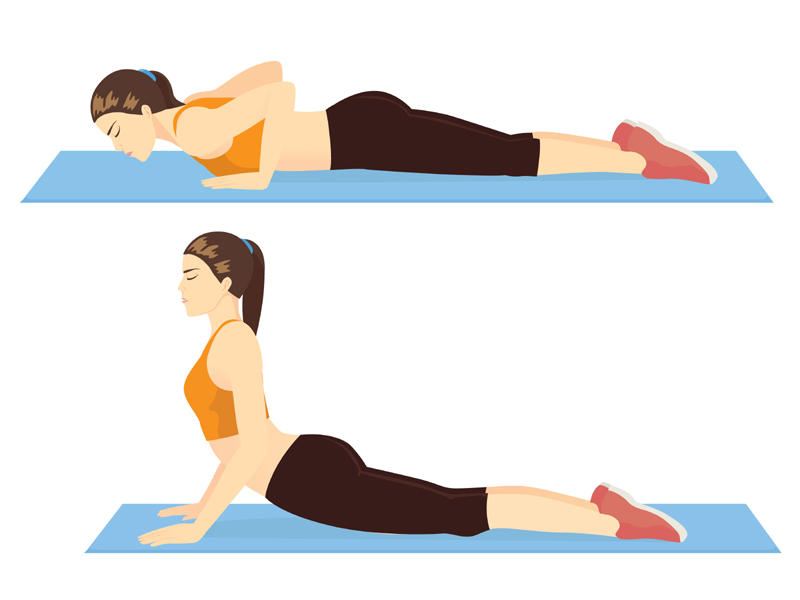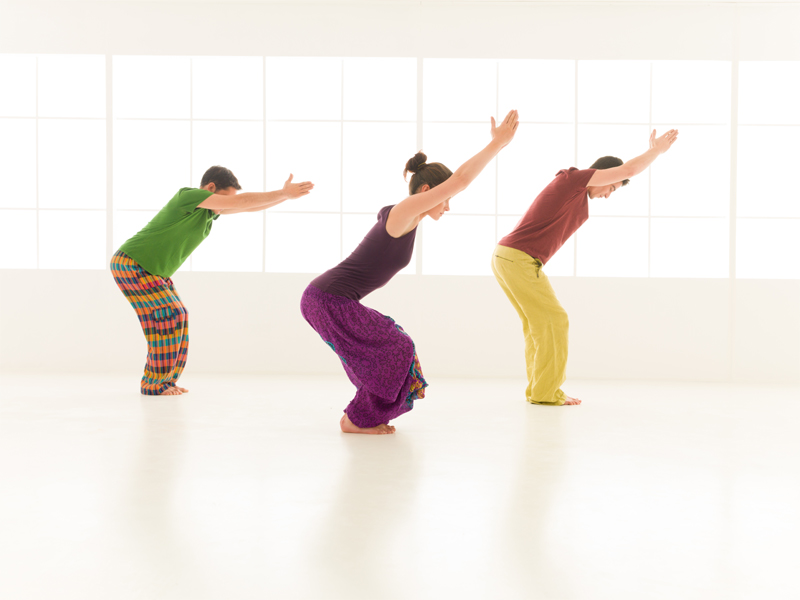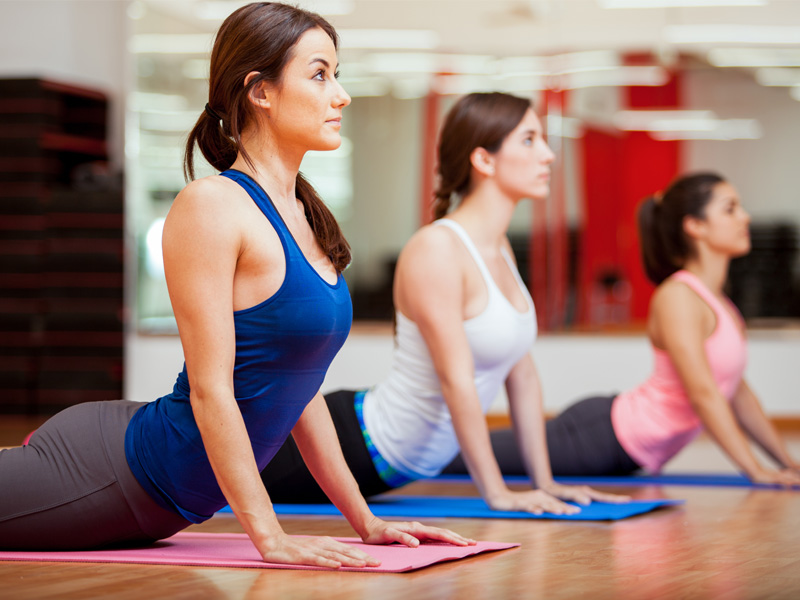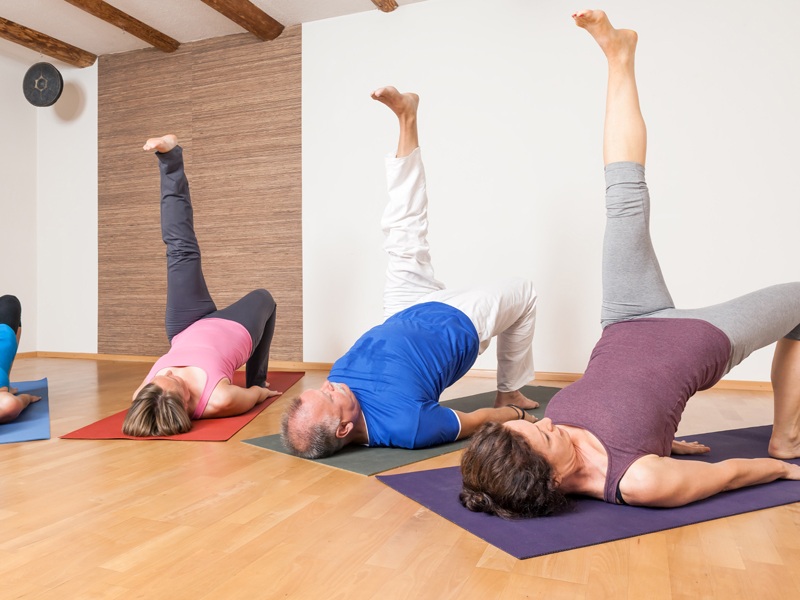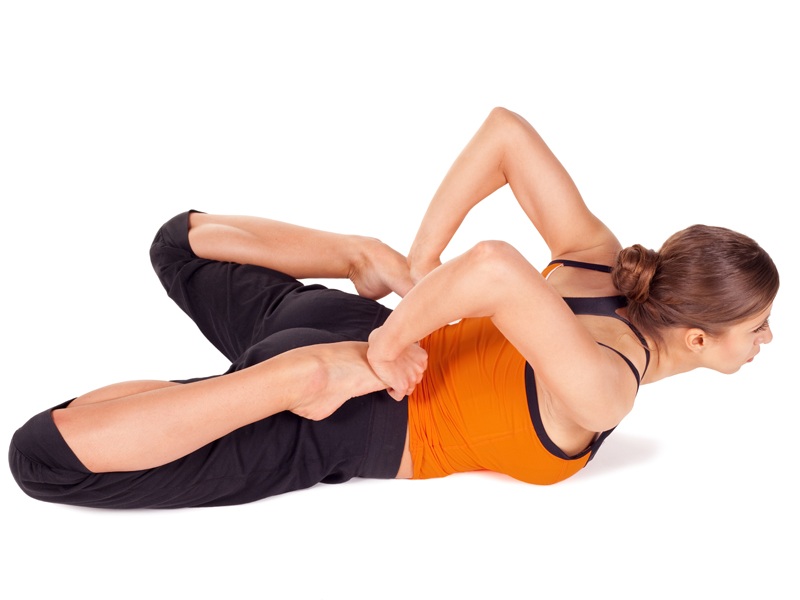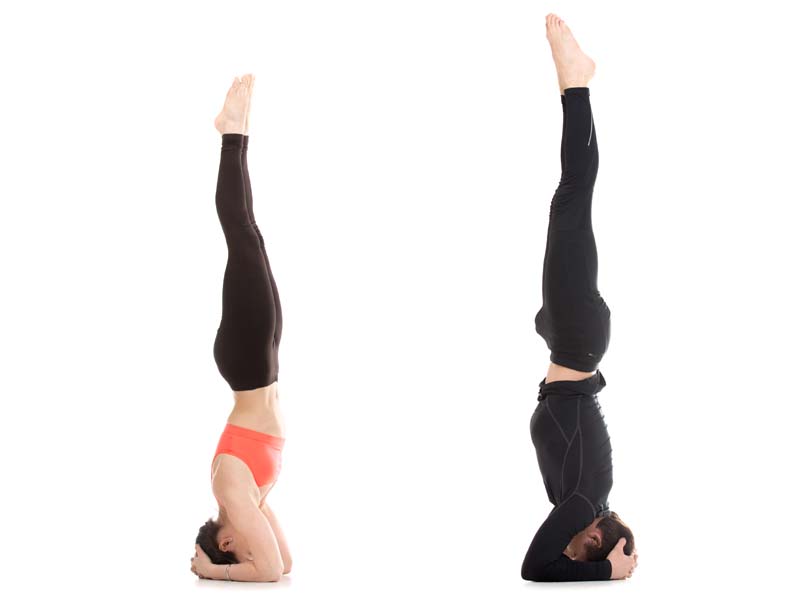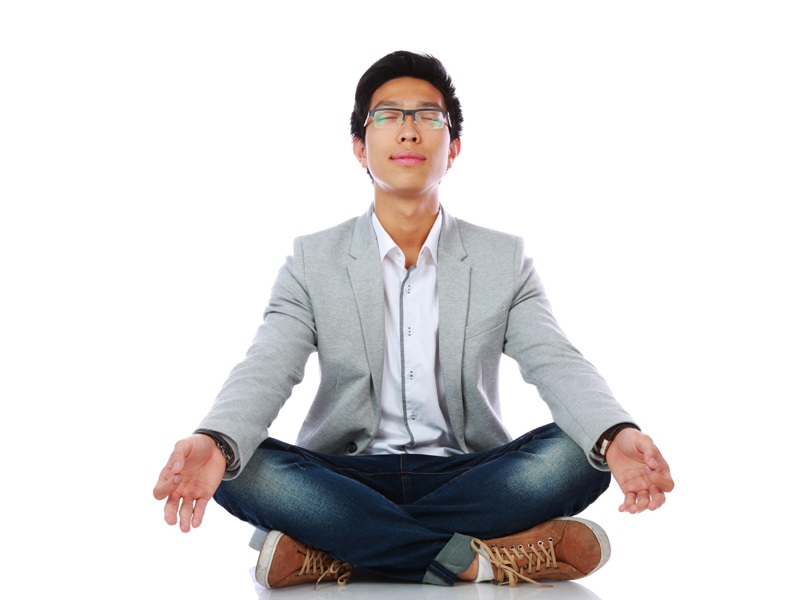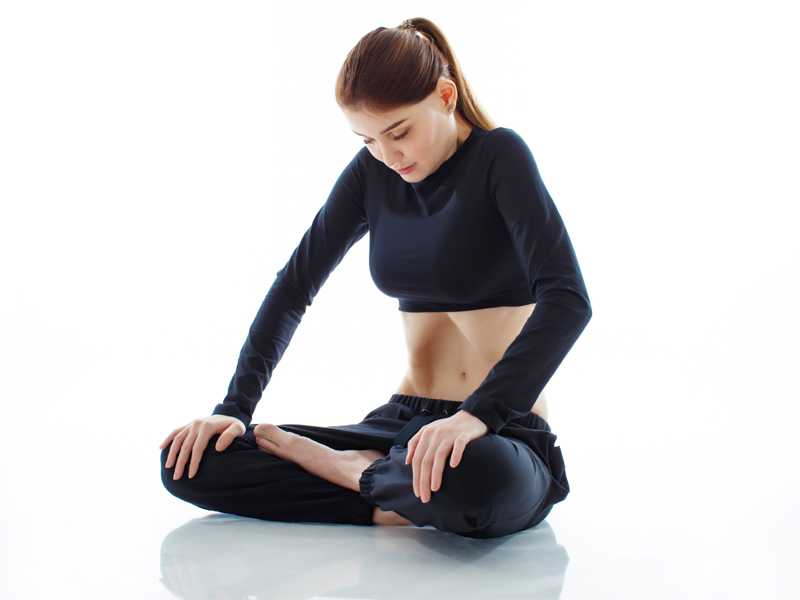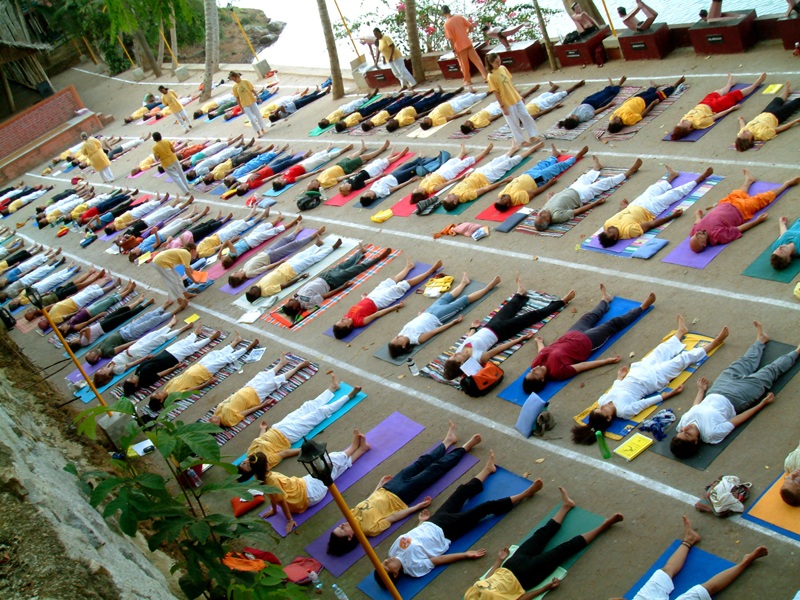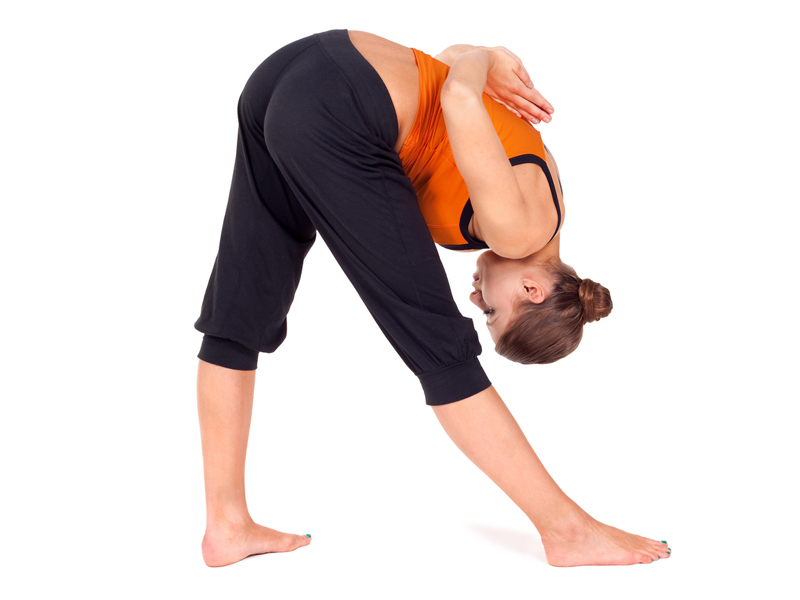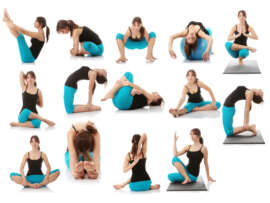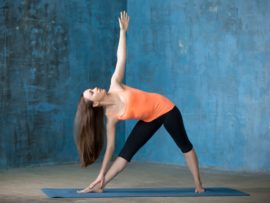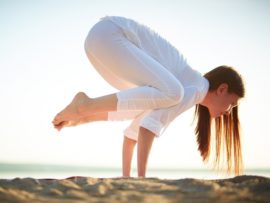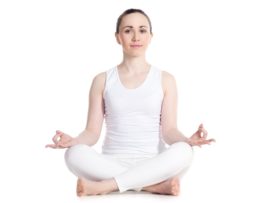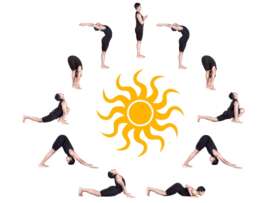The art of Yoga involves the body, mind and soul. While the physical postures or asanas of Yoga helps in stretching the body, Pranayama helps in controlling the breath and pratyahara aids in controlling the senses, gaining control of the mind is also a part of Yogic practise. This can be done through Dhyana. Dhyana helps in controlling our mind by interrupting the normal flow of thoughts. It ensures that the body is relaxed by silencing the mind and getting rid of multiple threads of emotions and thoughts.In this article, we shall explore some of the techniques involved in Dhyana Yoga meditation and its wonderful benefits.
What is Dhyana Yoga and How Did It Originate?
Literally speaking, the word Dhyana means meditation or concentrating or focussing entirely on one object or thought or mantra. It is the path to gaining the ultimate goal of Yoga, which is the state of Samadhi. Dhyana Yoga is derived from the Yoga sutras of Patanjali, in which Dhyana is defined as the practise of meditation, involving deep mental concentration.
Dhyana Yoga has 3 aspects, which are: Concentration, Yoga exercises and deep breathing.
Out of the 8 limbs of yoga, Dhyana Yoga is considered the most complex and tough to achieve because it involves silencing and controlling the mental flow of thoughts. In simple terms, our mind tends to be very fickle and keeps wandering from one thought to another, thinking about the events from past, present and future. We tend to be preoccupied with worries, anxieties, hope and aspirations. Dhyana Yoga is the practice of stabilising and grounding our mind to achieve deep focus and calm. Through dhyana yoga, one can learn how to release stress, negativity and focus on Positive aspects of life.
[Read: What Is Hot Yoga? Learn The Different Hot Yoga Poses]
Dhyana Yoga Meditation Techniques:
- To practice Dhyana yoga, you need to focus on some object like perhaps a Diya or an idol of god.
- You may also focus on some point on your forehead, usually between the eyebrows or listen to some mantra being recited or can also chant the mantra by himself.
- In each of the above-mentioned ways of focussing, the practitioner is indulging or using his senses like sight, hearing or reciting.
- It involves sitting and then closing one’s eyes and concentrating On Om or a godly figure between your eyebrows or in the very centre of your forehead.
- Try to hold the focus for atleast 15 minutes.
- Take and release deep breaths while doing so.
- It is important to position your hands in Dhyana mudra wherein your hands are placed in the lap.
- The right hand is placed on top the left hand with palms facing up.
- While the Dhyana deepens, one is also simultaneously practicing some Asana and Pranayama.
- Pranayama refers to deep breathing techniques. In a Yogic point of view, Pranayama brings more oxygen to the blood and brain.
How To Do Dhyana Yoga – Step By Step Process:
The asanas most commonly practiced With Dhyana Yoga are.
1. Padmasana Or Lotus Pose:
Padmasana or Lotus Pose is a sitting posture in cross-legged position. It is one of the basic poses of Yoga asana, which helps in calming down a chaotic mind and also getting rid of a lot of ailments in the body. This asana also helps in maintaining the stability of a body and mind.
How To Do:
- This is an easy asana that involves sitting straight and spreading the legs forward.
- Then, we place the right foot on the left thigh and the left foot on the right thigh.
- The hands are placed in Dhyana mudra.
- The back and head are to be kept erect.
- The eyes are to be closed.
Benefits:
- Can Silence a mind
- Helps improve concentration
- Stretches knee and thigh muscles
[Read: What are the Benefits of Kriya Yoga?]
2. Cobra Pose Or Bhujangasana:
Bhujangasana is also called the Cobra pose that involves bending the back. It is derived from the Sanskrit words “Bhujanga” which means Snake. In this asana, one maintains the body in a posture that resembles a hooded cobra. Check out the wonderful benefits of this asana to help in calming down a mind.
How To Do:
- Lie down on your stomach
- Place your palms firmly on the floor
- Slowly inhale and raise your upper part of the body
- Maintain the posture for 5 seconds
- Slowly exhale and get your body back to the original position
Benefits:
- Bhujangasana helps in awakening the Kundalini and removing toxic thoughts.
- This asana helps in strengthening the chest, upper back and the shoulder muscles.
- This posture will helps in improving blood circulation and relieving respiratory disorders.
3. Forward Bend Pose Or Paschimottanasana:
Paschimottasana is a forward bend posture and is also called Intense Dorsal Stretch. This is derived from the Sanskrit words “Paschima” which means “West” or “back” of the body. This asana helps in stretching the muscles of hamstrings and various tissues, than can aid in relaxing the mind.
How To Do:
- This relaxes the back, shoulder and legs.
- To practice this asana, get seated on yoga mat on a firm surface and spread your legs straight in front of you.
- Now fold your right knee, the heel of the right foot is placed touching the left, upper, inner thigh.
- Bend forwards and downwards and try to touch your left foot with your forehead.
- Hold on for 5 minutes.
Benefits:
- This asana also helps with mental concentration.
- It stretches the muscles in knees and lower back.
[Read: How to Practice Kundalini Meditation]
Benefits Of Dhyana Yoga:
There are a lot of benefits that Dhyana Yoga imparts to the practitioner. To mention a Few of them :
- It helps in achieving muscular flexibility and strength.
- It boosts the energy levels in the body. So, it gives you an instant dose of zeal if you are feeling low.
- It recharges and refreshes your brain.
- Most importantly you feel closer to god.
Precautionary Measures and Contraindications:
Following these precautions can help you attain maximum benefits of Dhyana Yoga asanas:
- Never perform these asanas either on empty stomach or on full stomach
- Always eat before 2 hours before you perform asanas.
- One should get good sleep before attempting Dhyana Yoga to avoid fatigue
- Your environment should be cut off from all sorts of disturbances
We hope this article helped you understand the wonderful benefits of Dhyana Yoga. One must note that the ultimate point of Bliss is difficult to achieve and needs years of hard work and practise. Thoughts are like useless applications on out smart phones, which drain the battery and do very little to help us. Shutting down these applications for at least a short while, can help in removing stress and promoting good mental and physical health. Do not deter if you can’t achieve it in first attempt. Remember, only practise can make you perfect!


